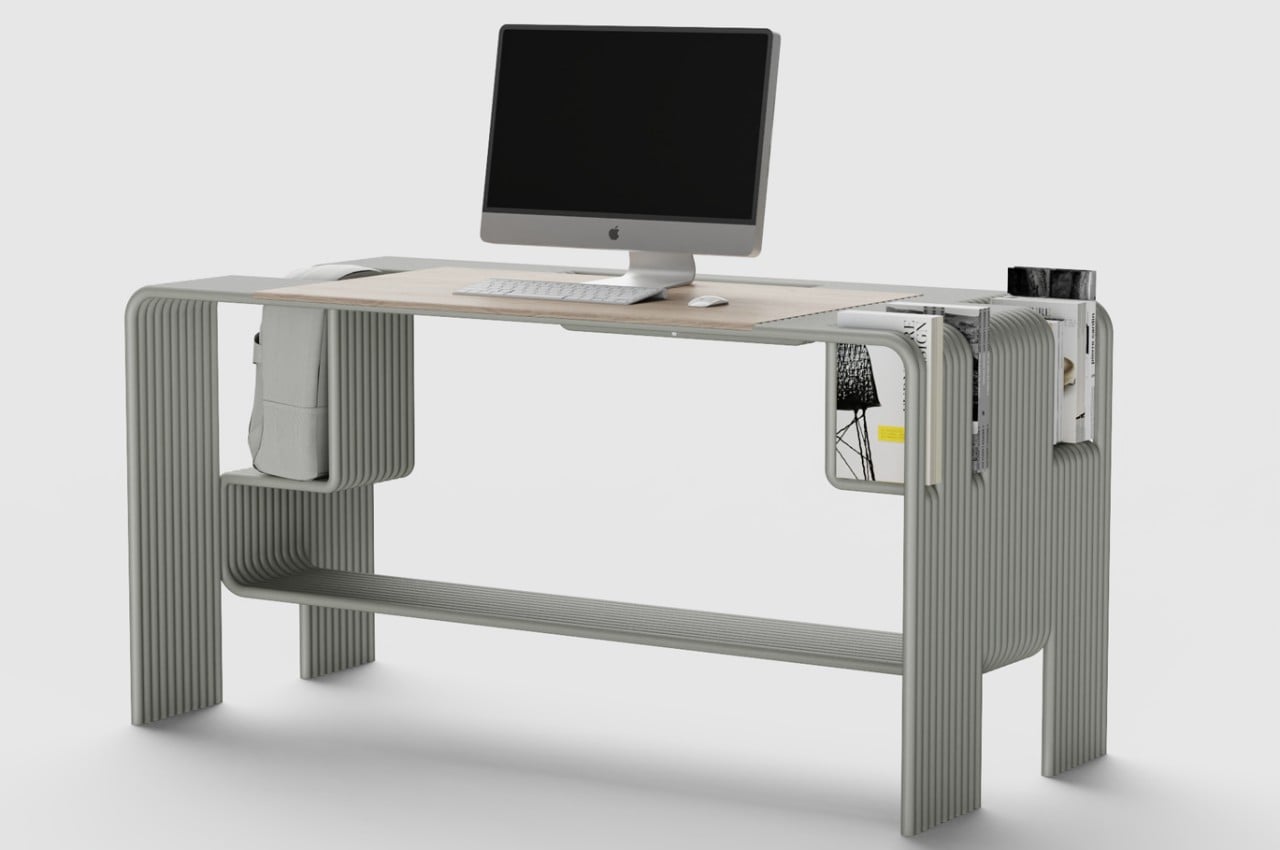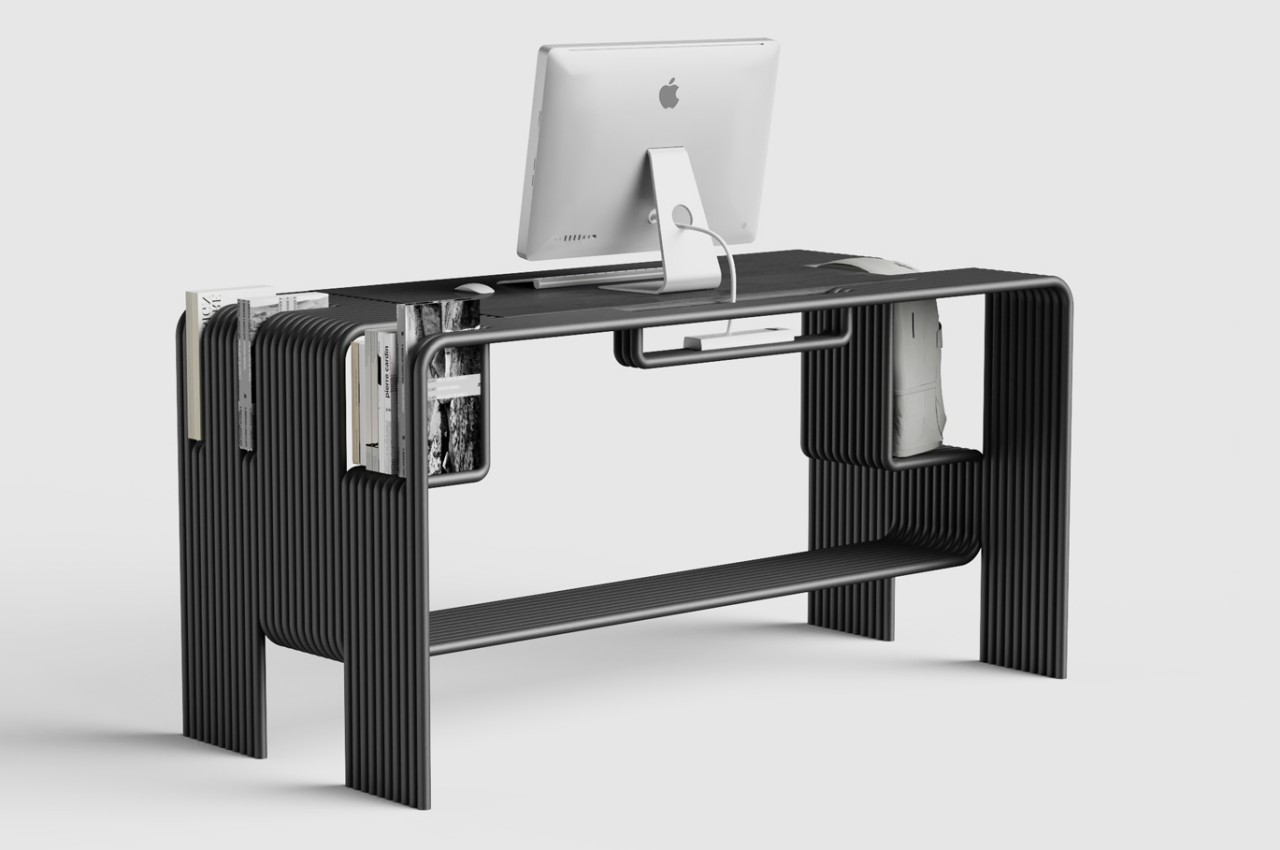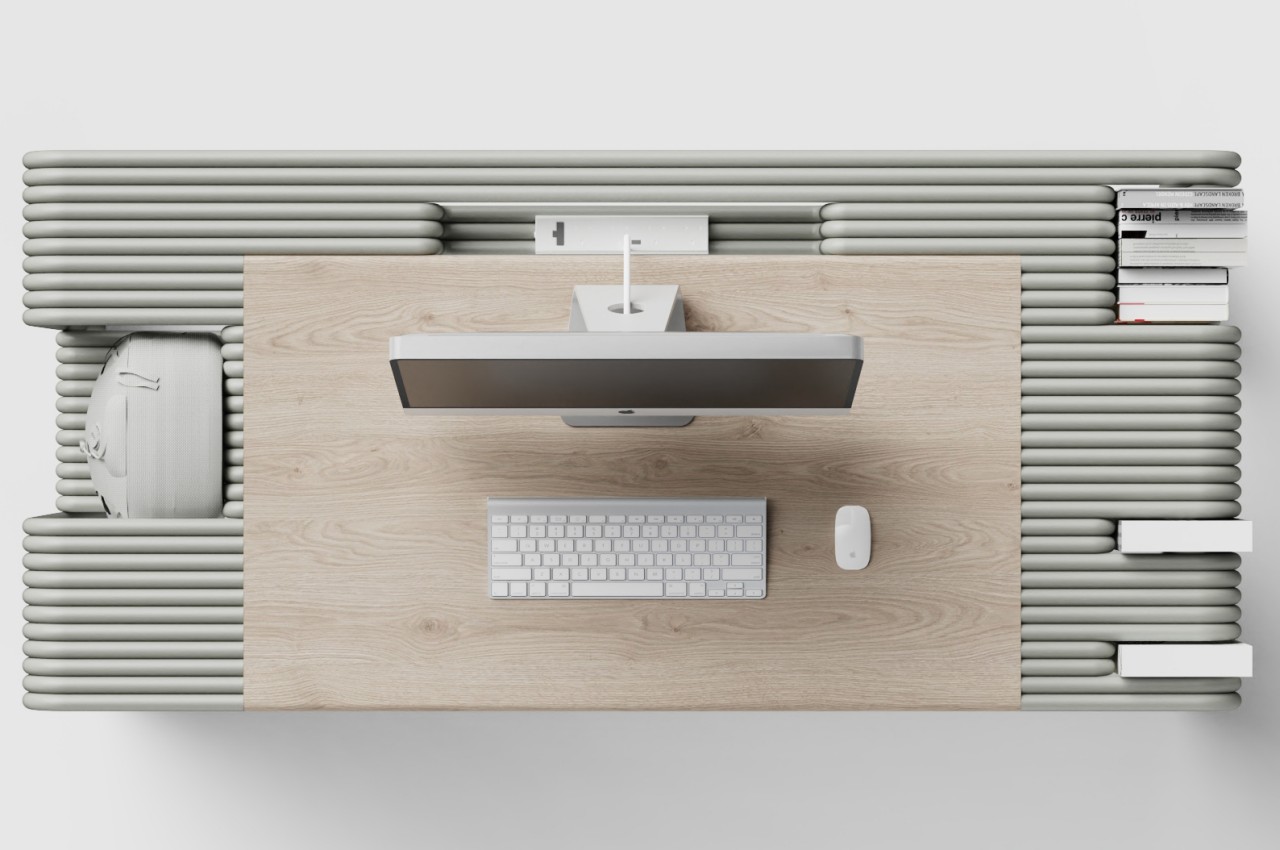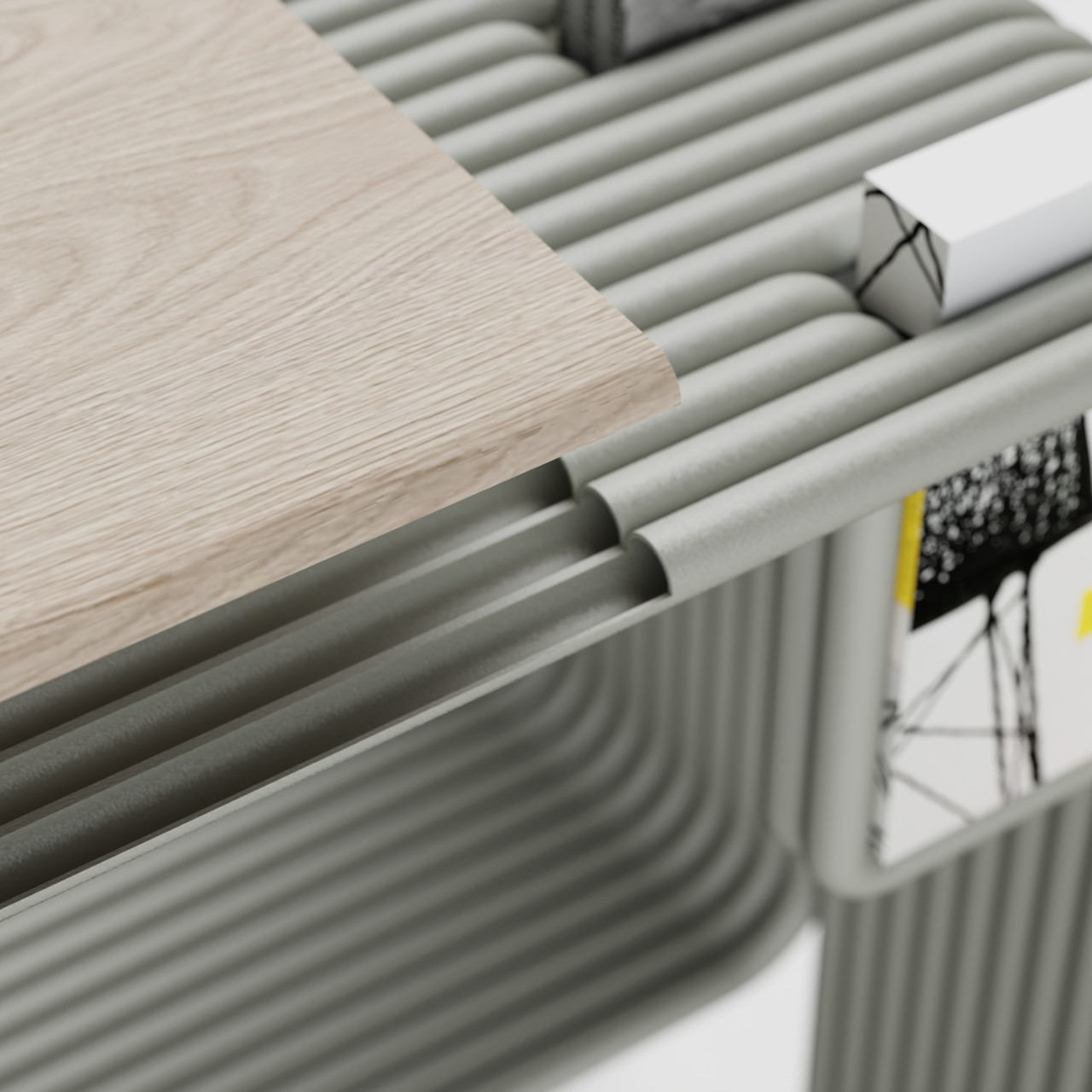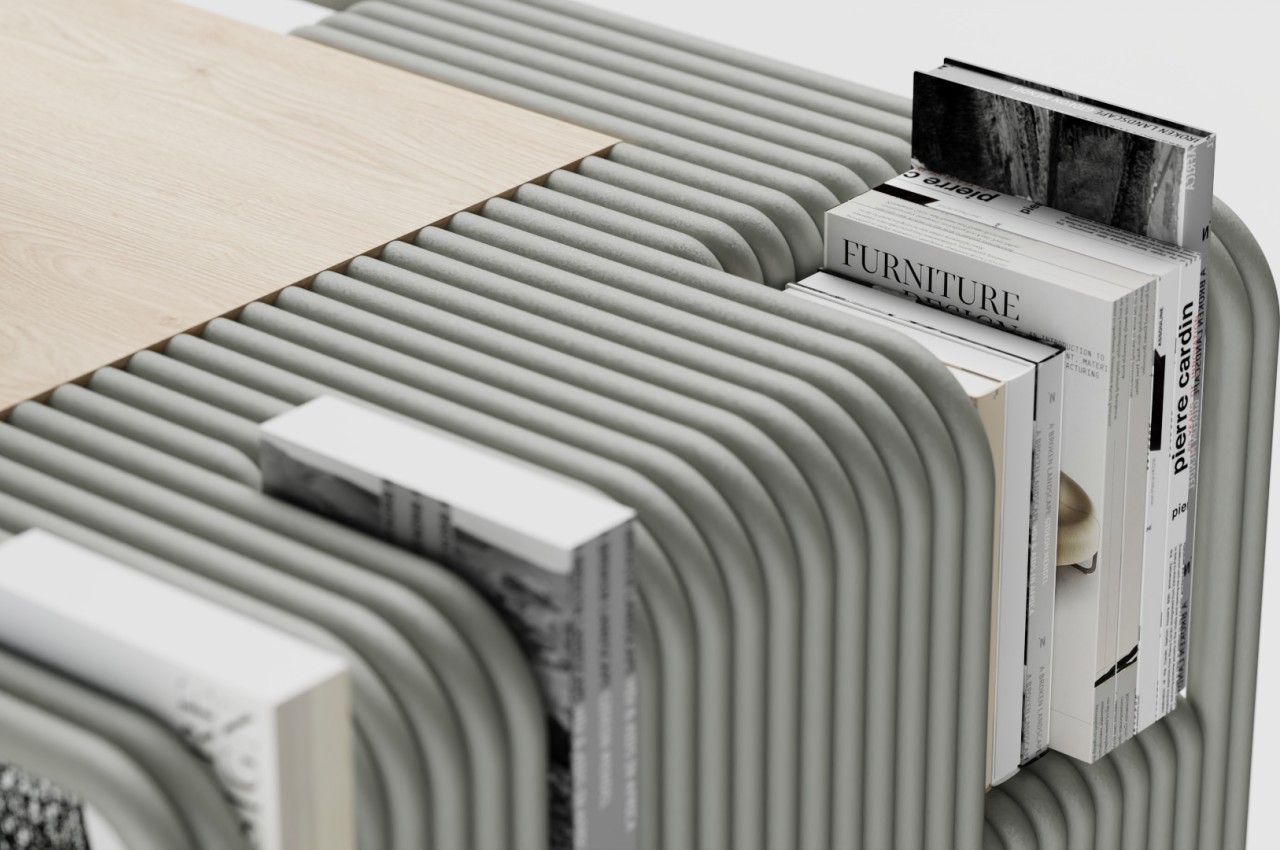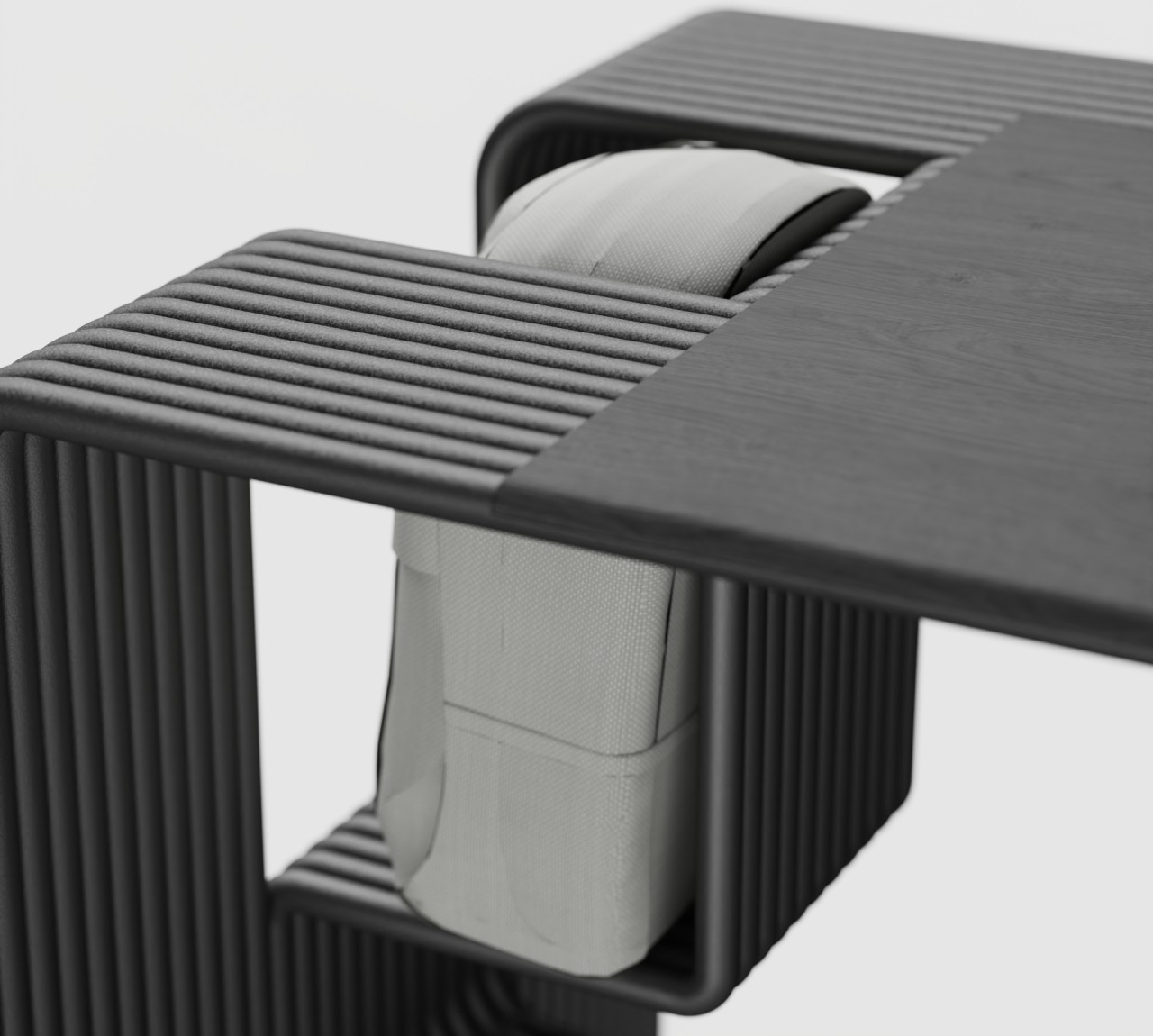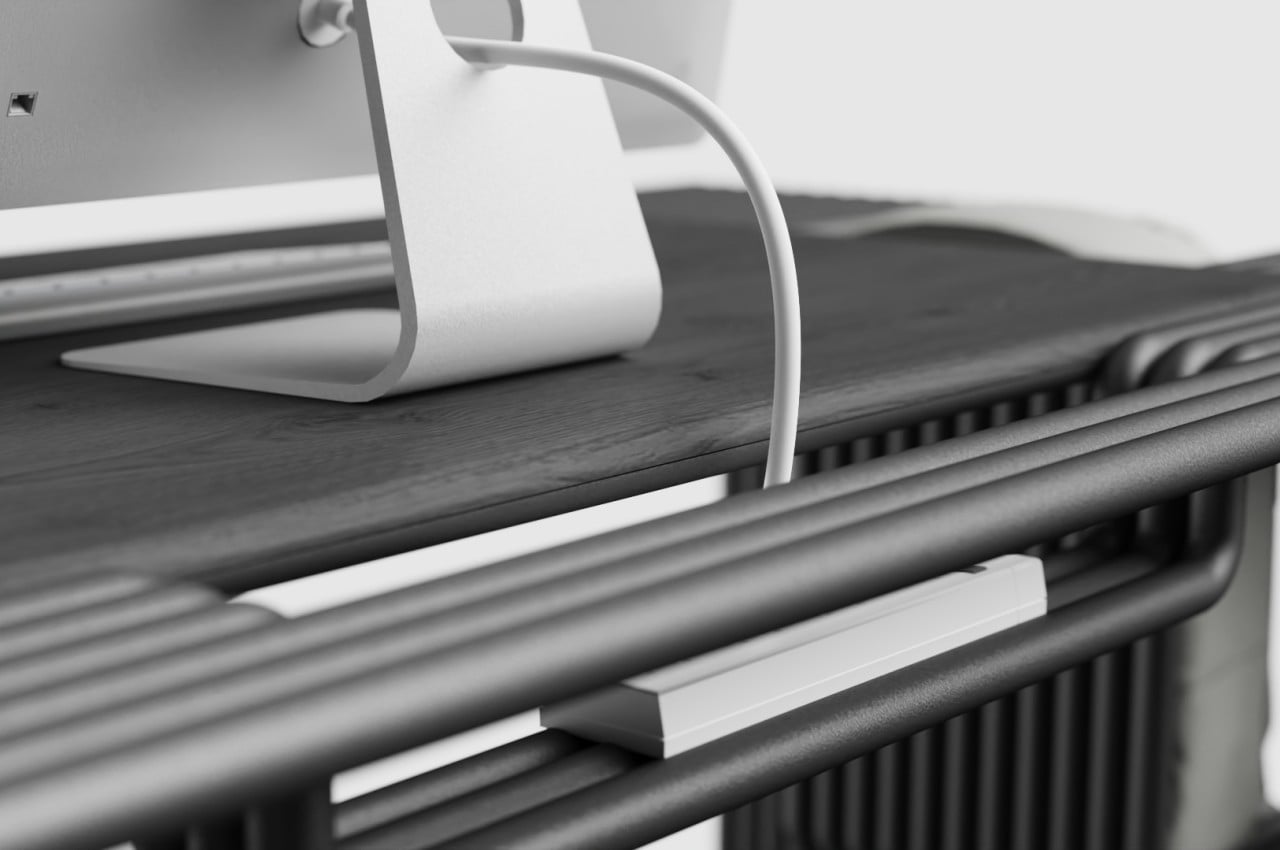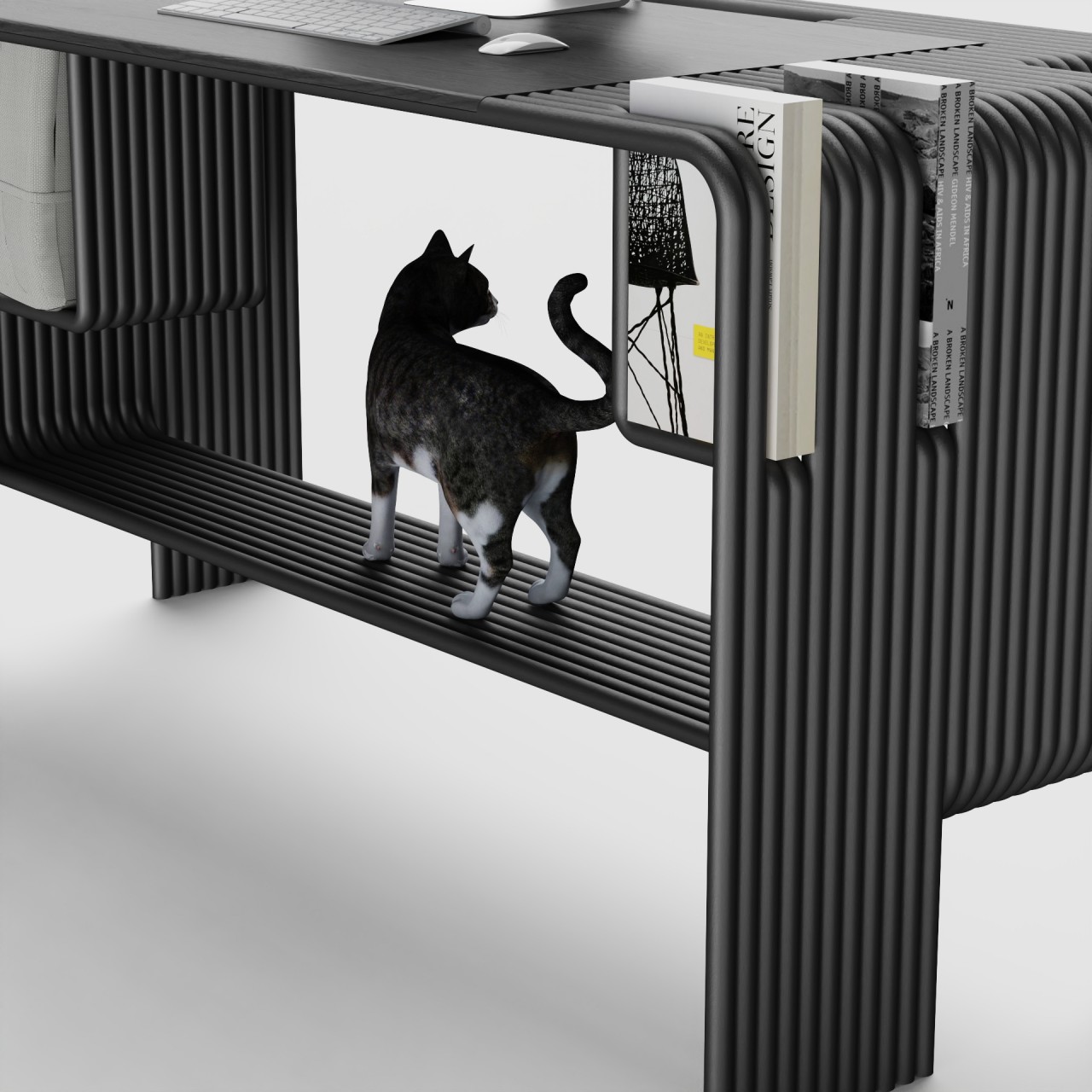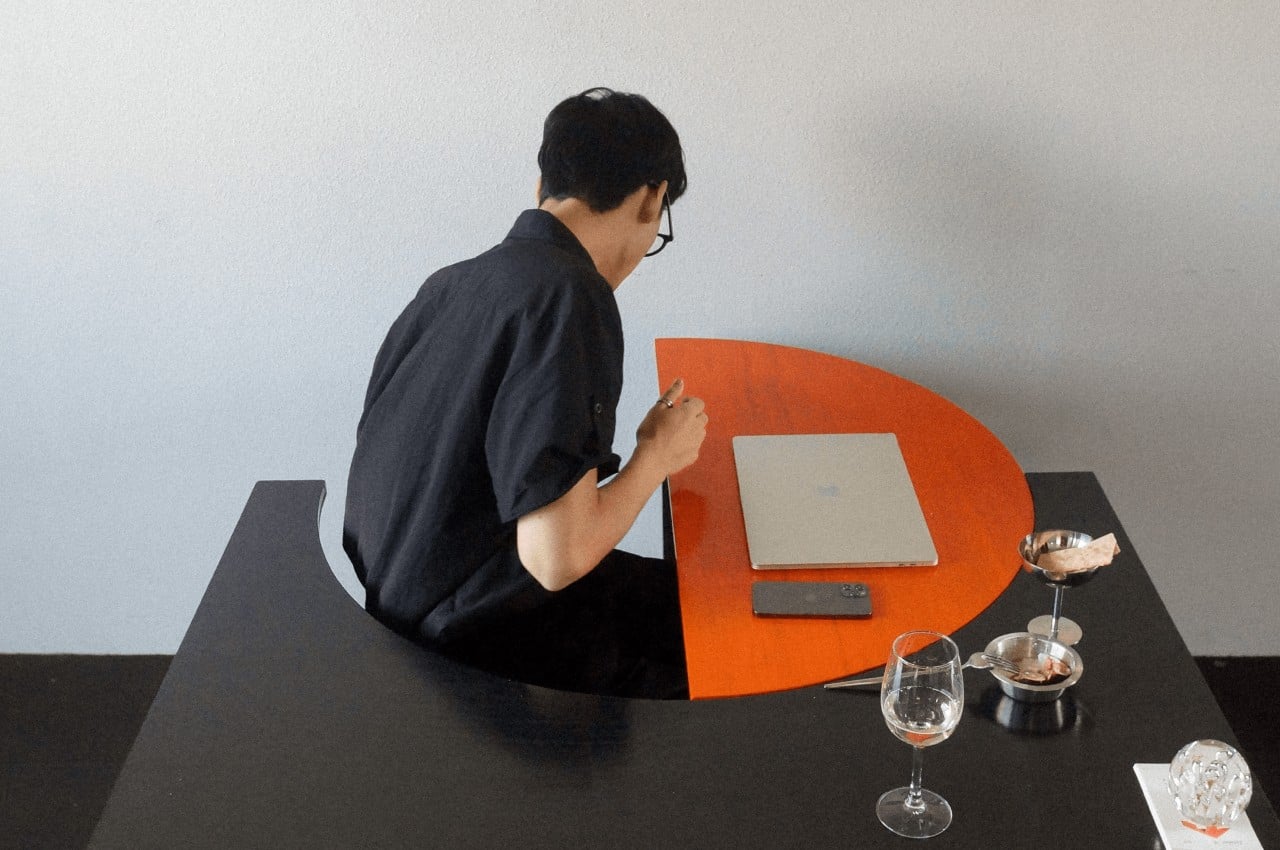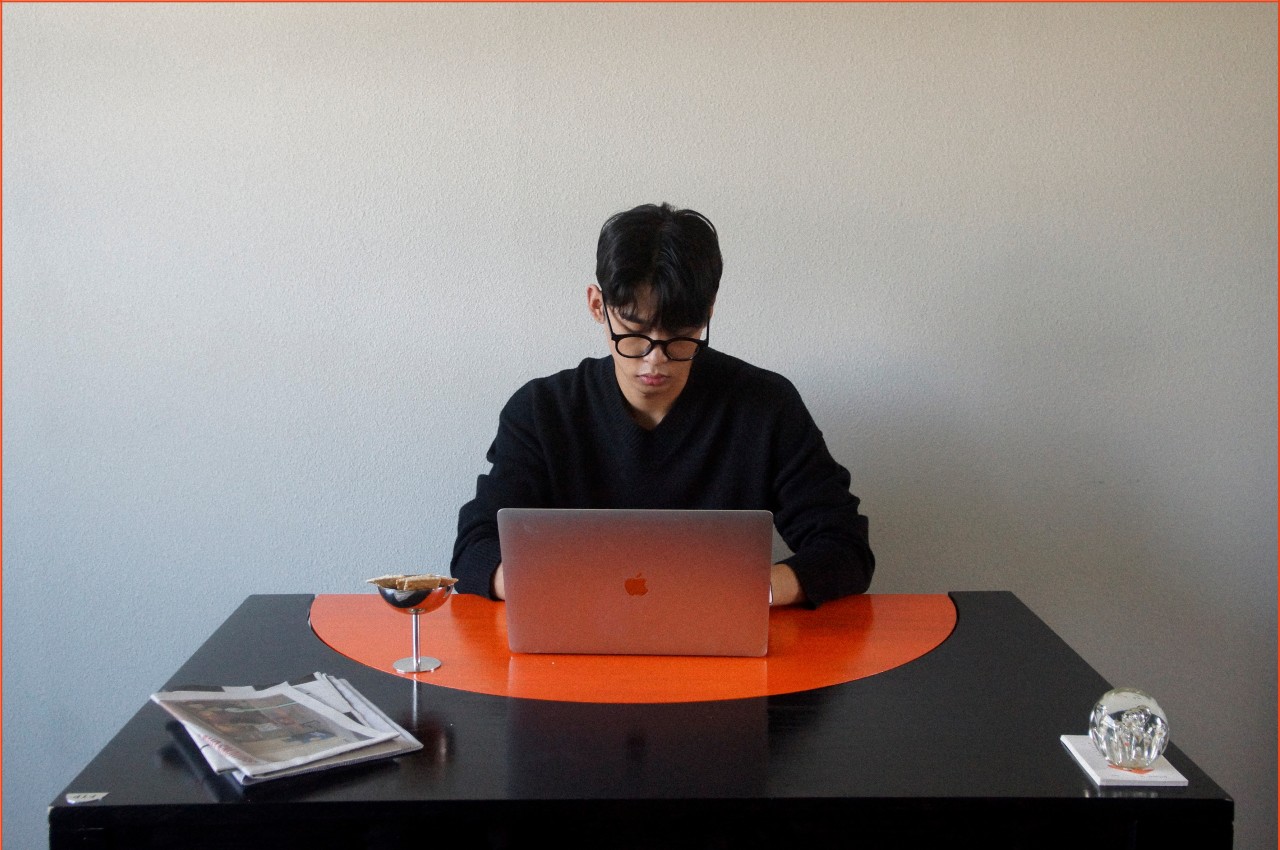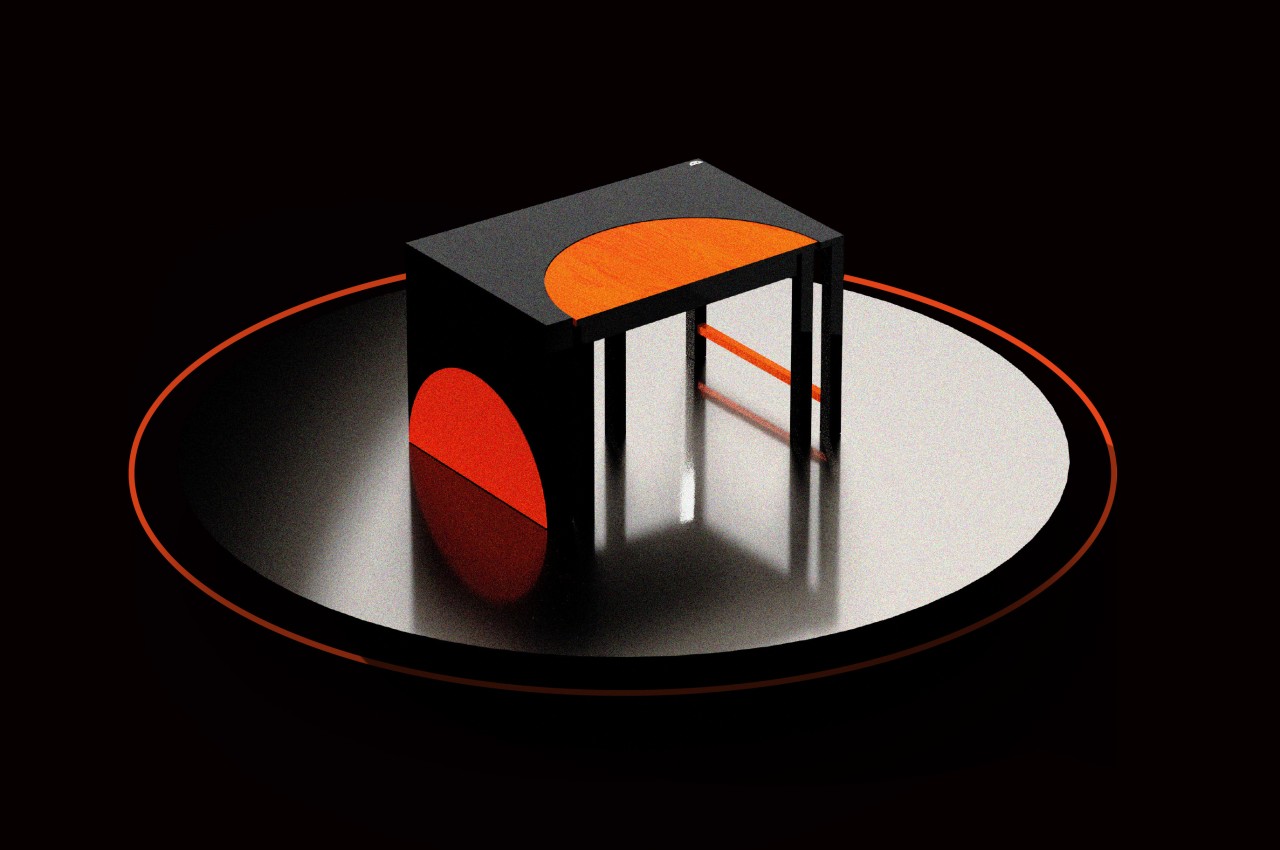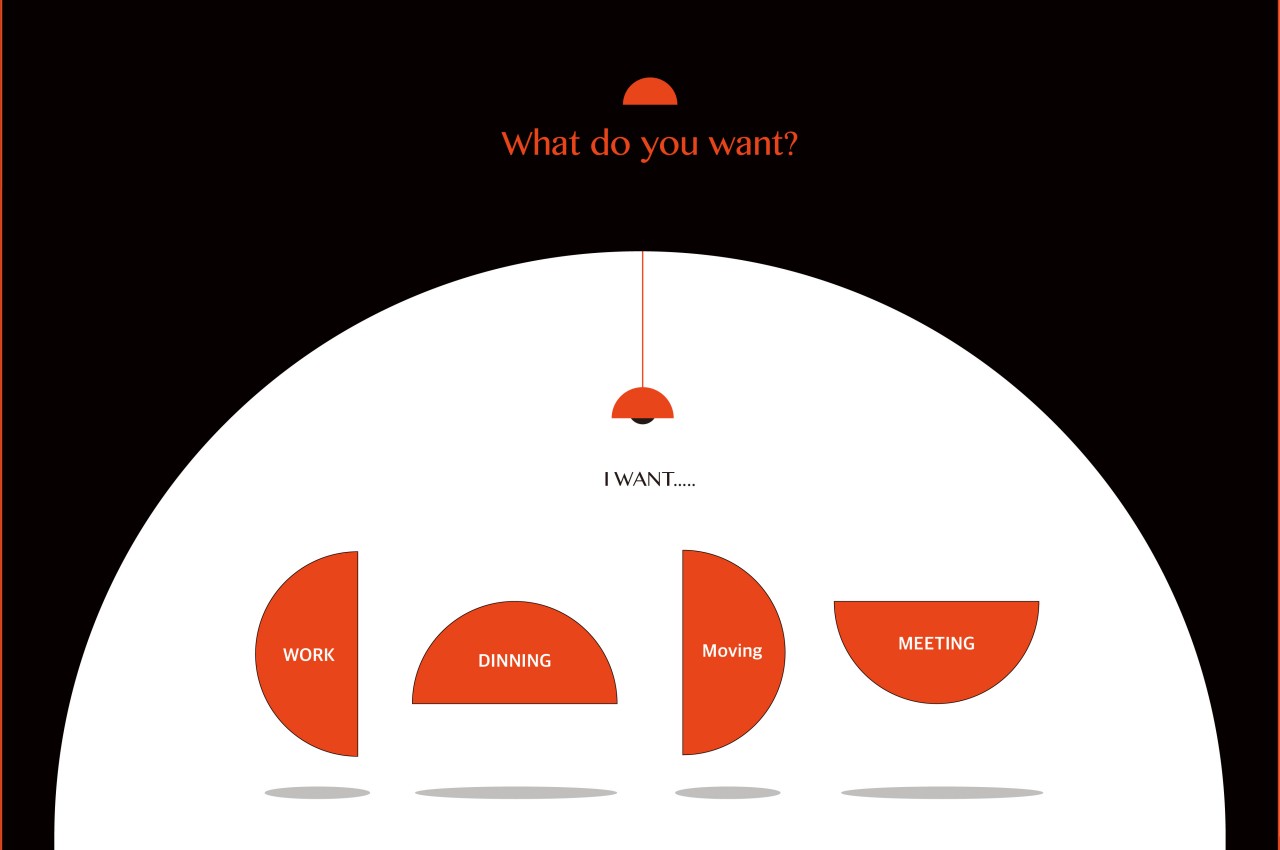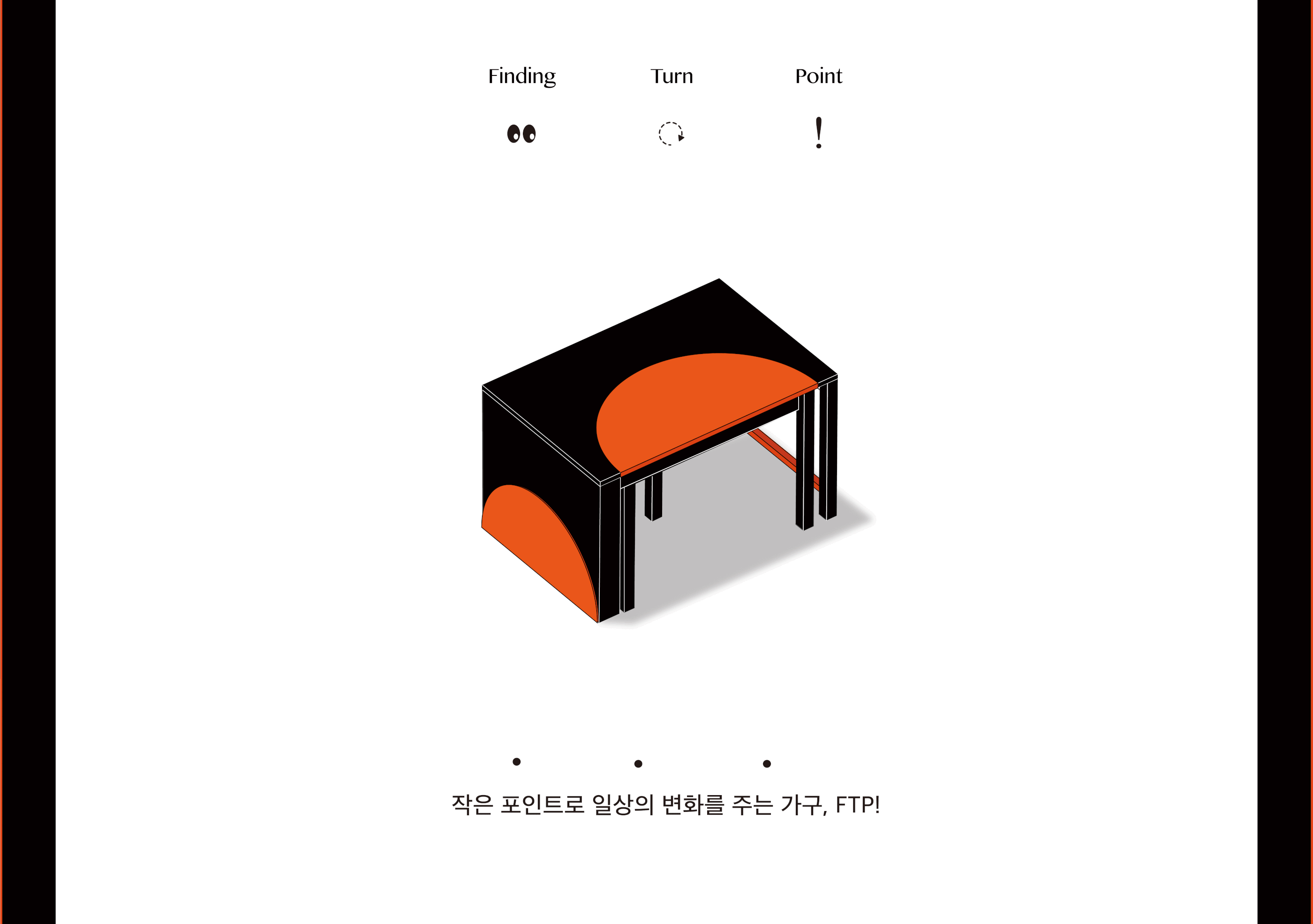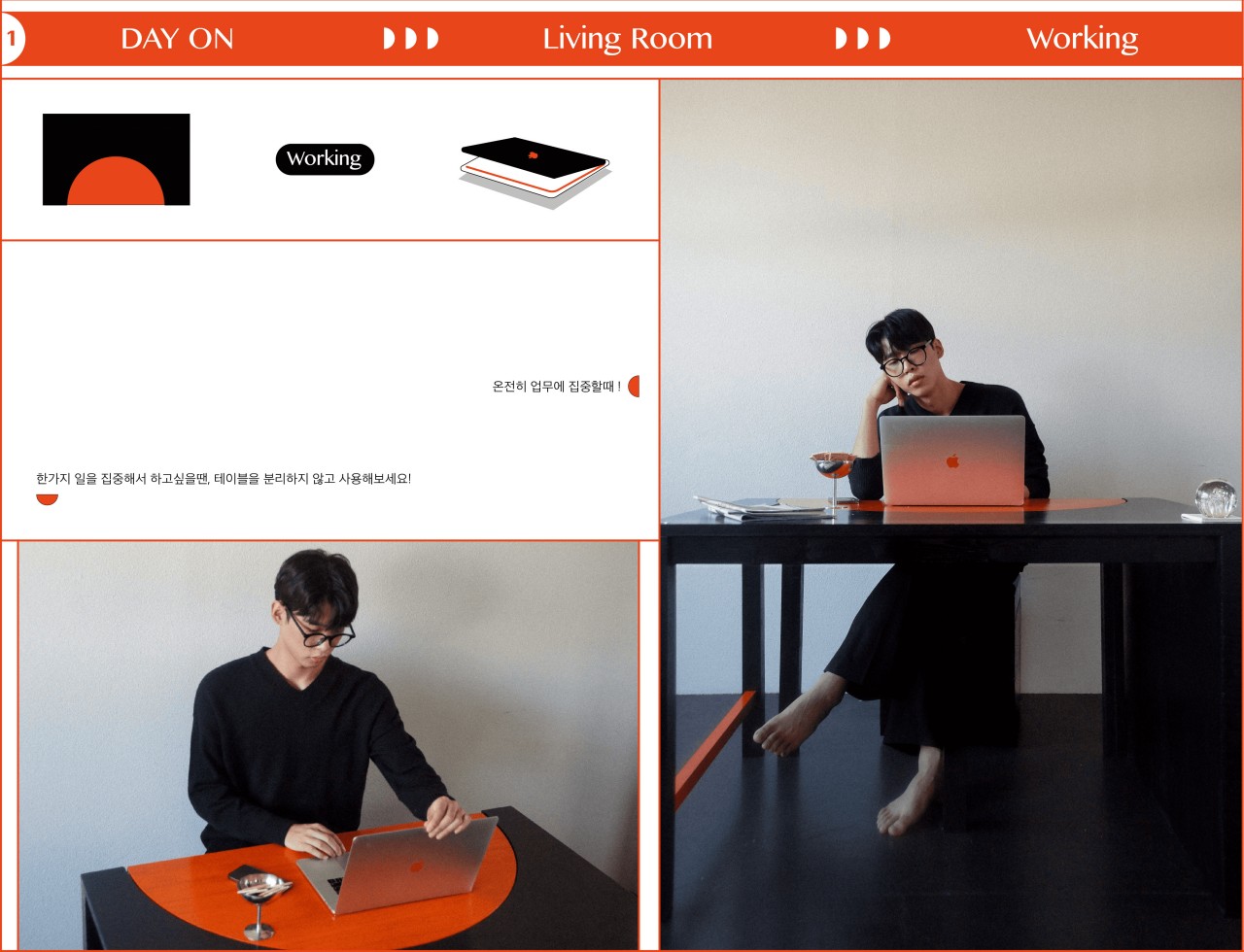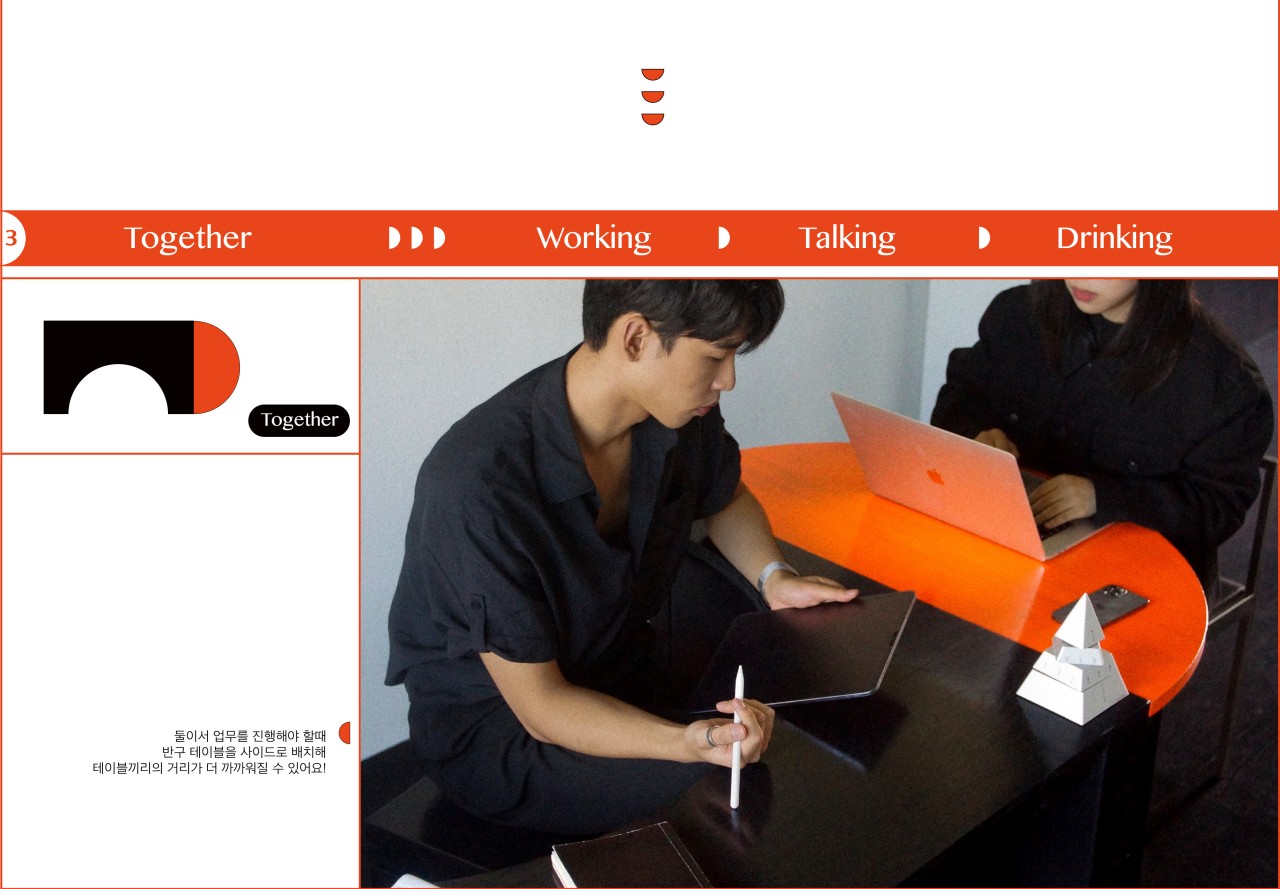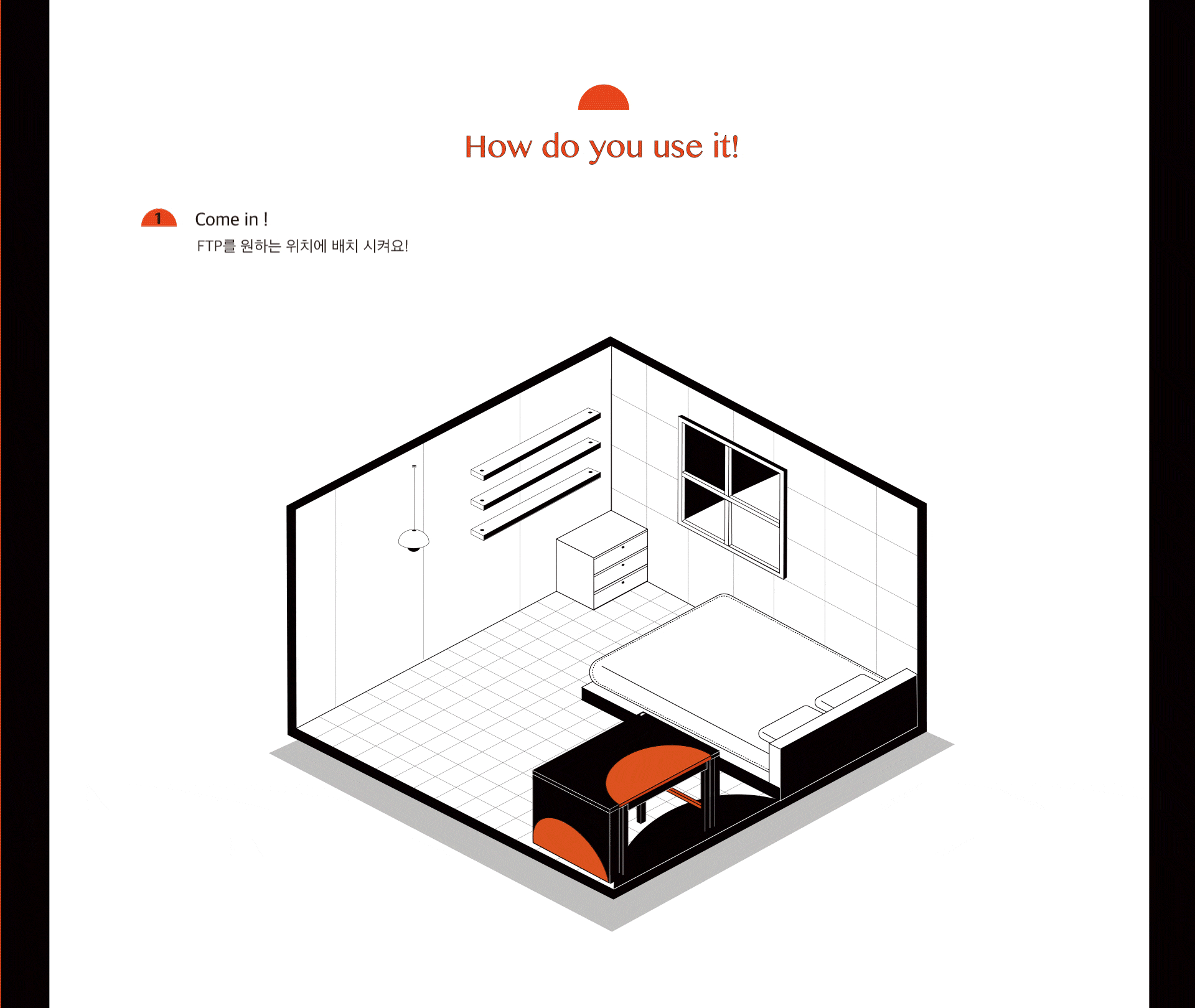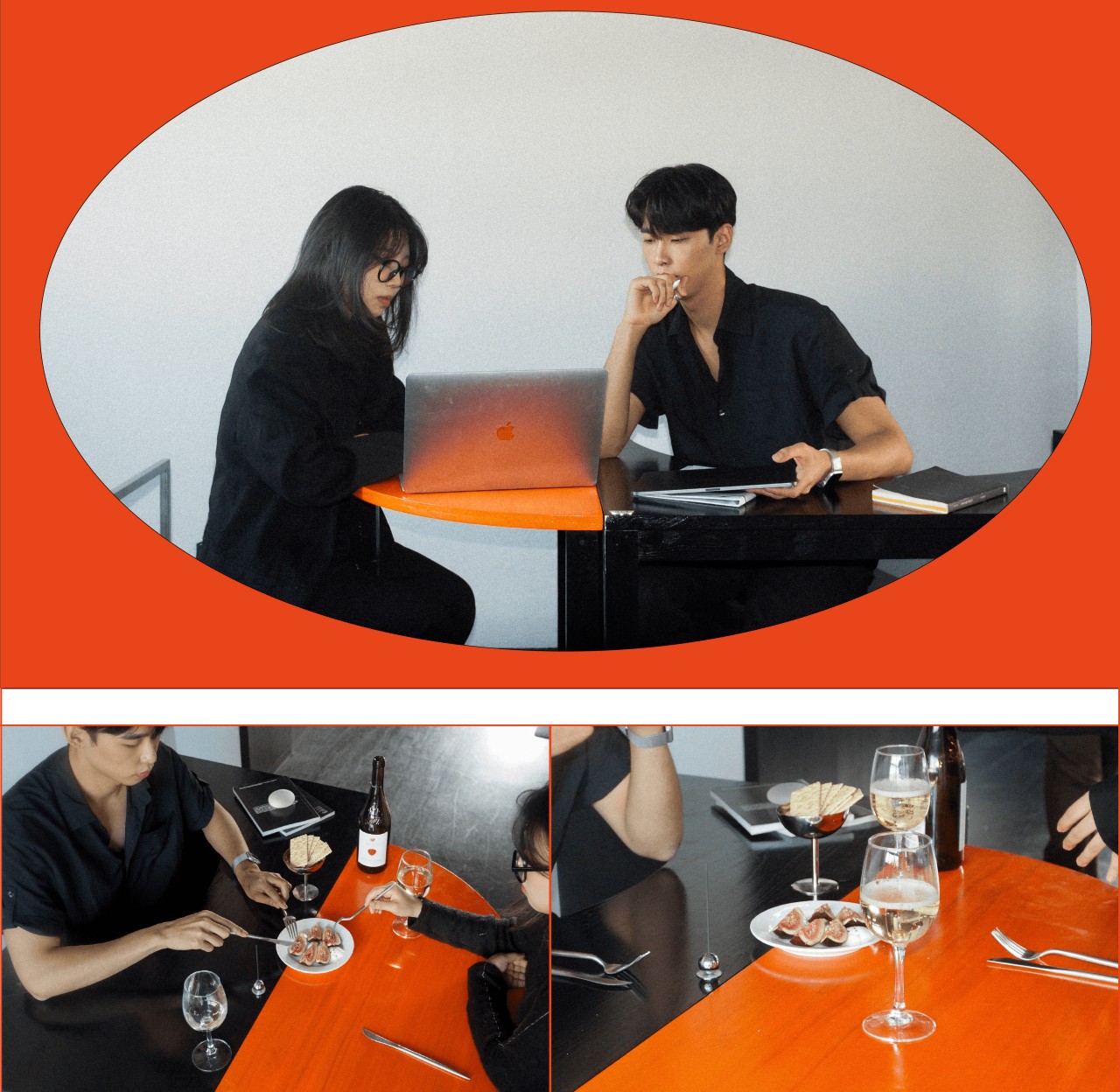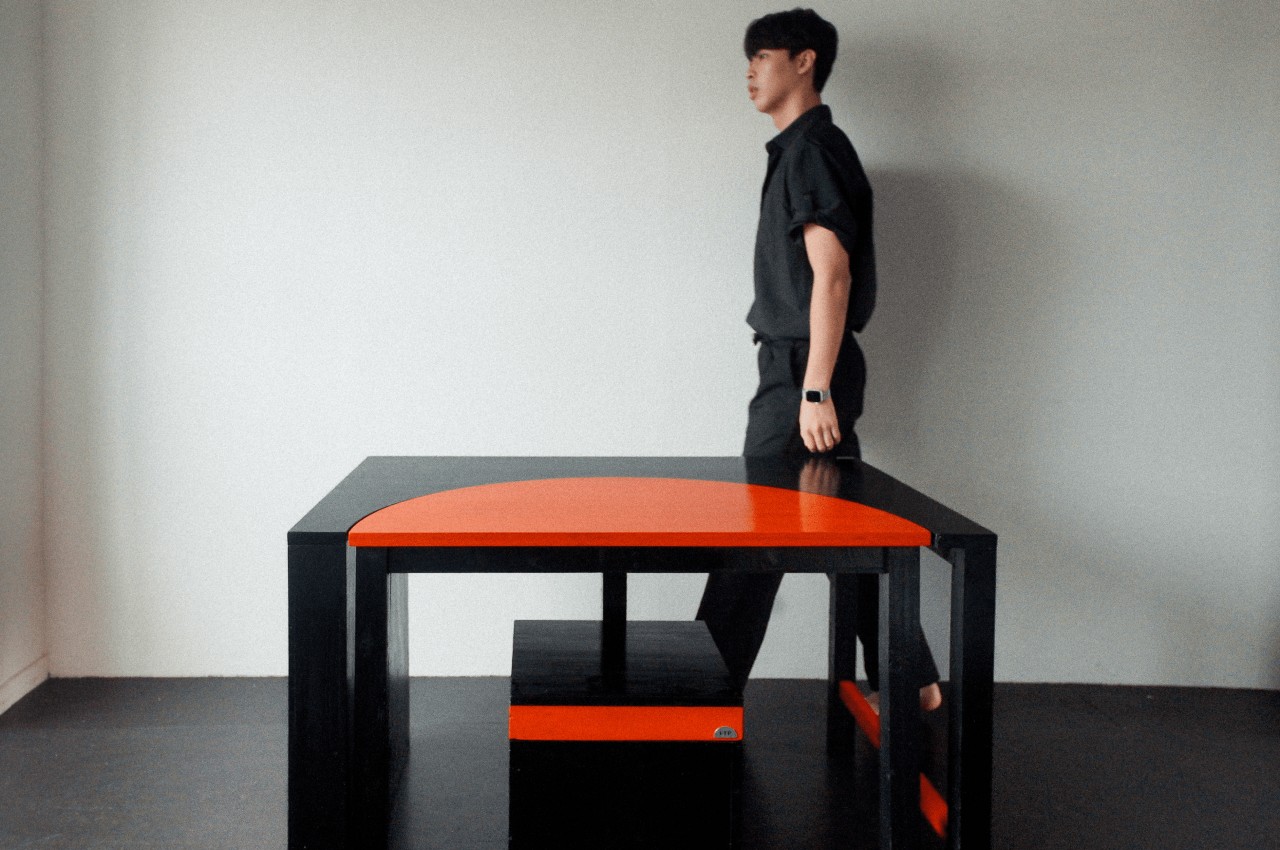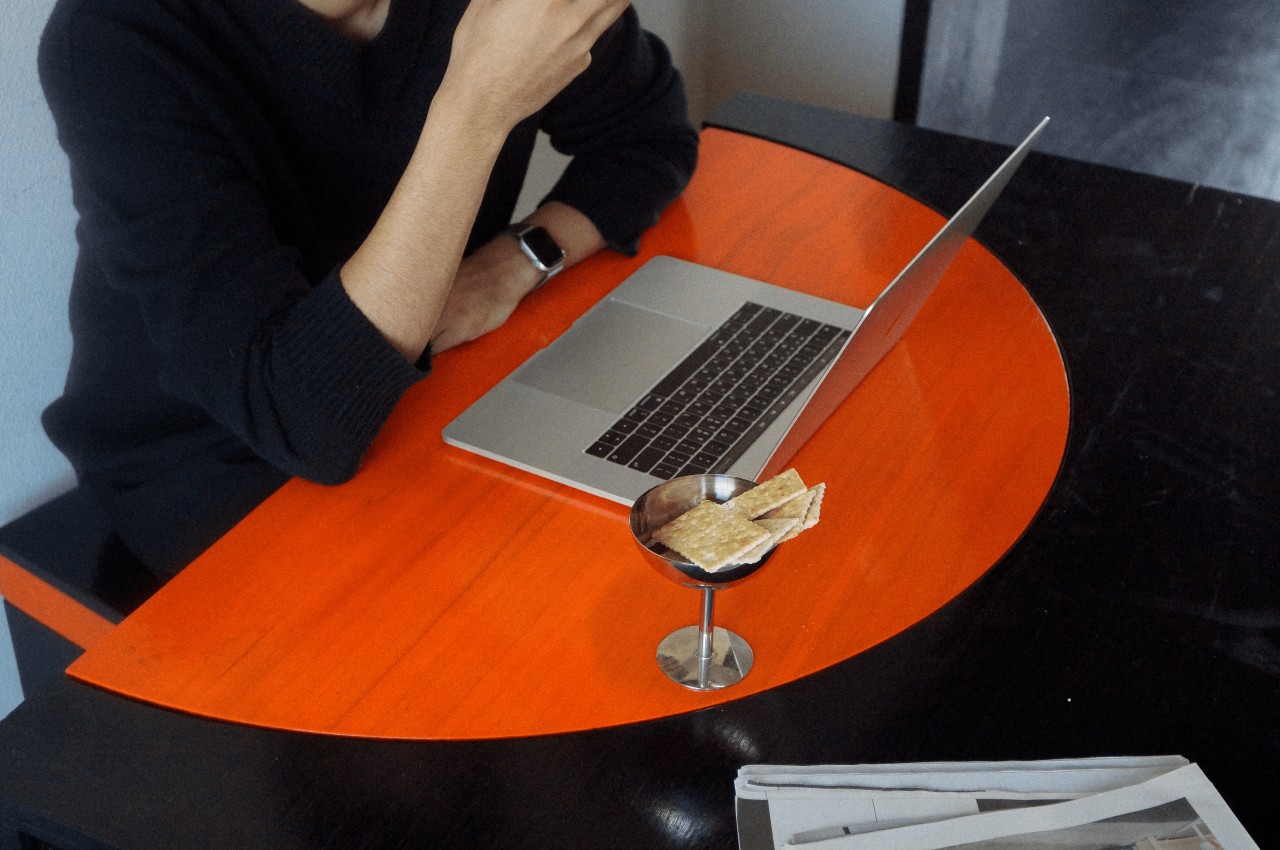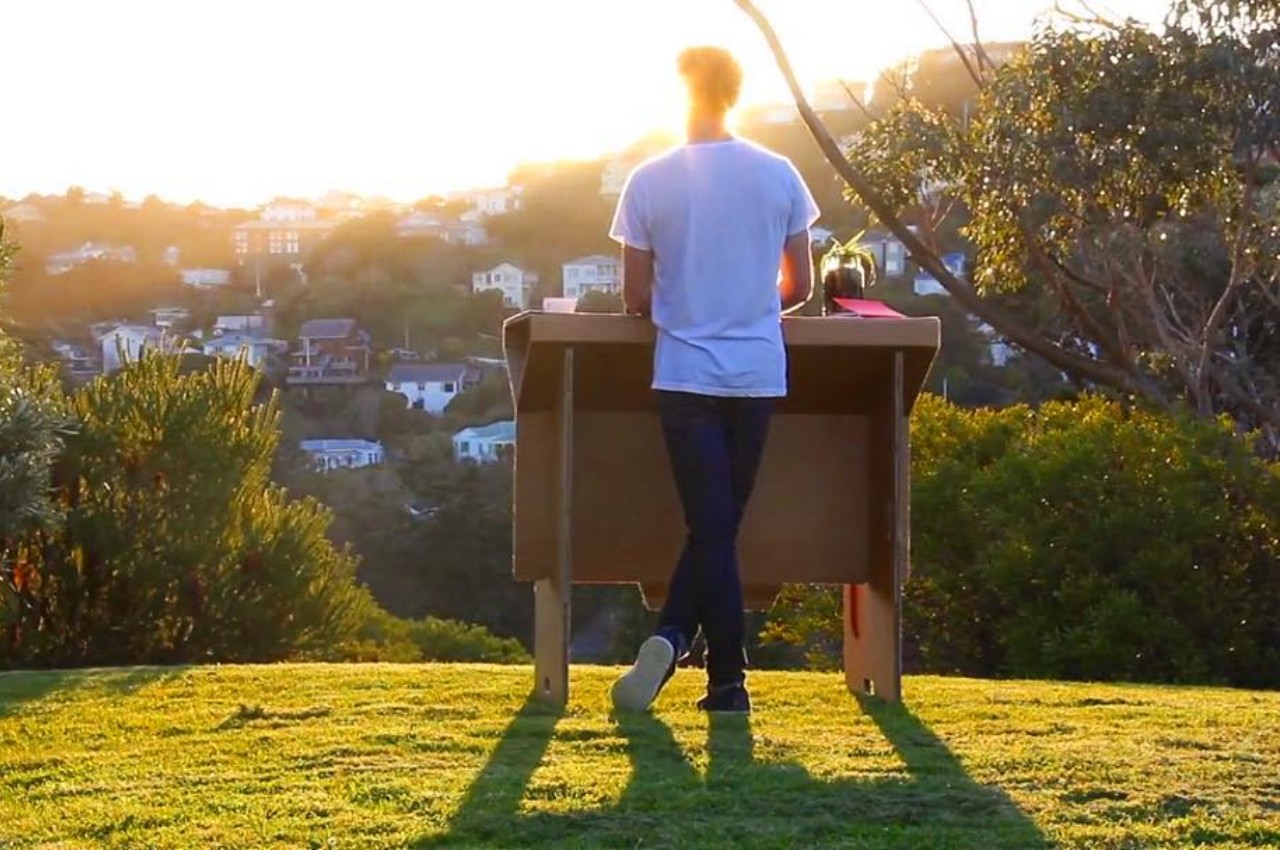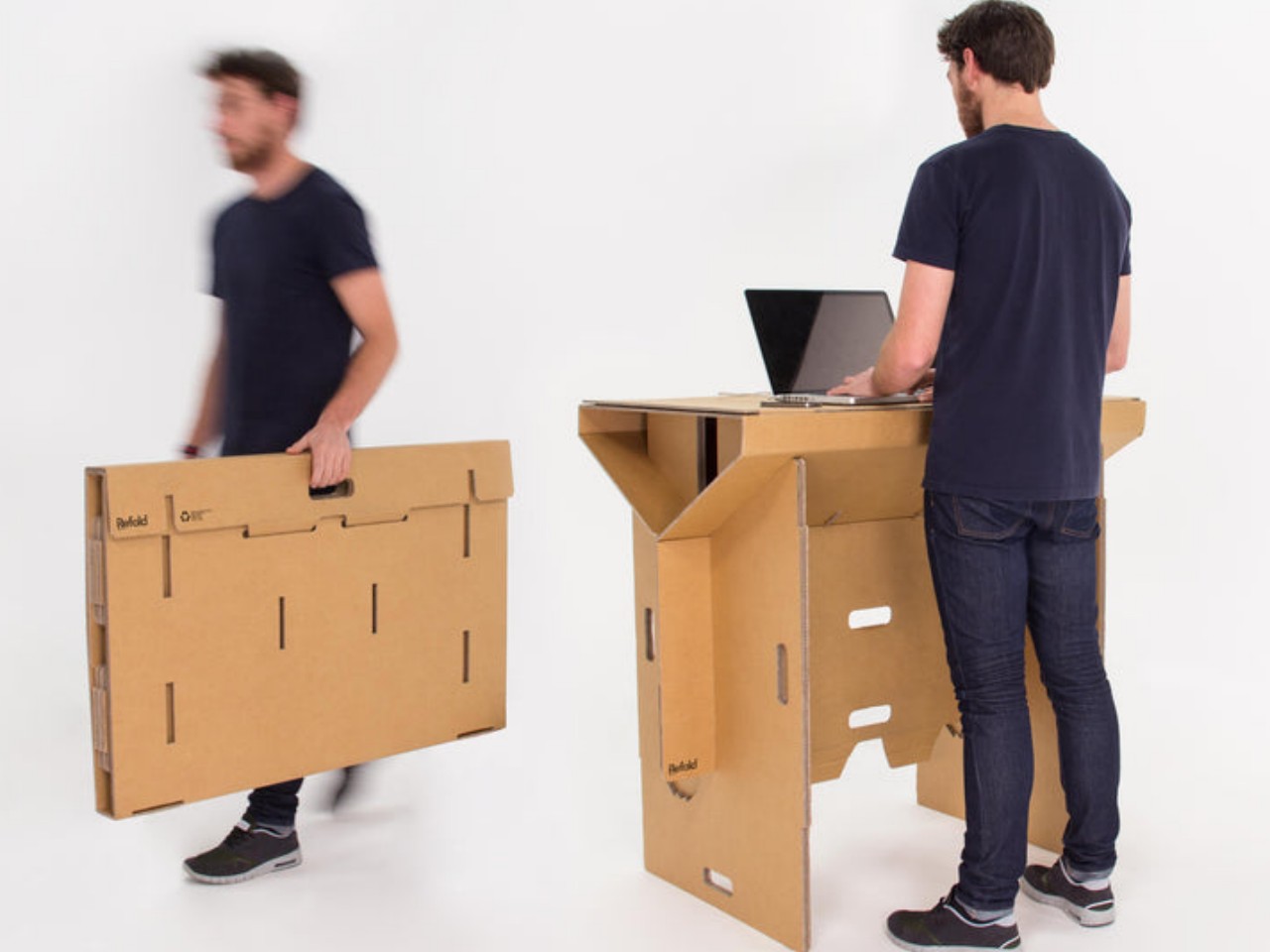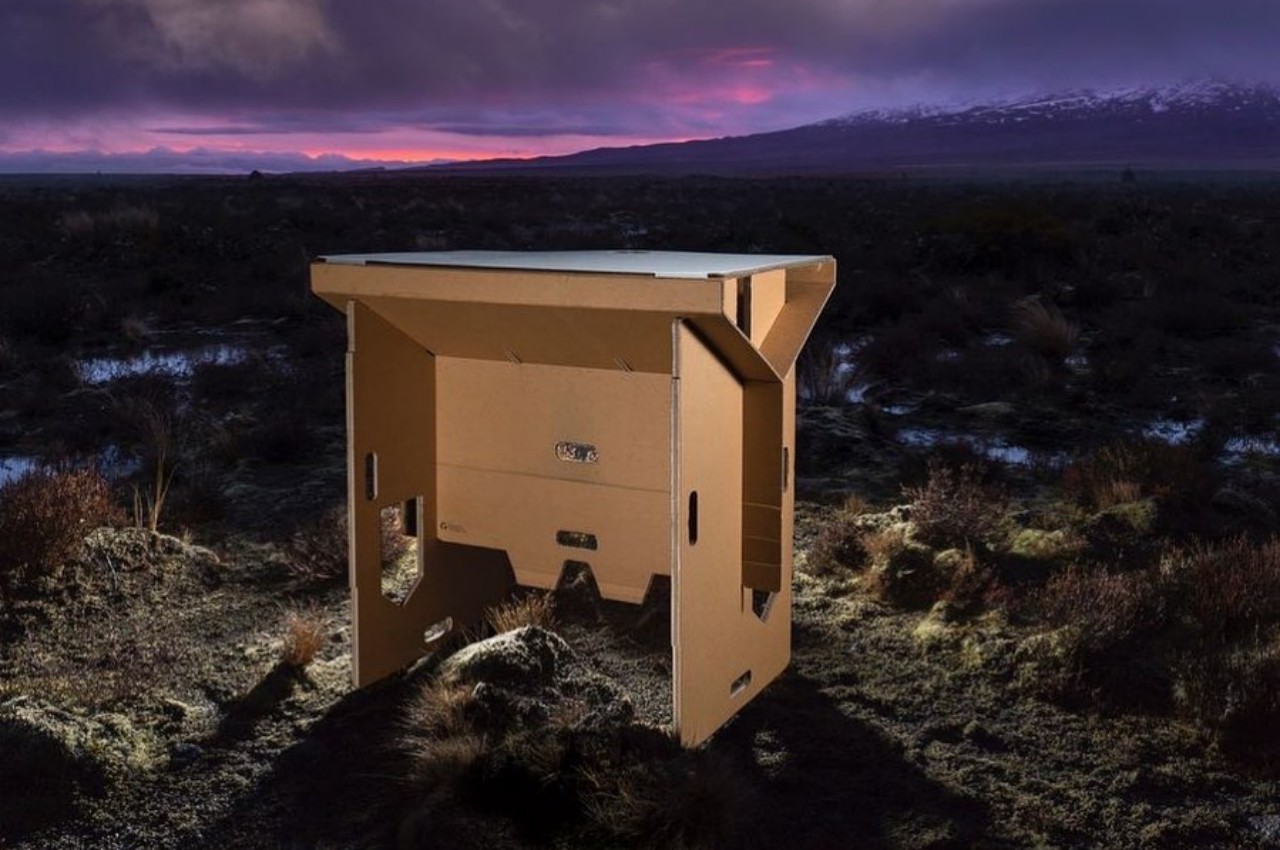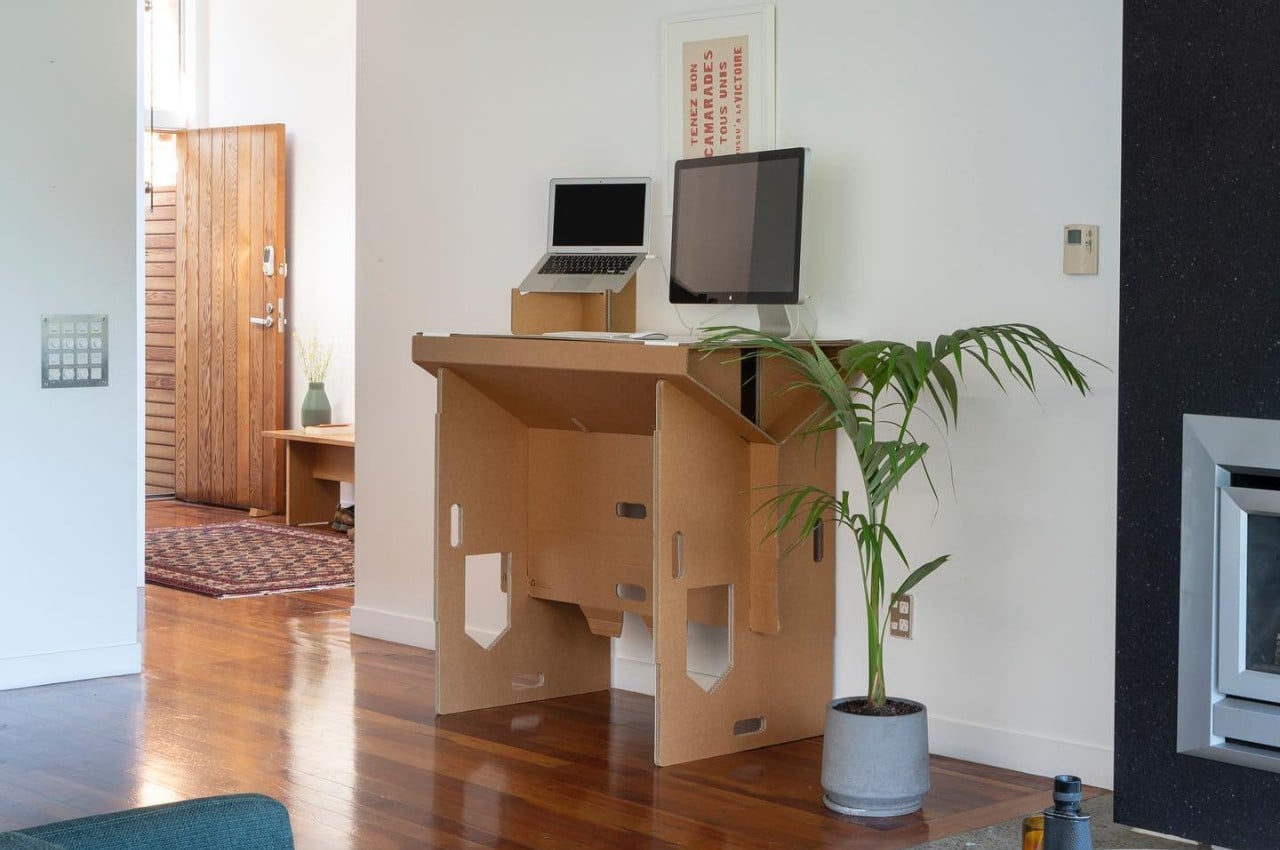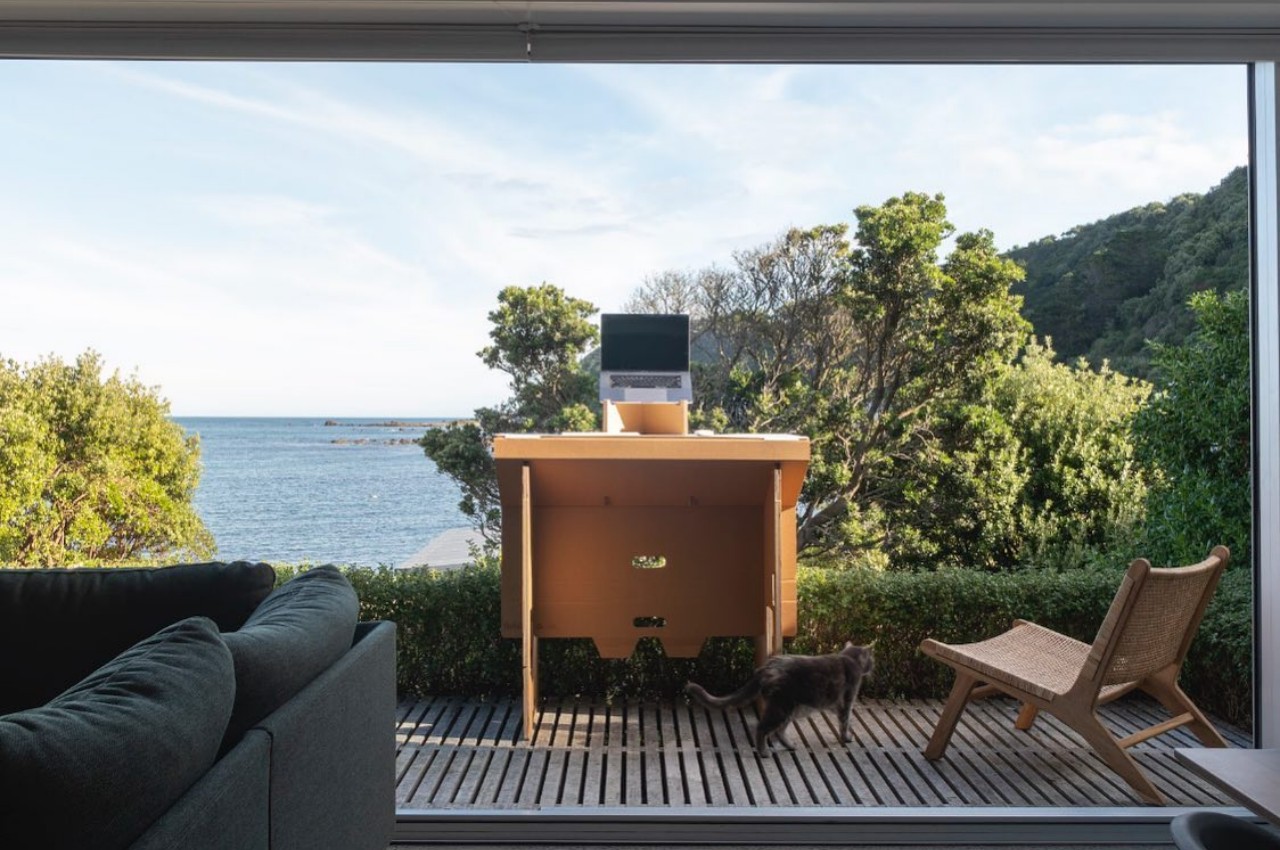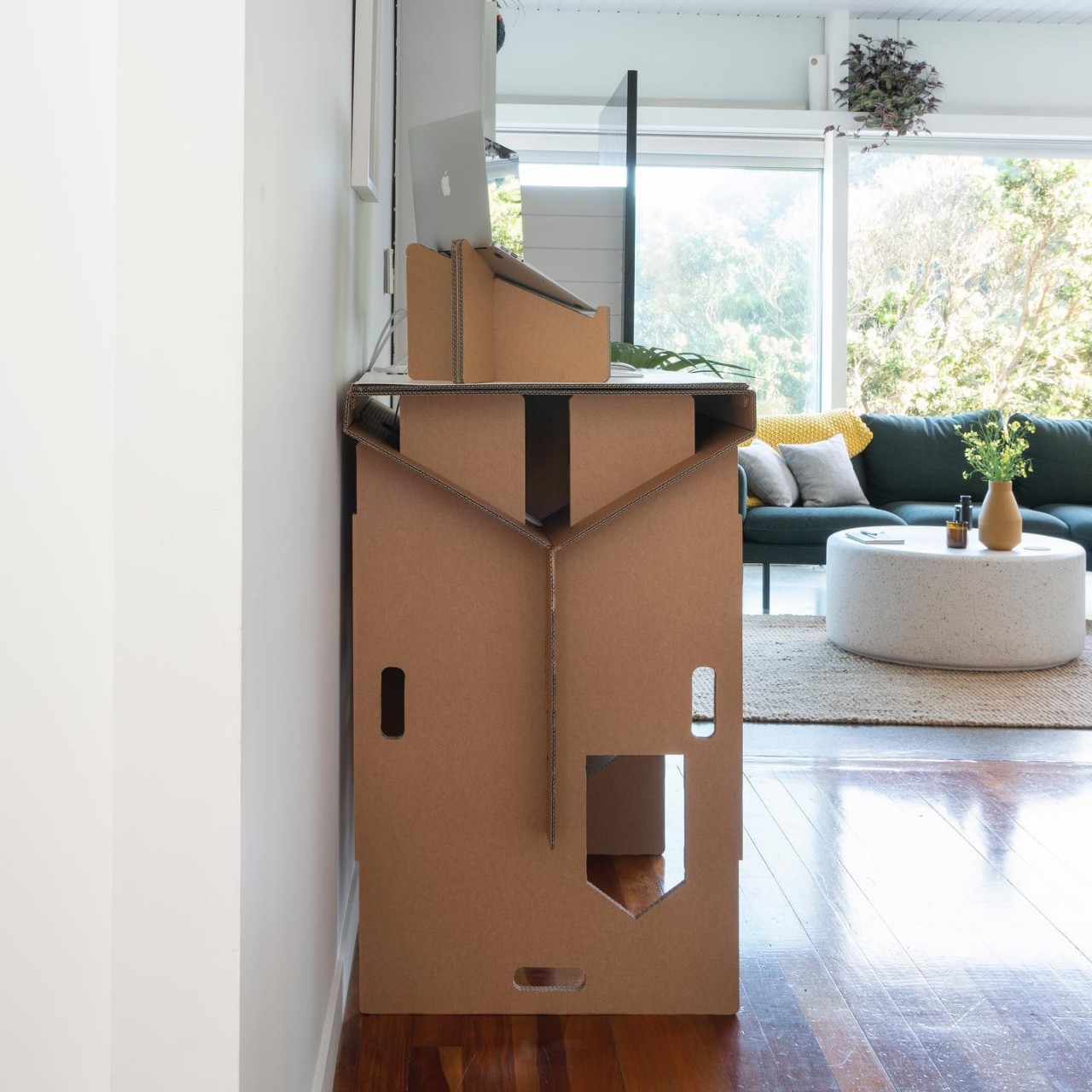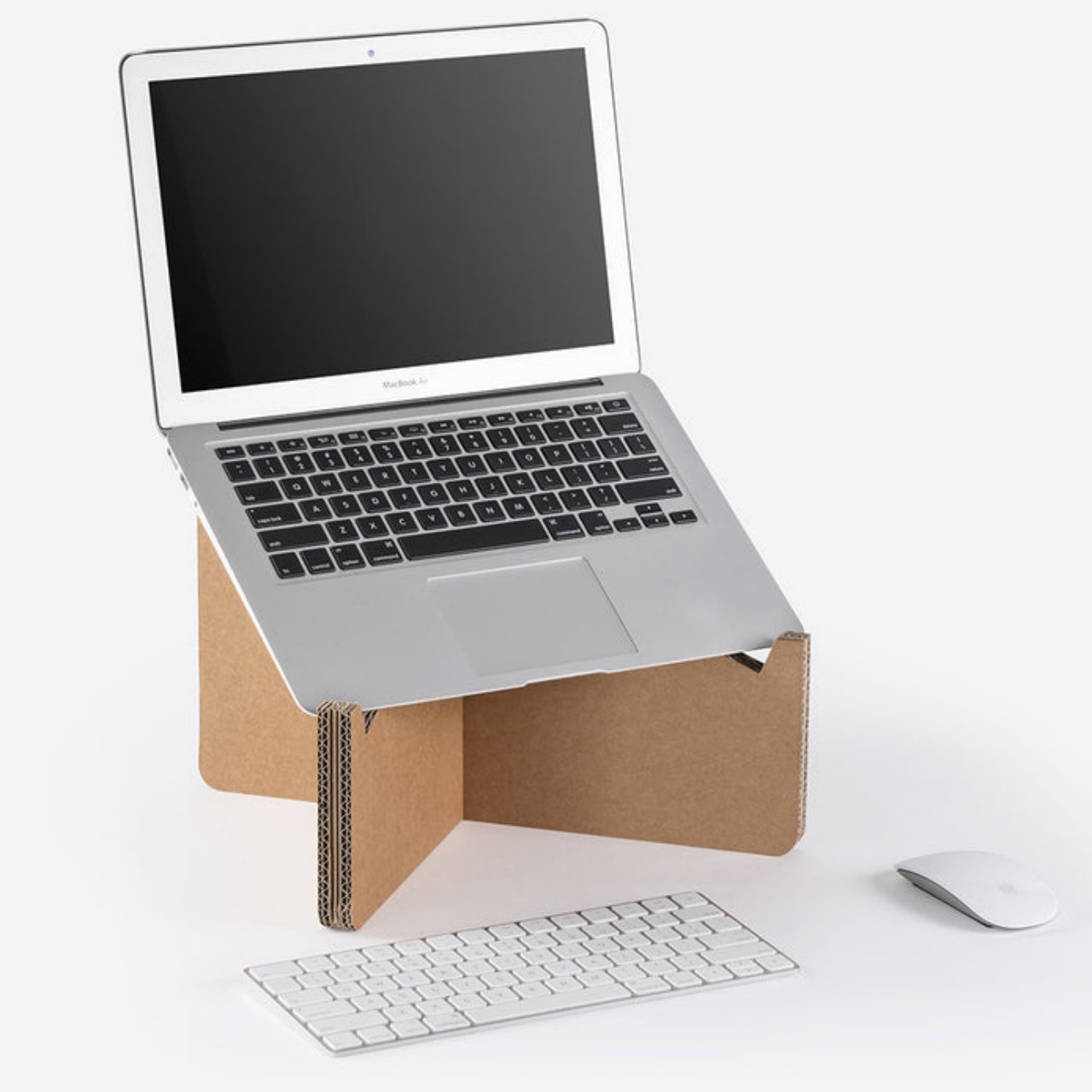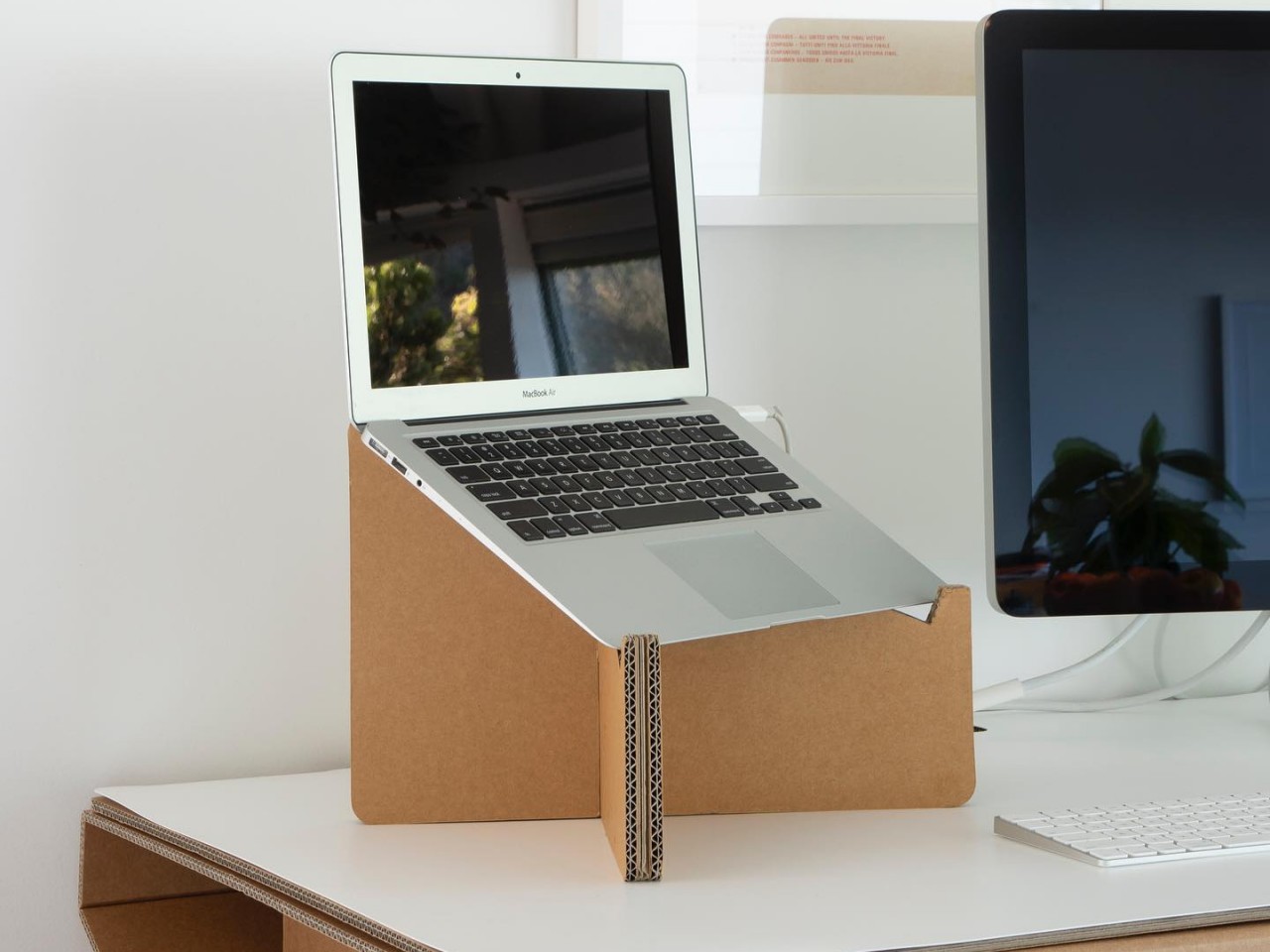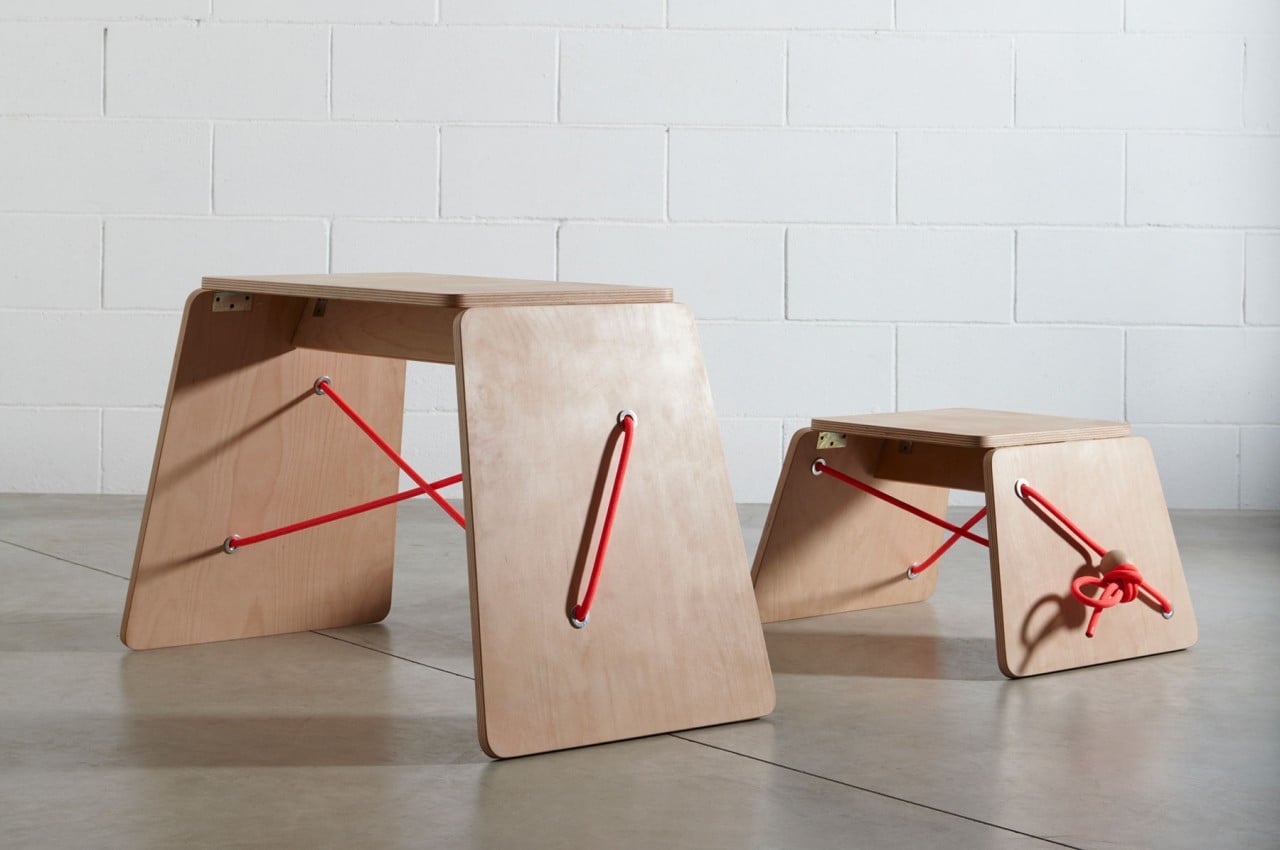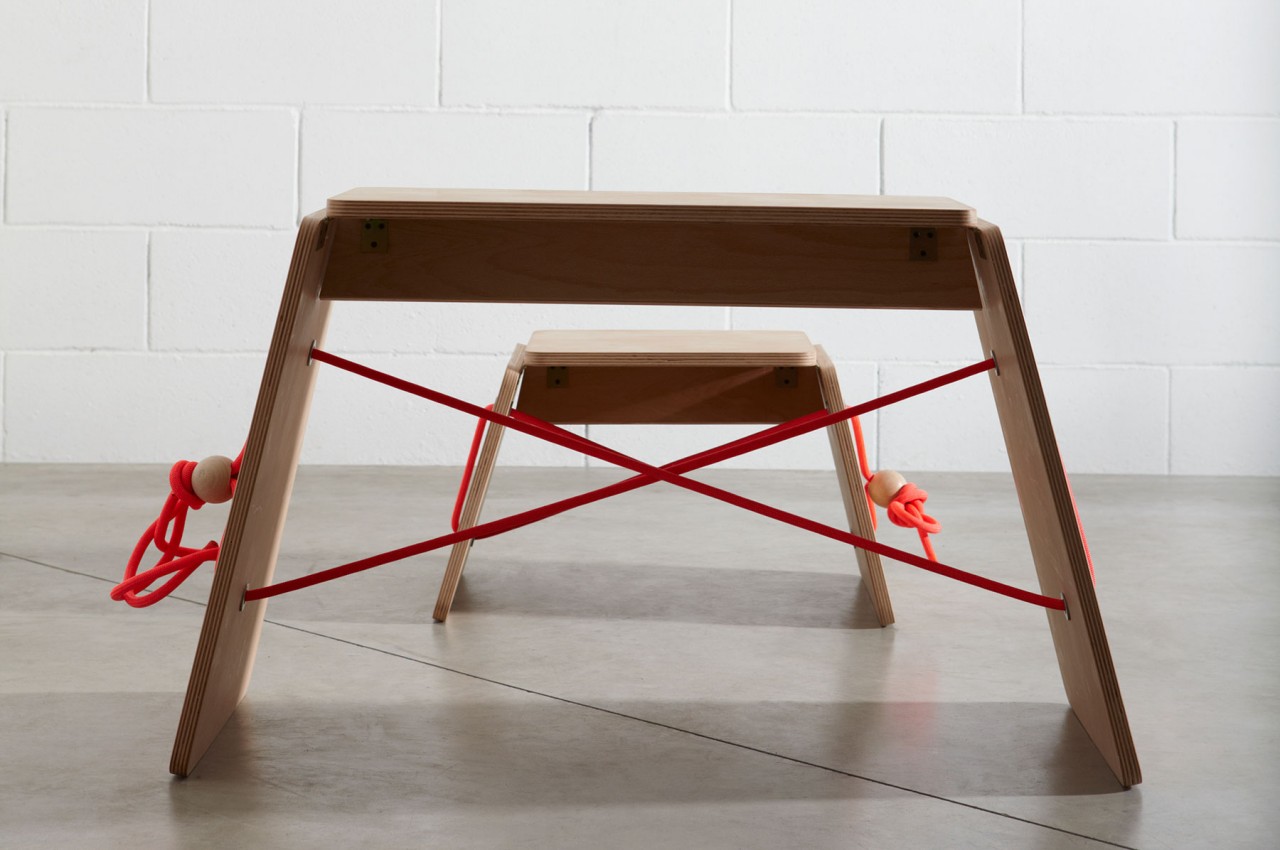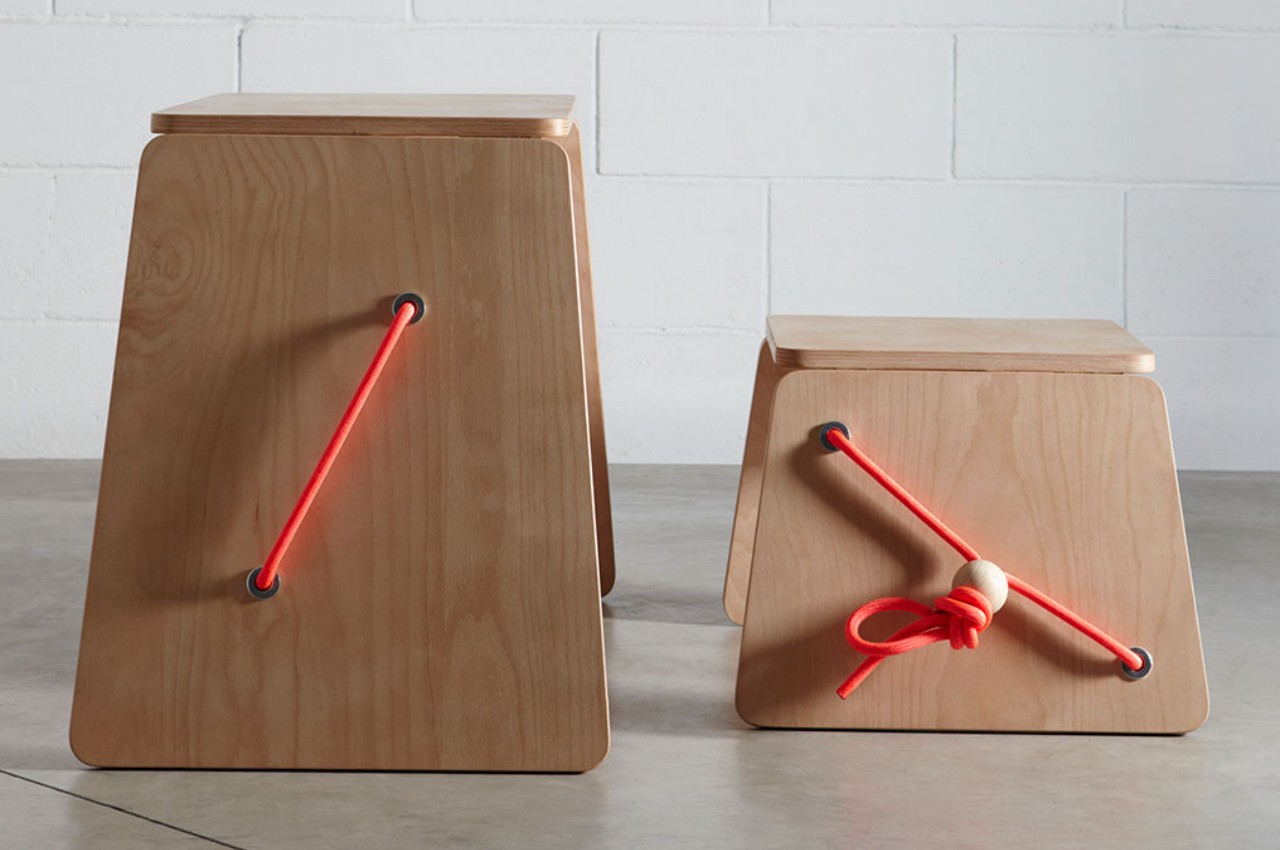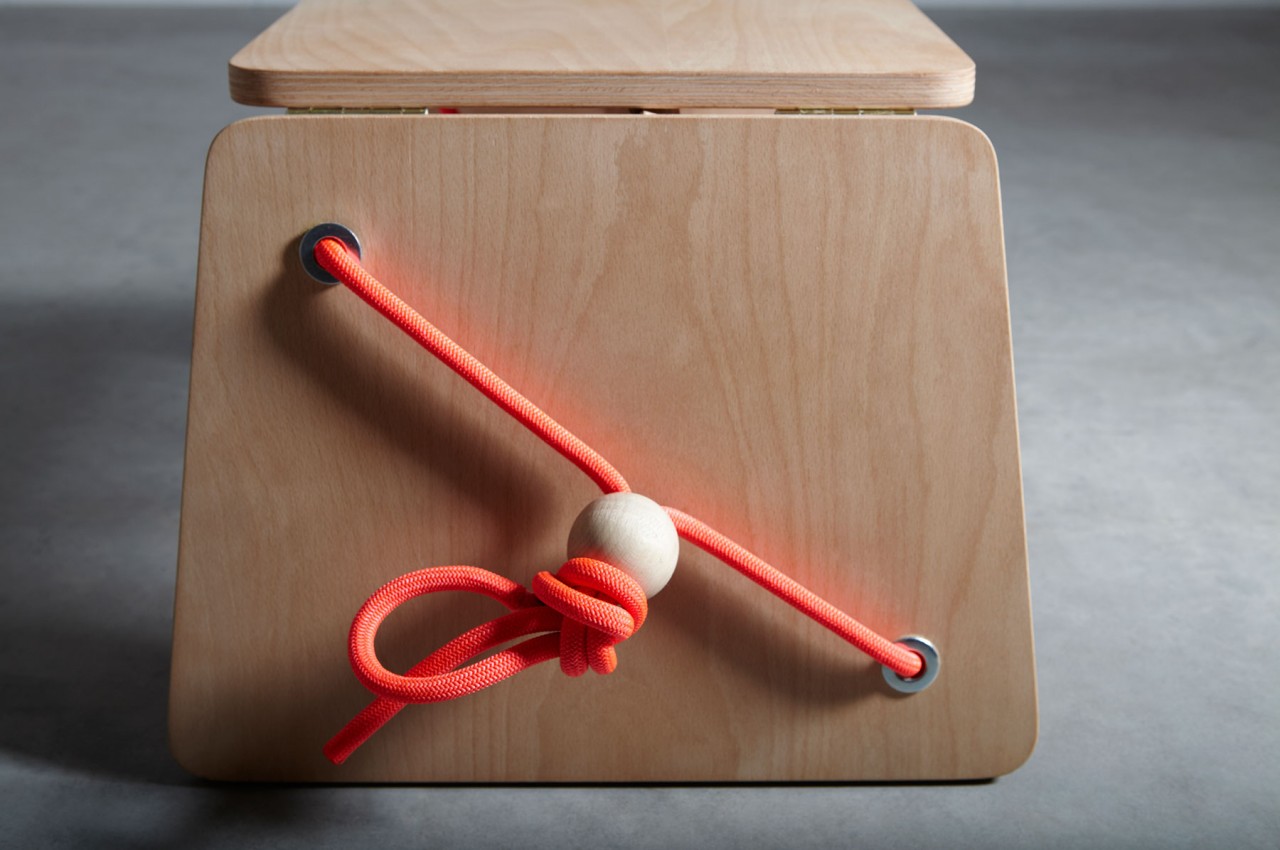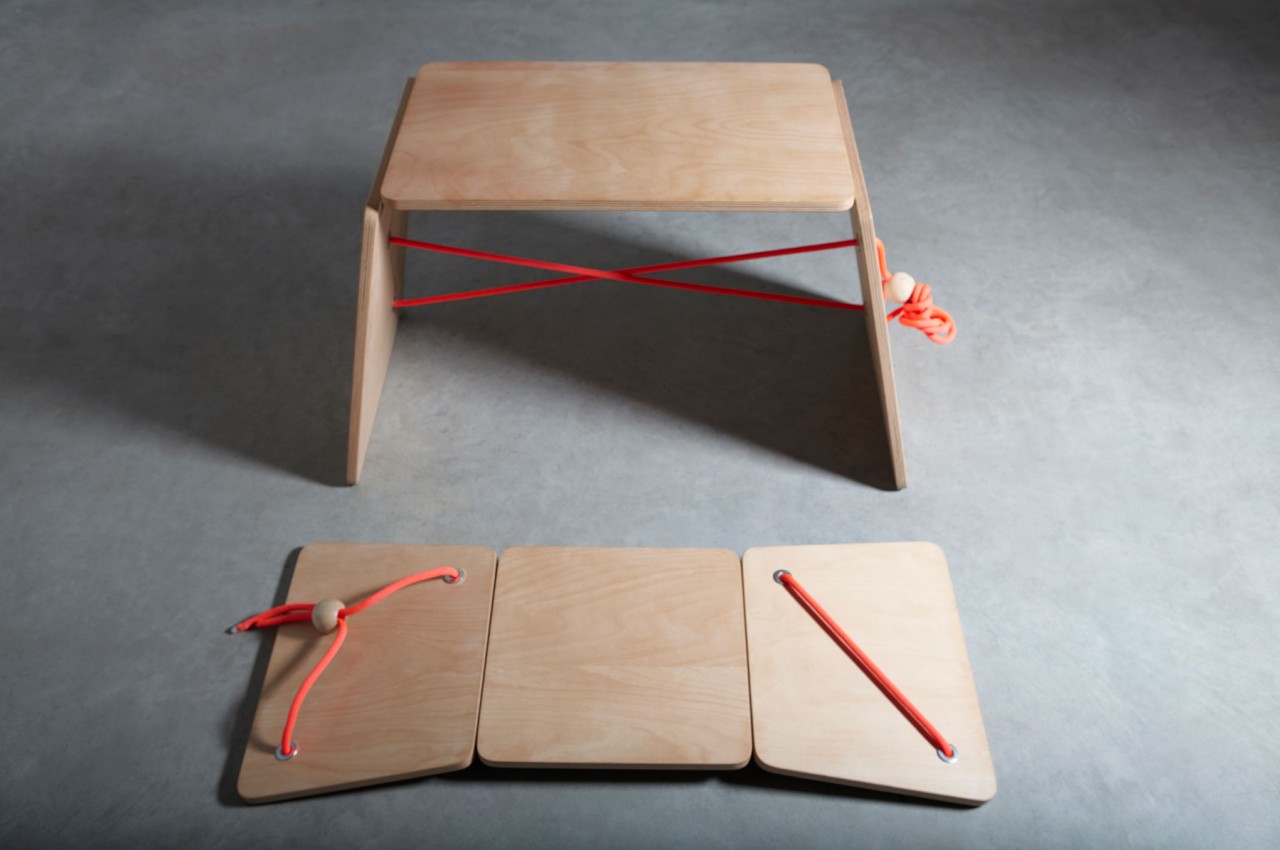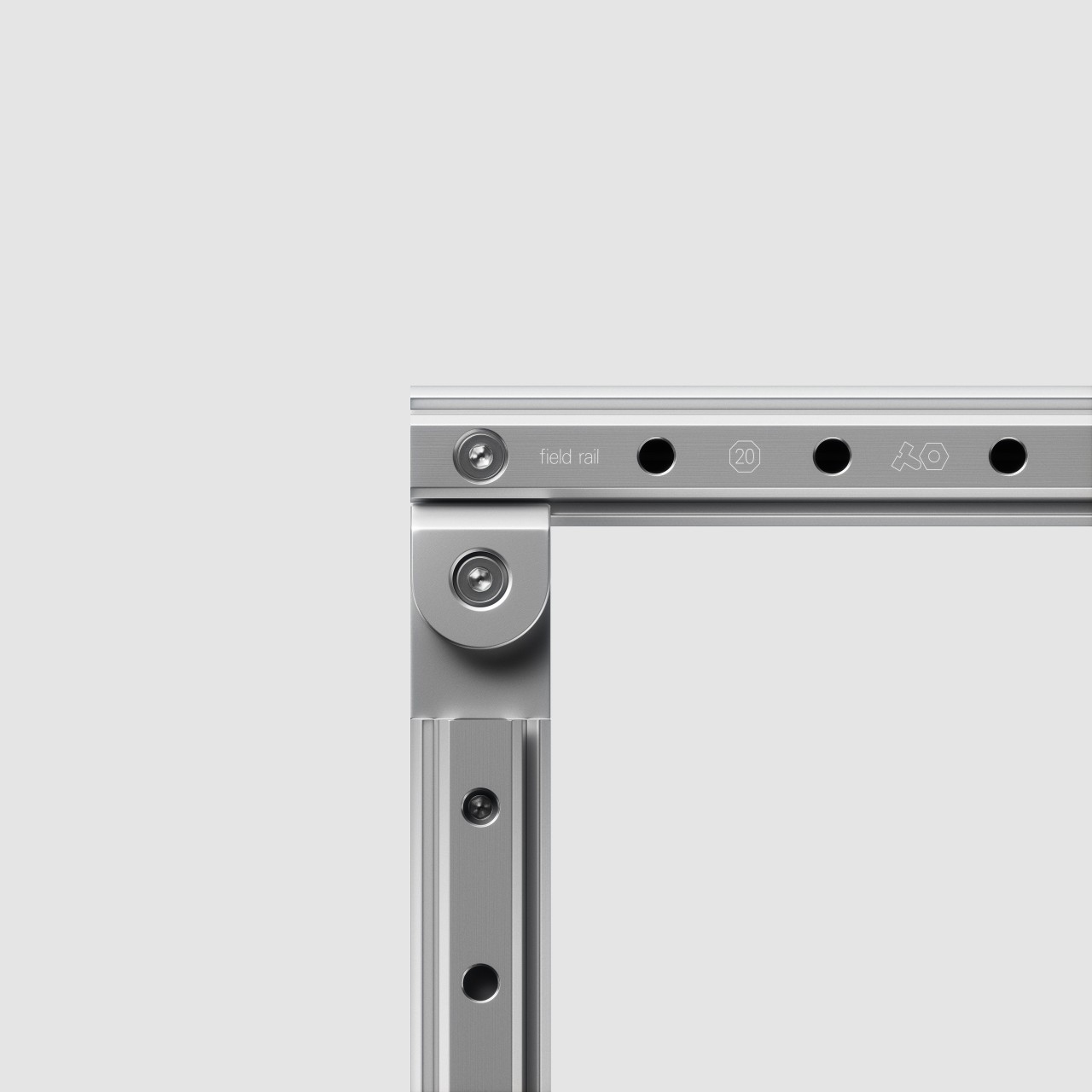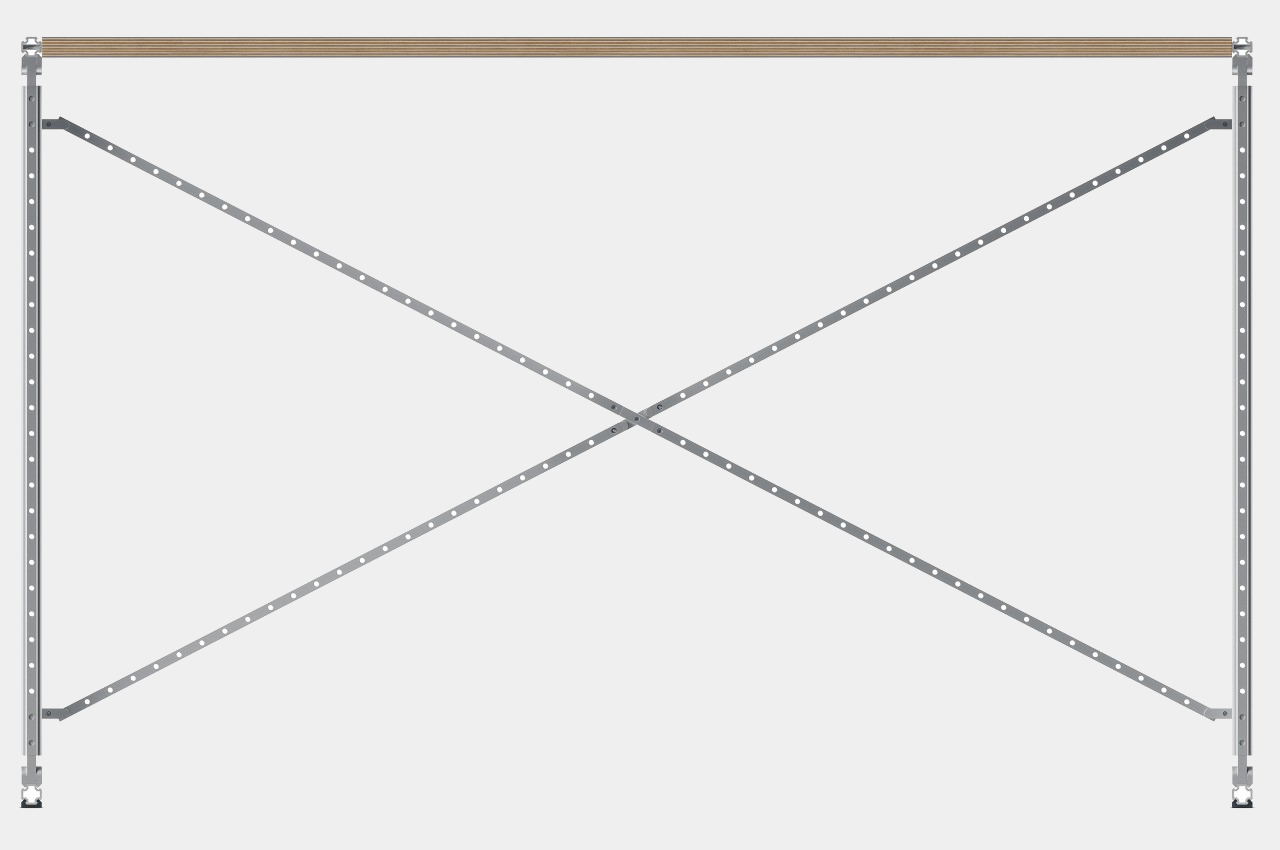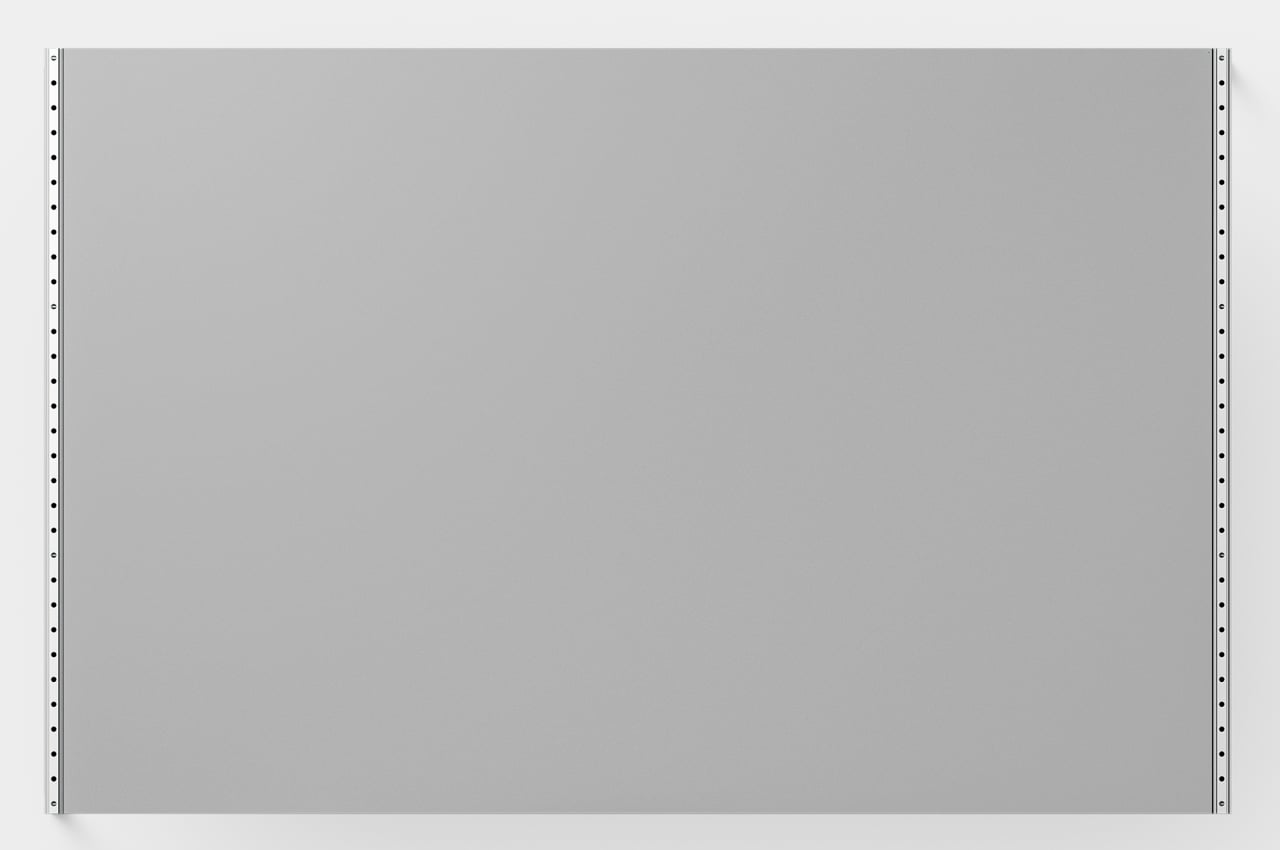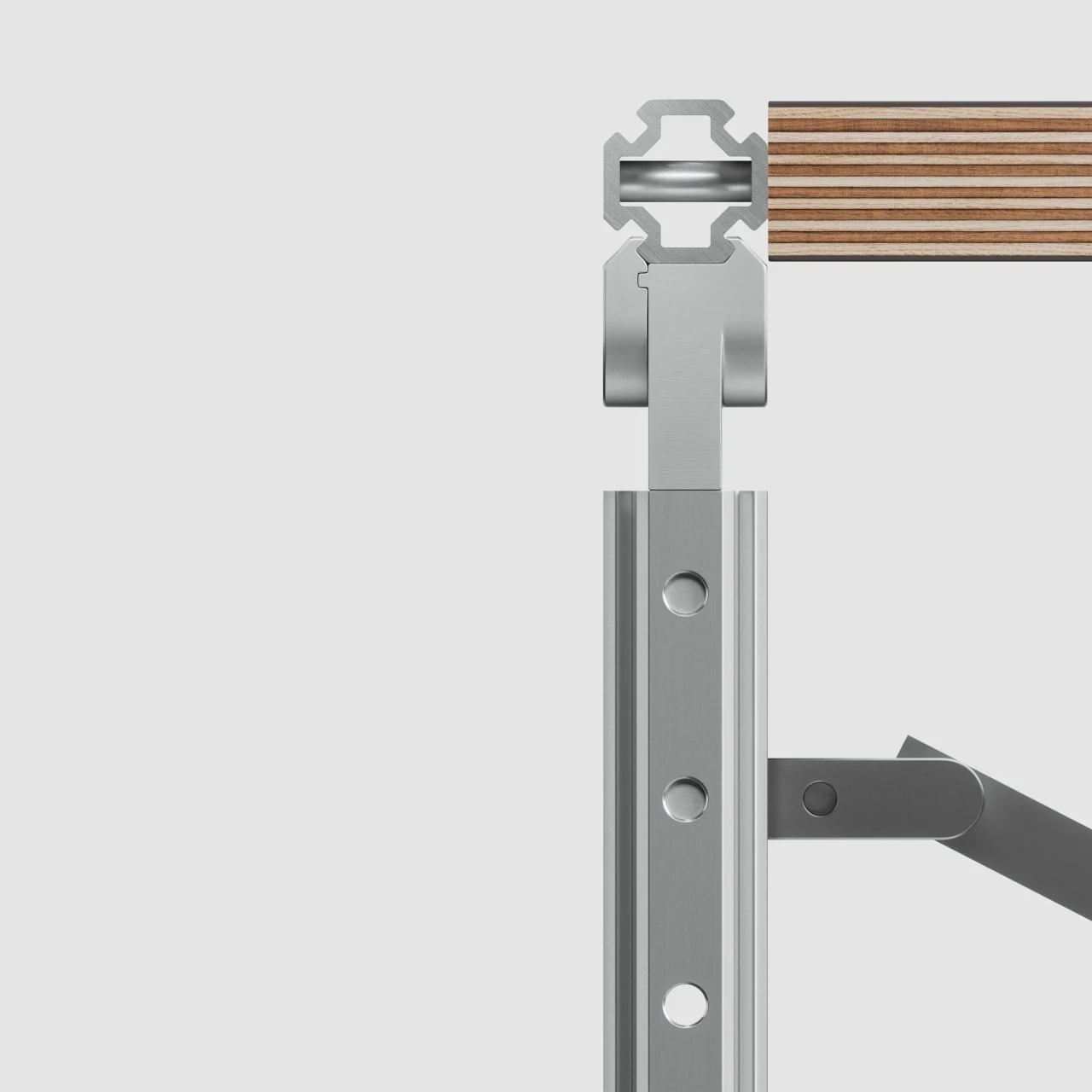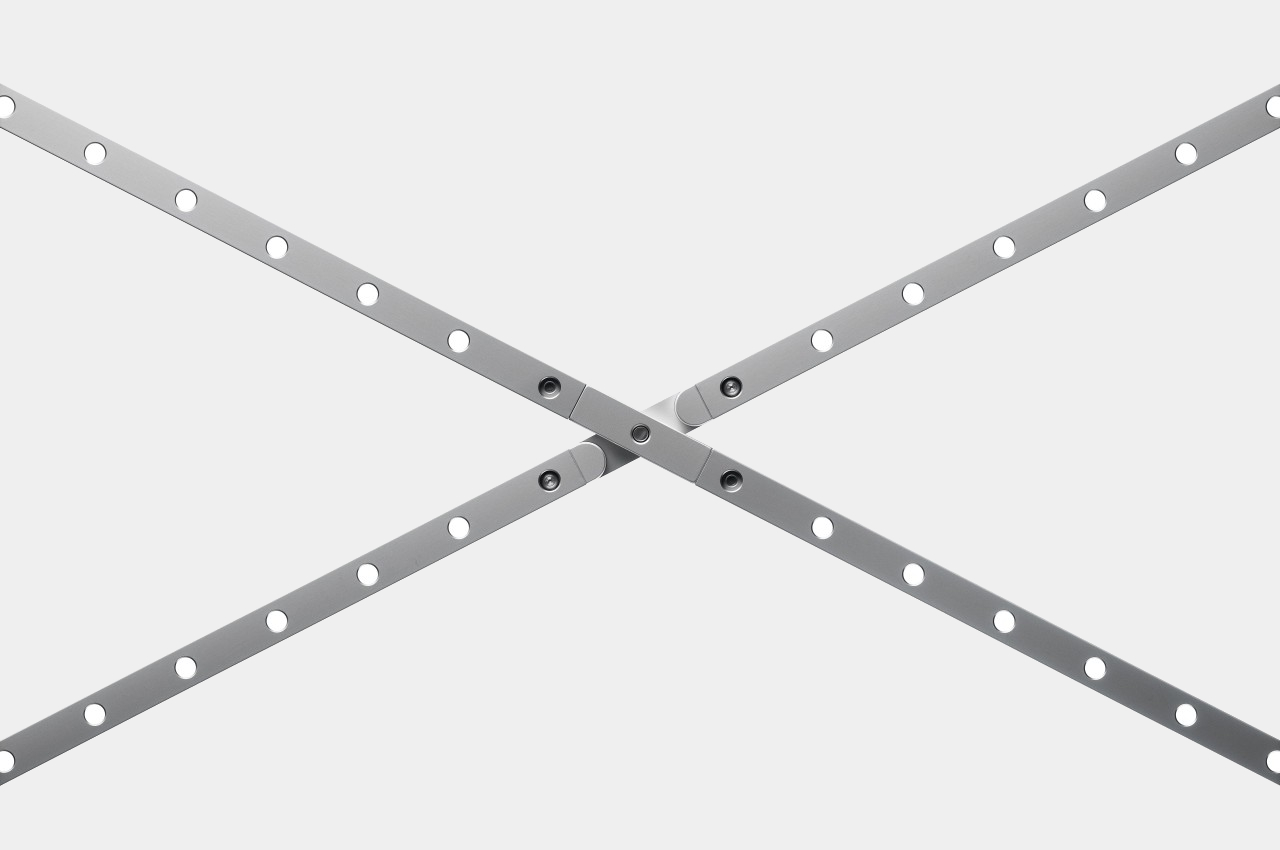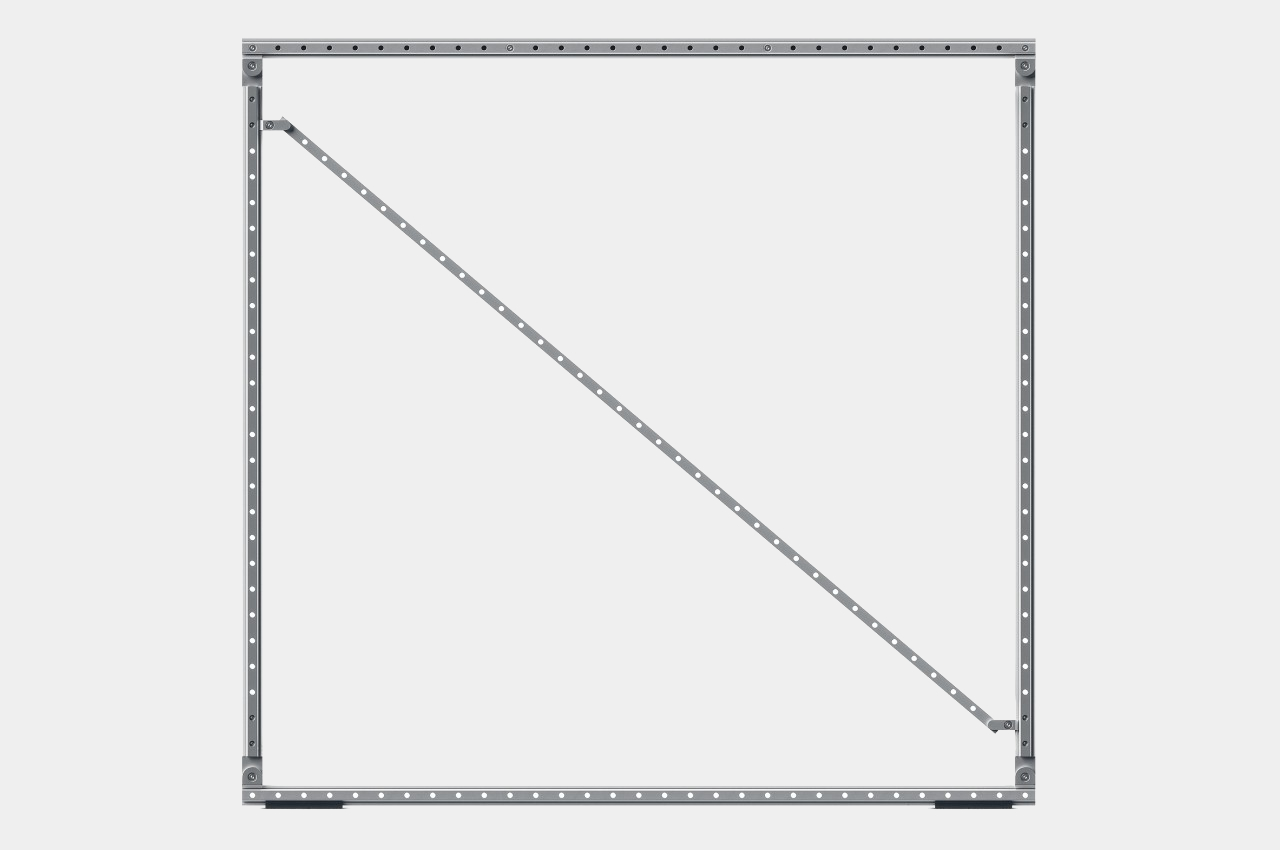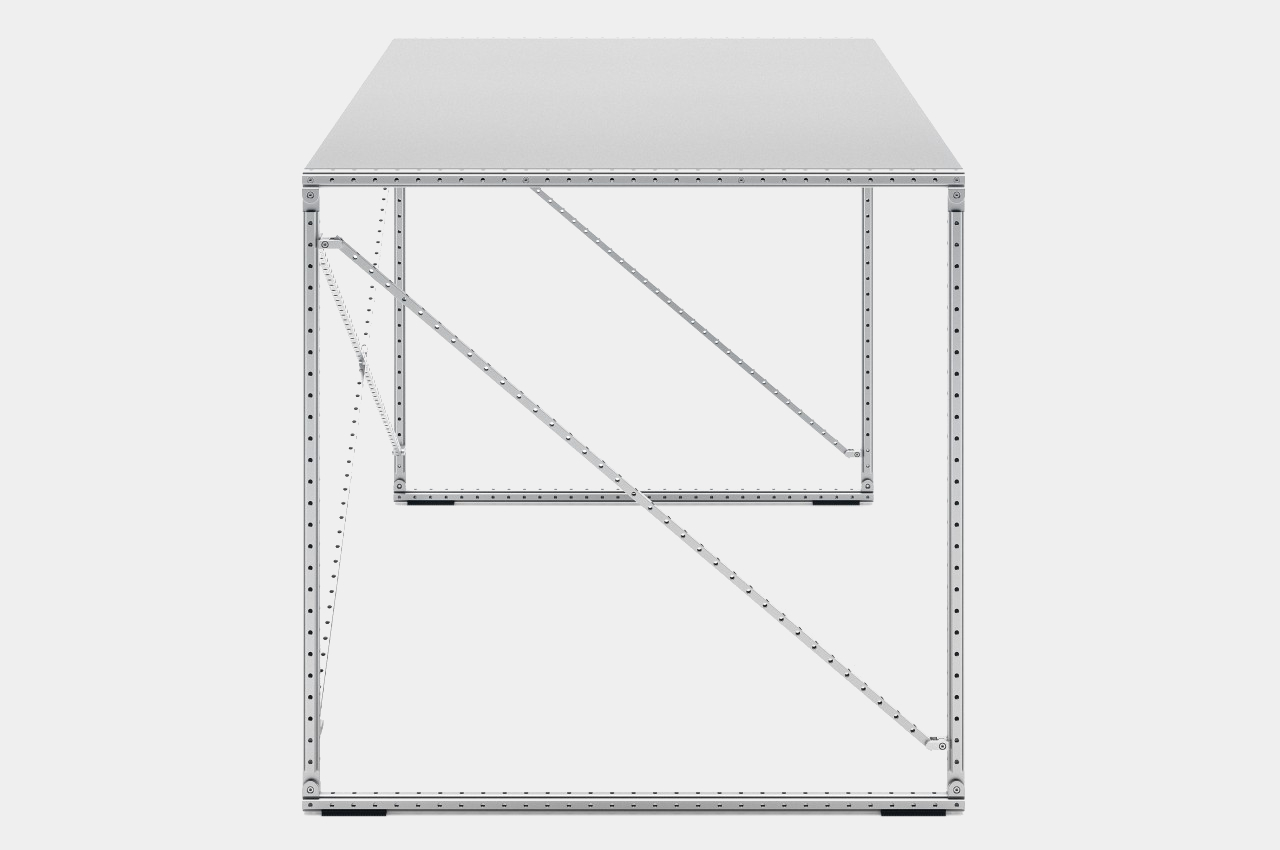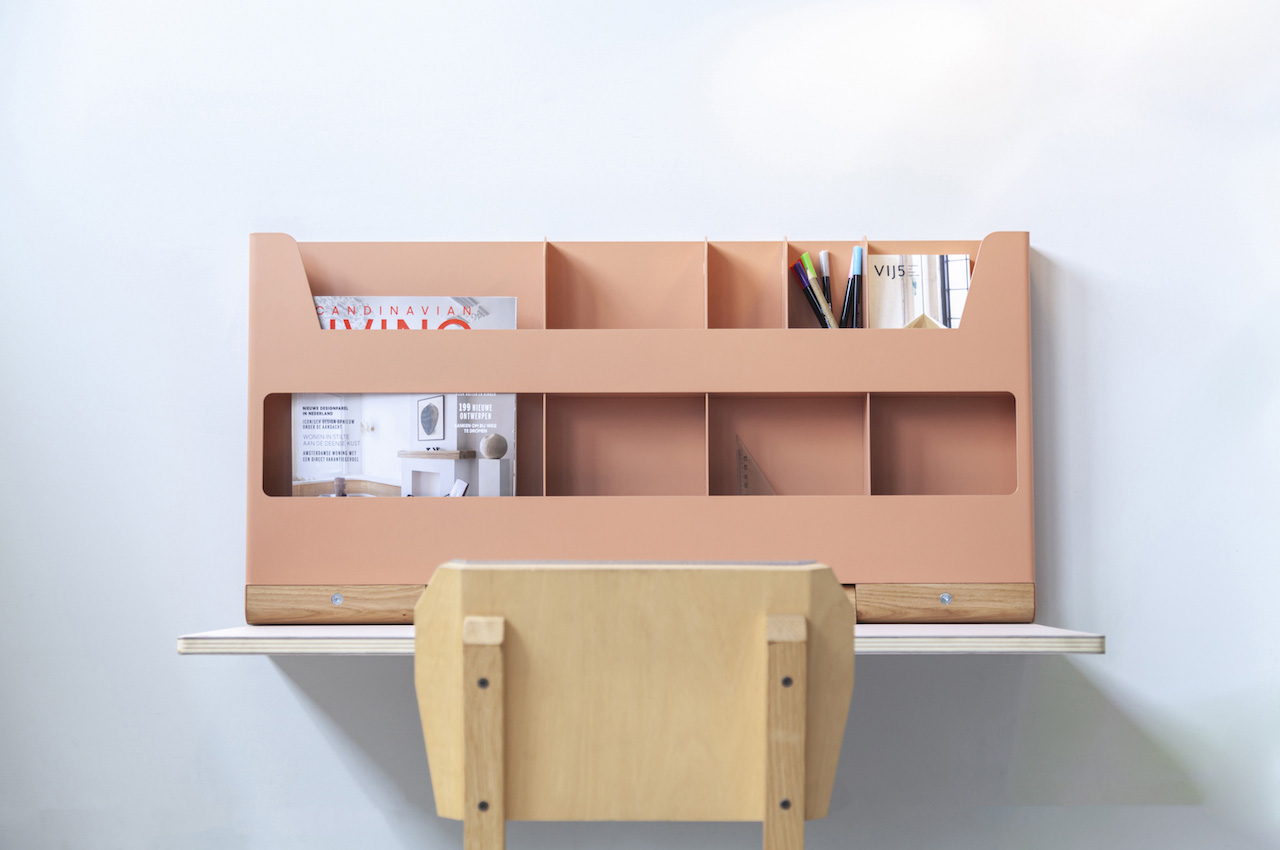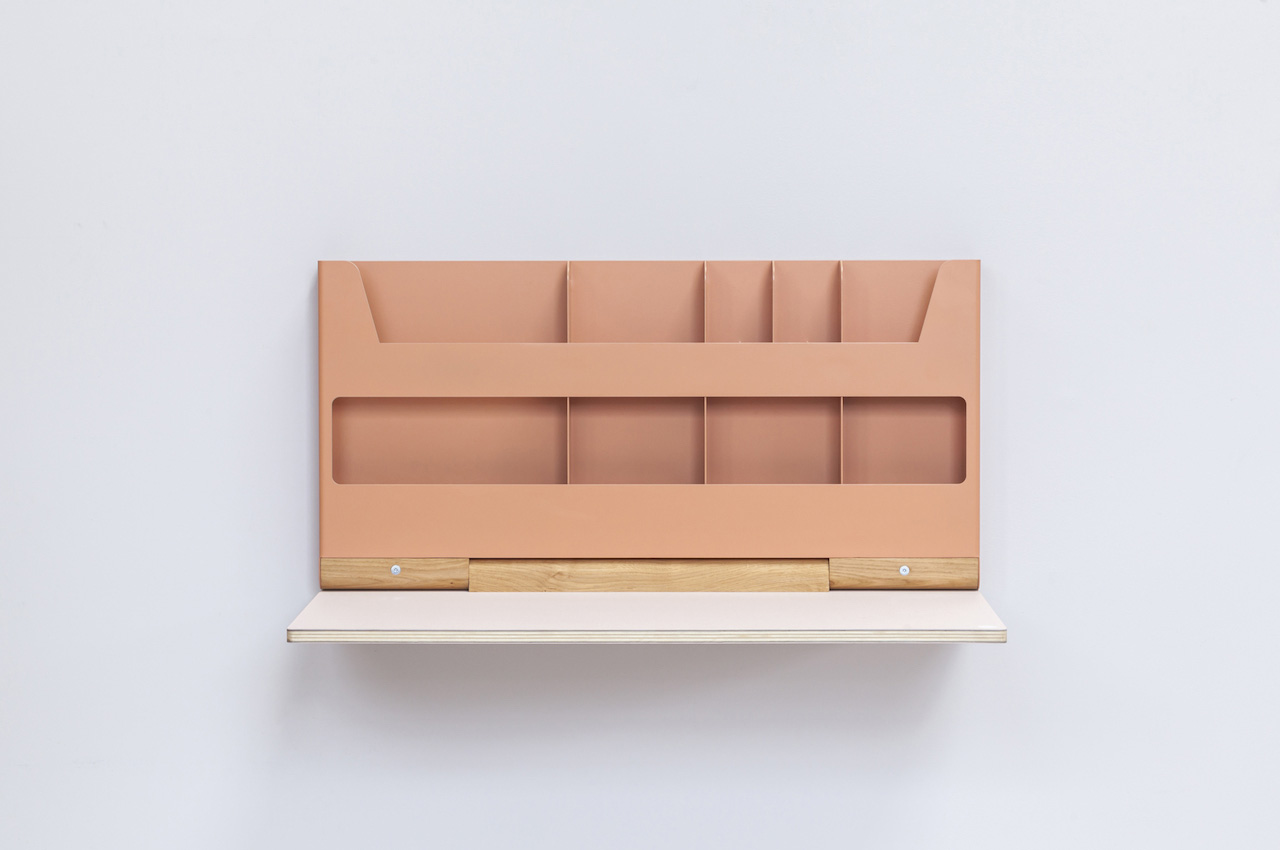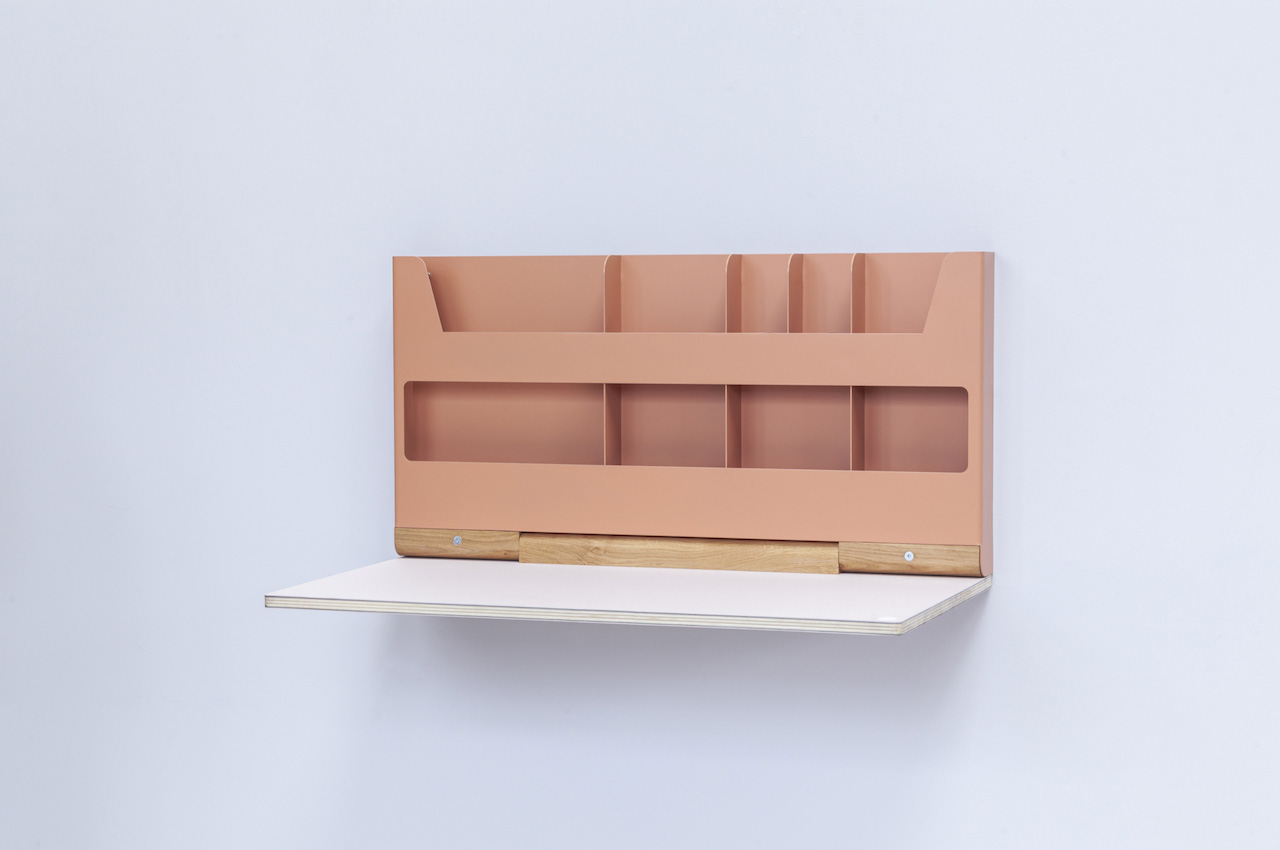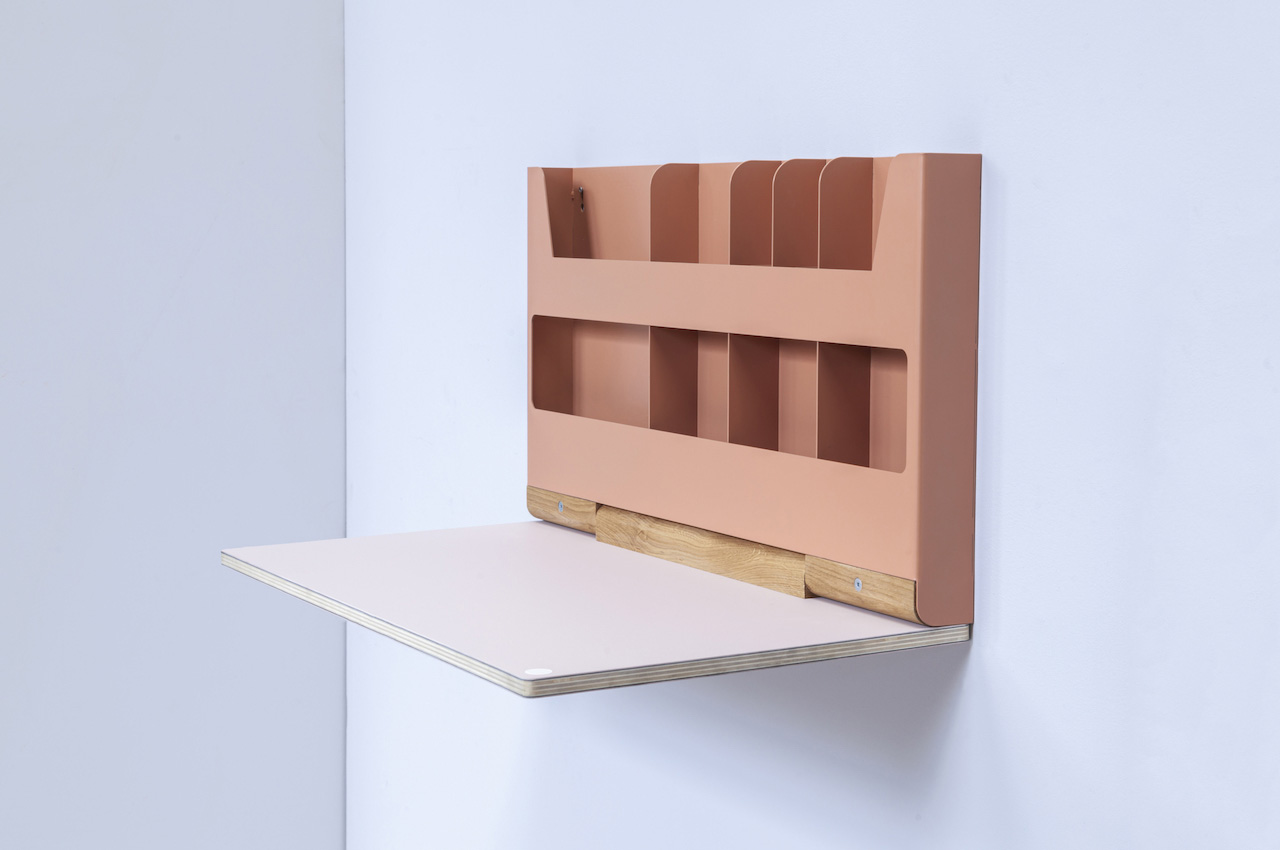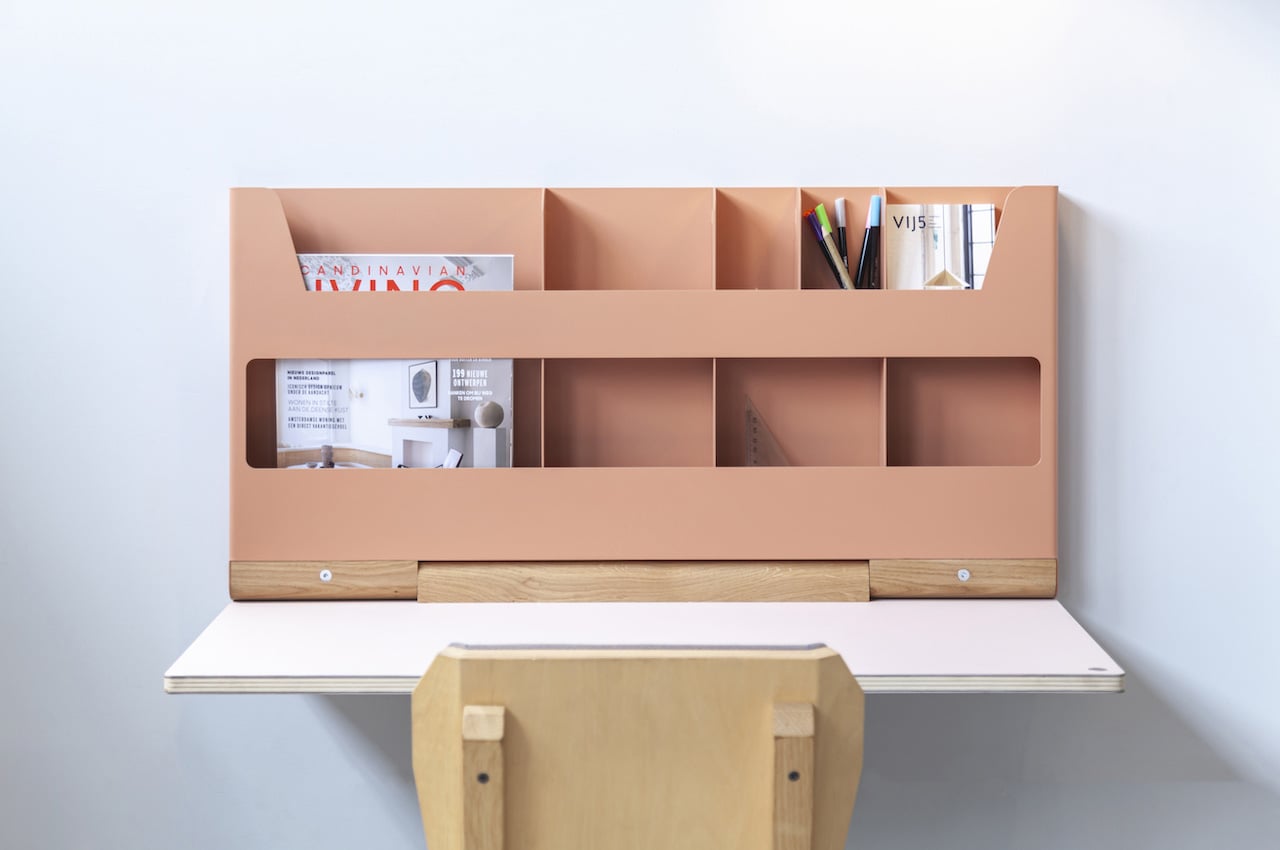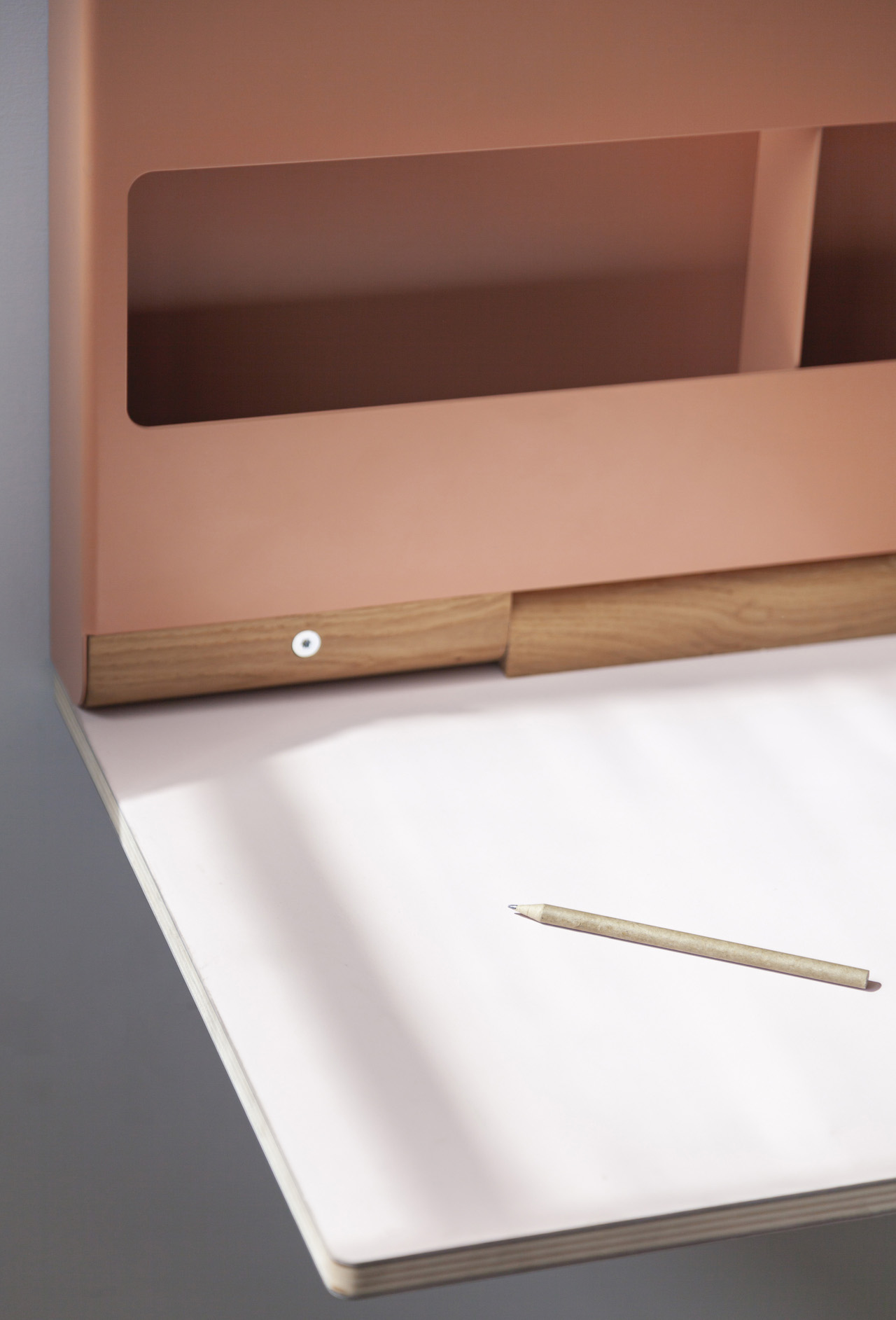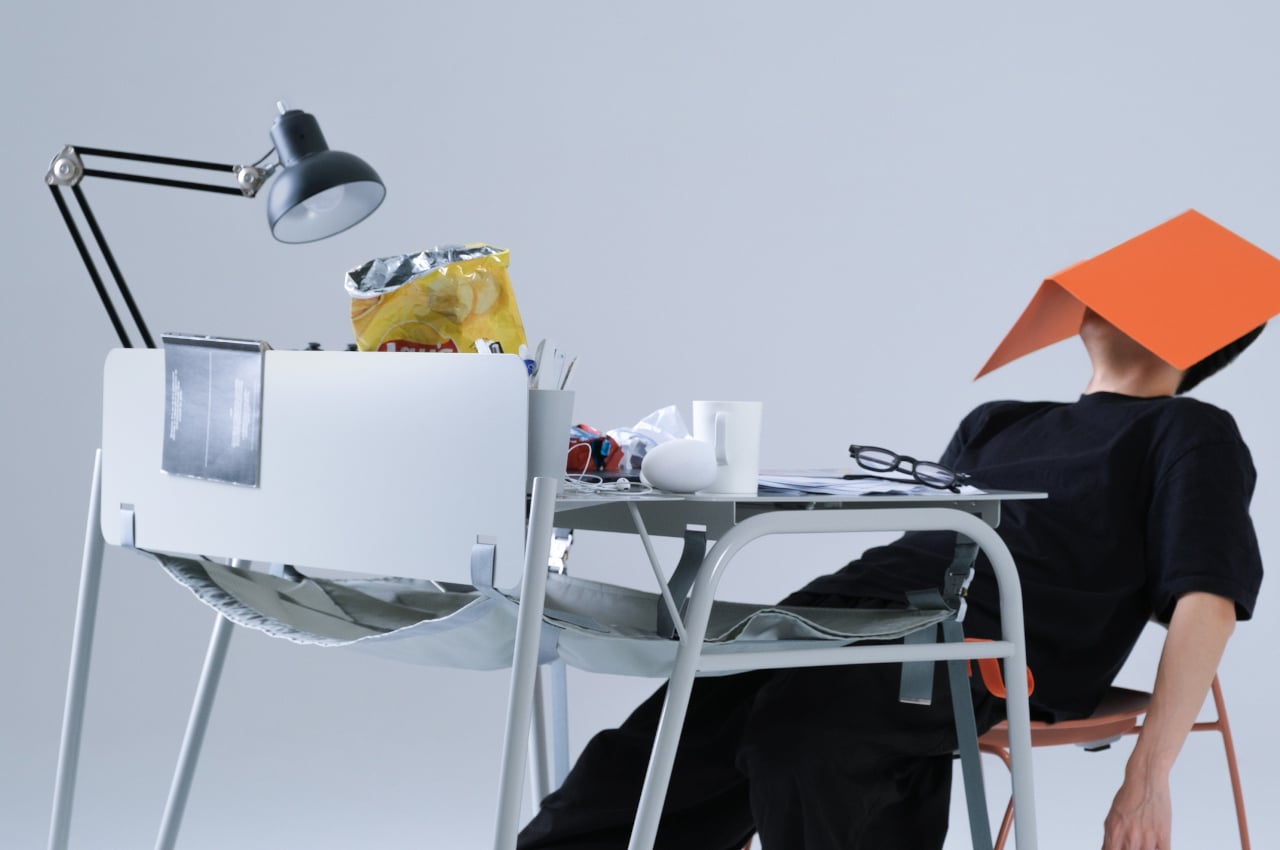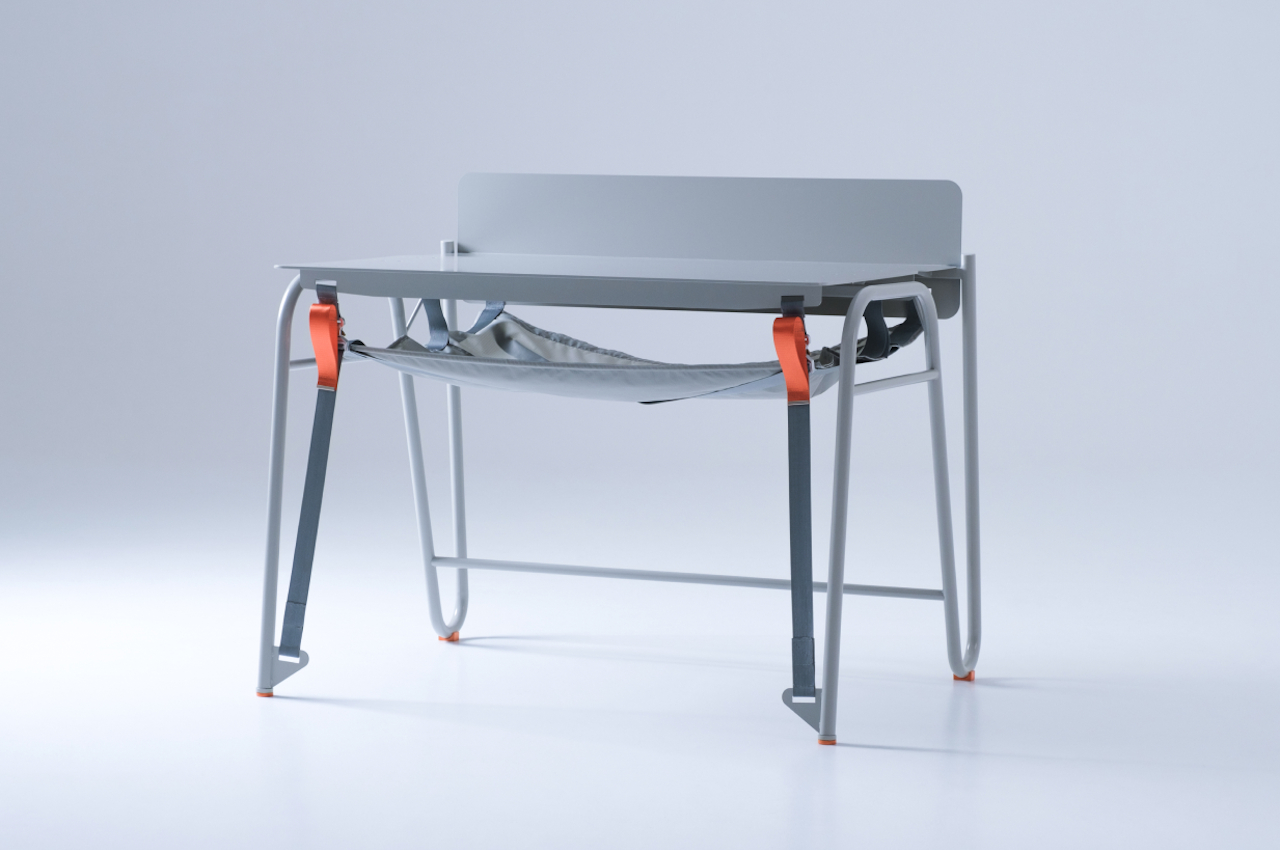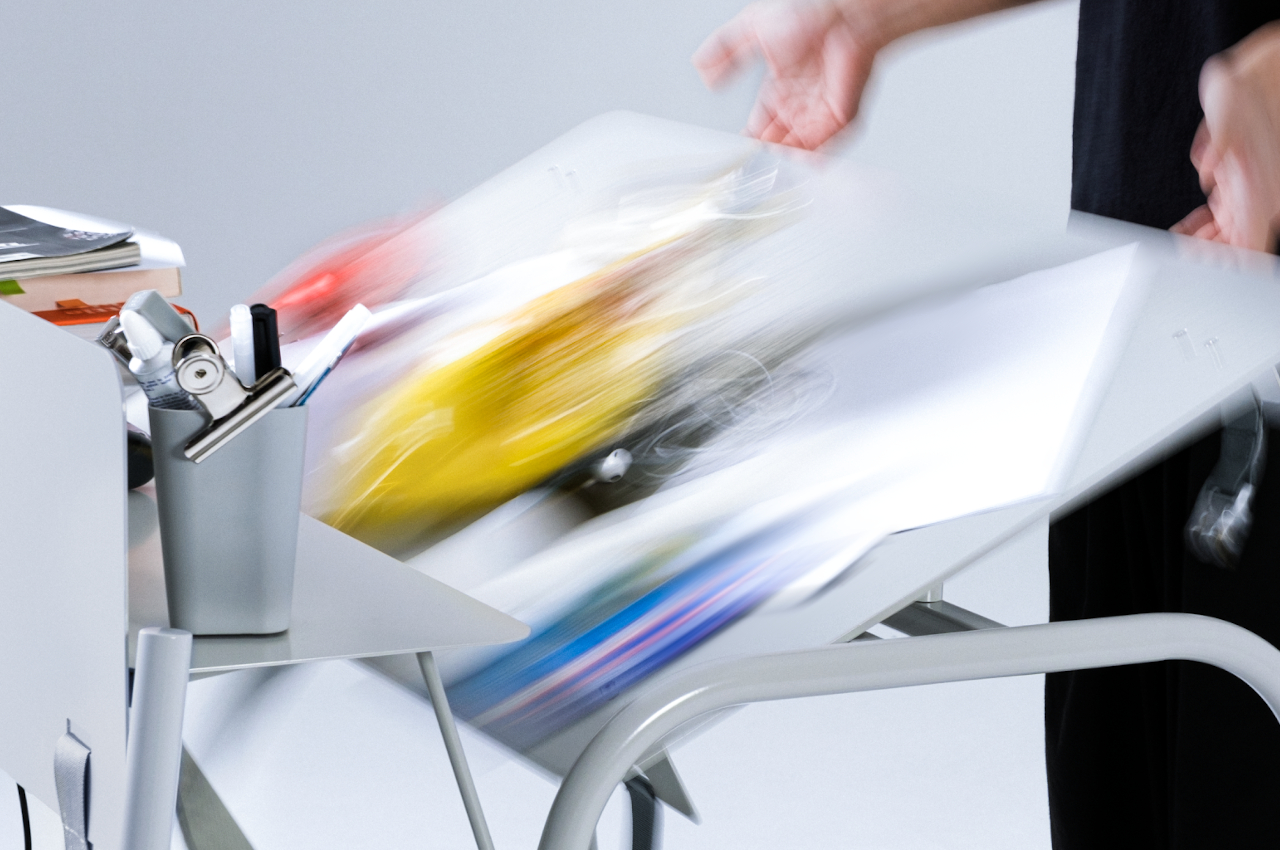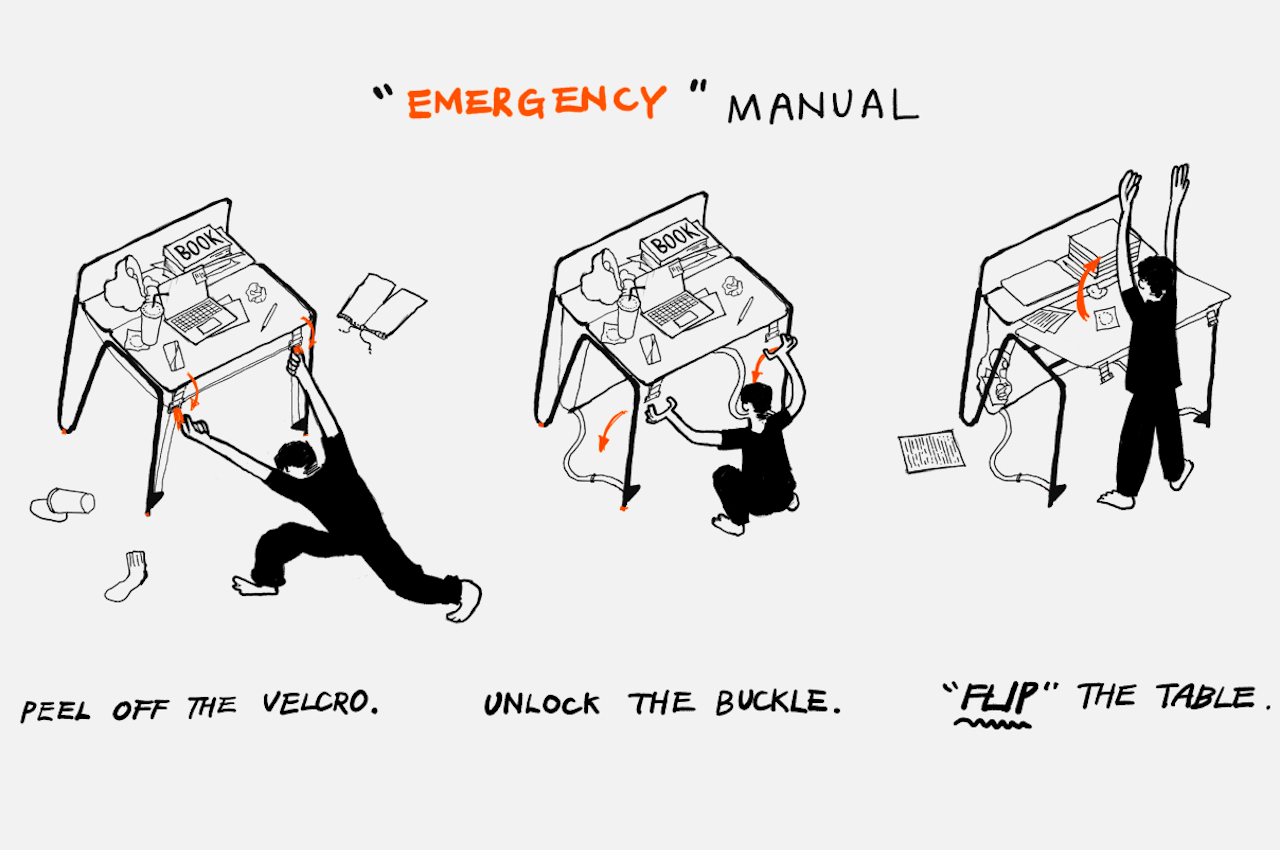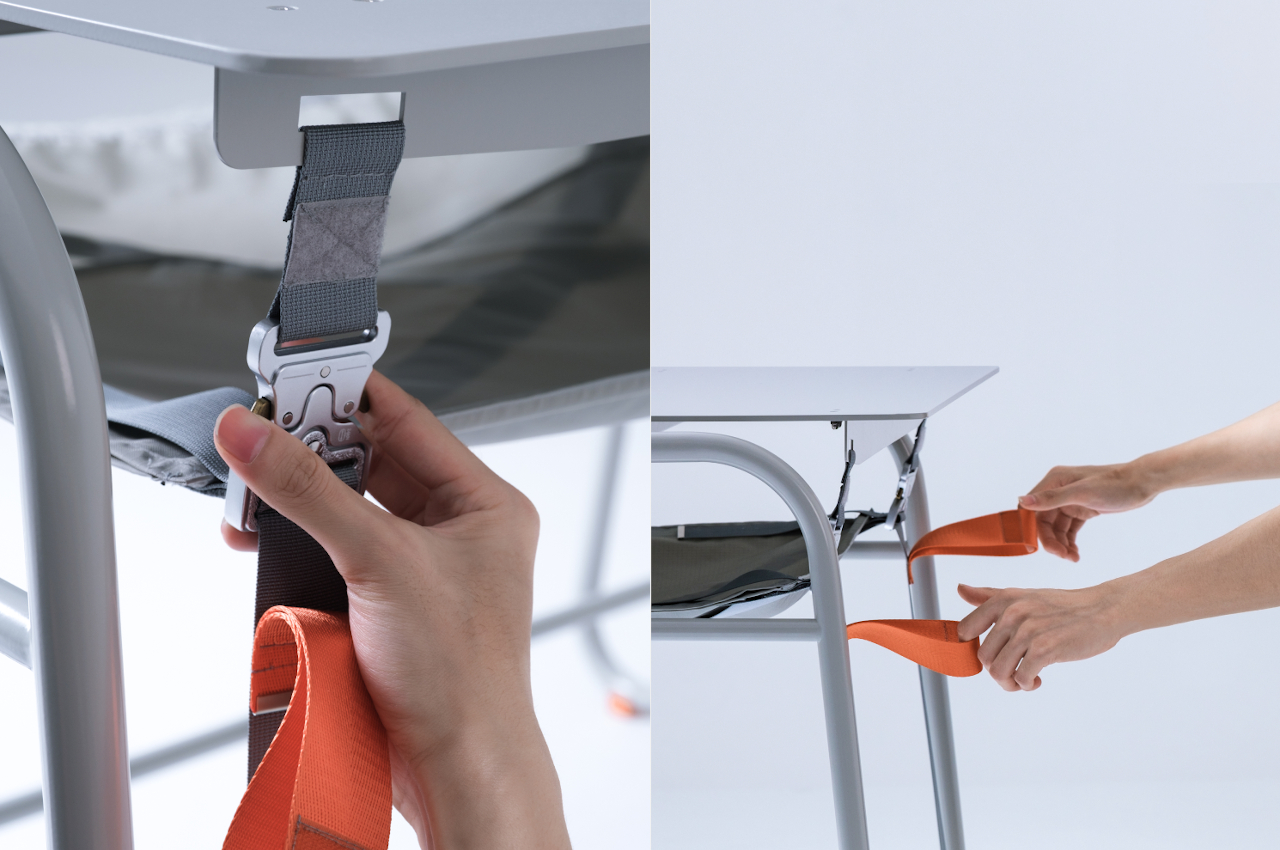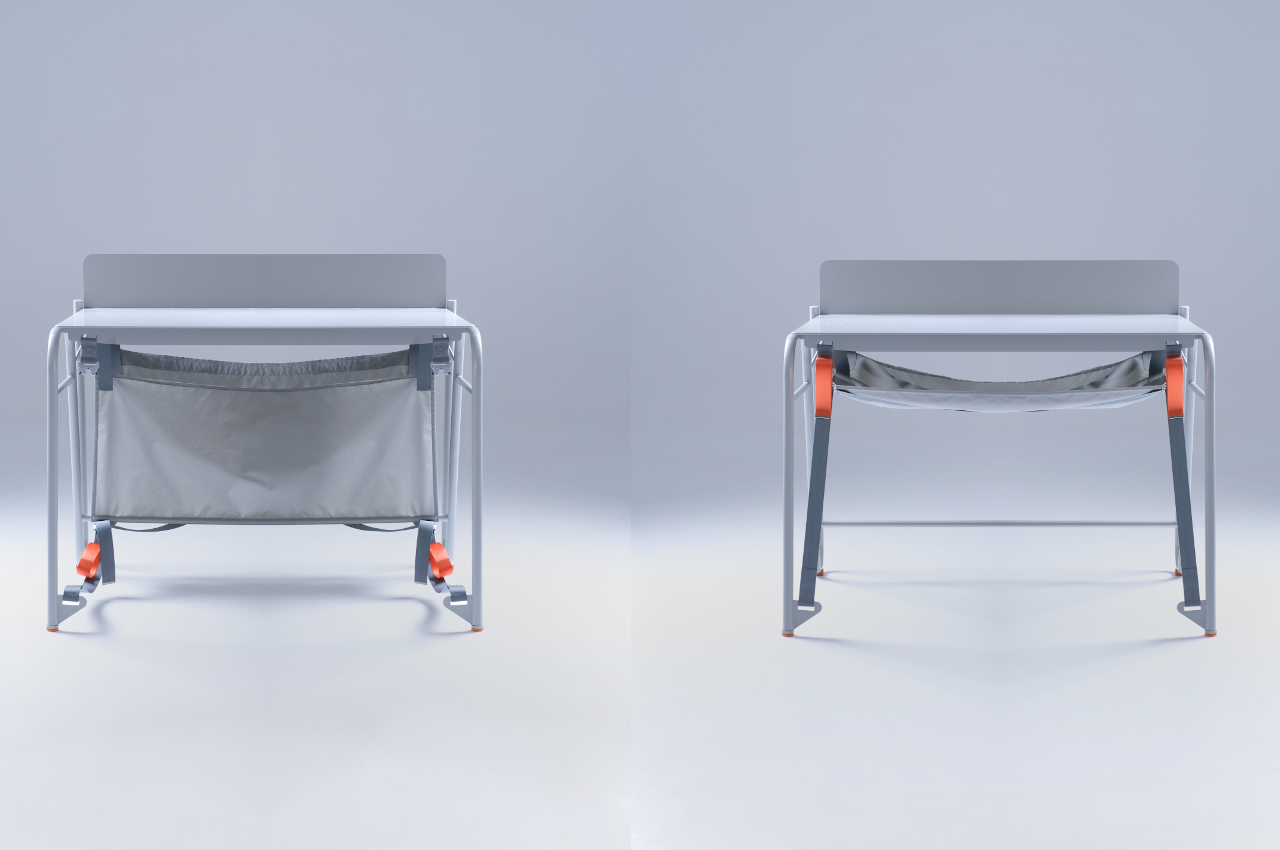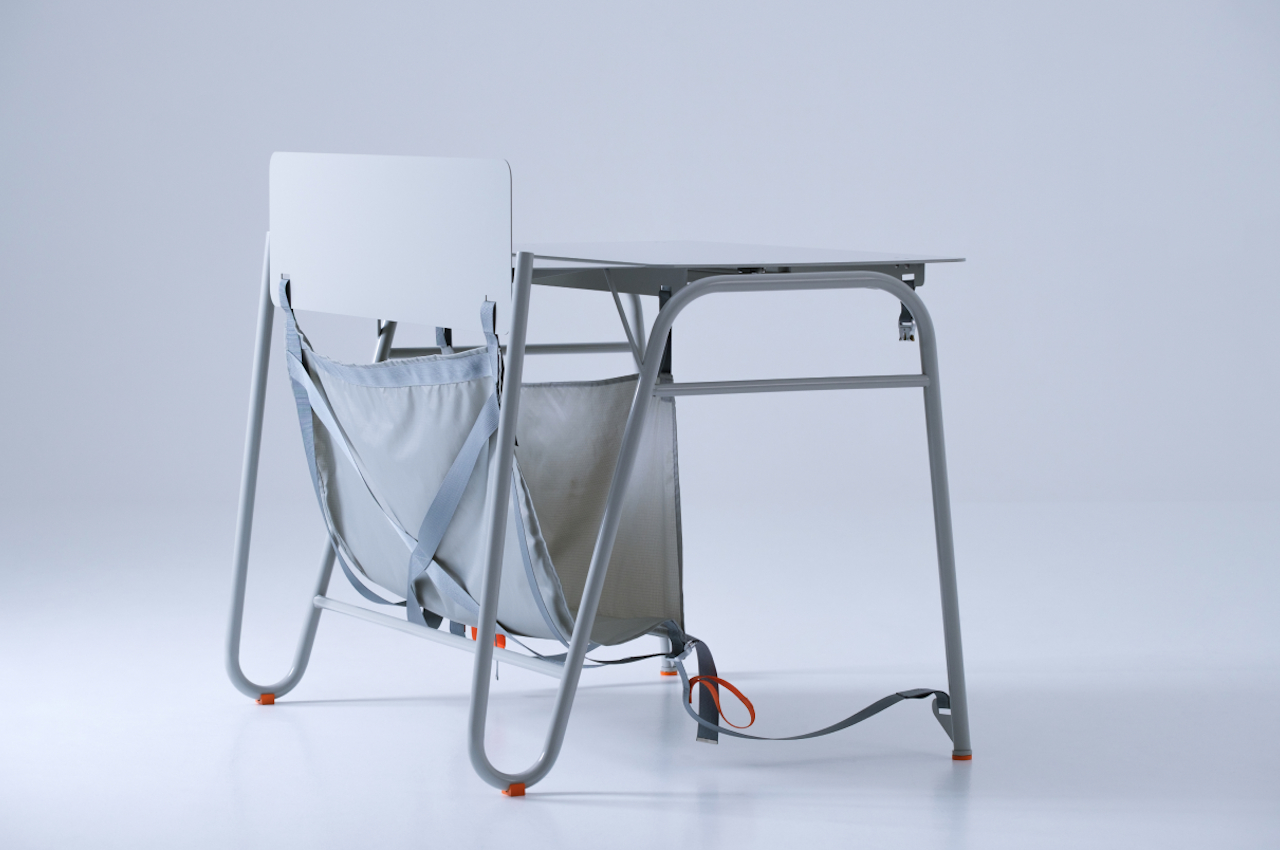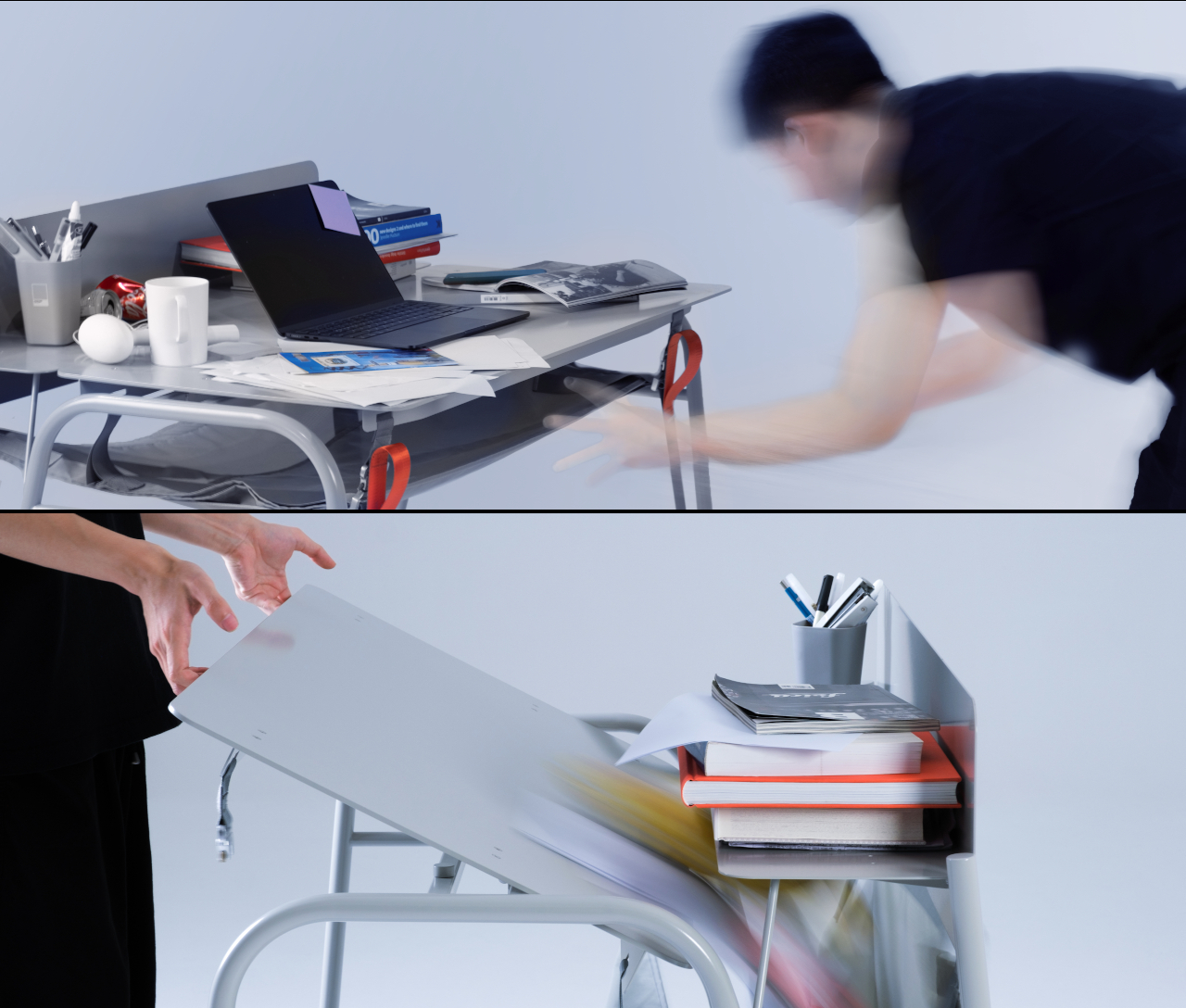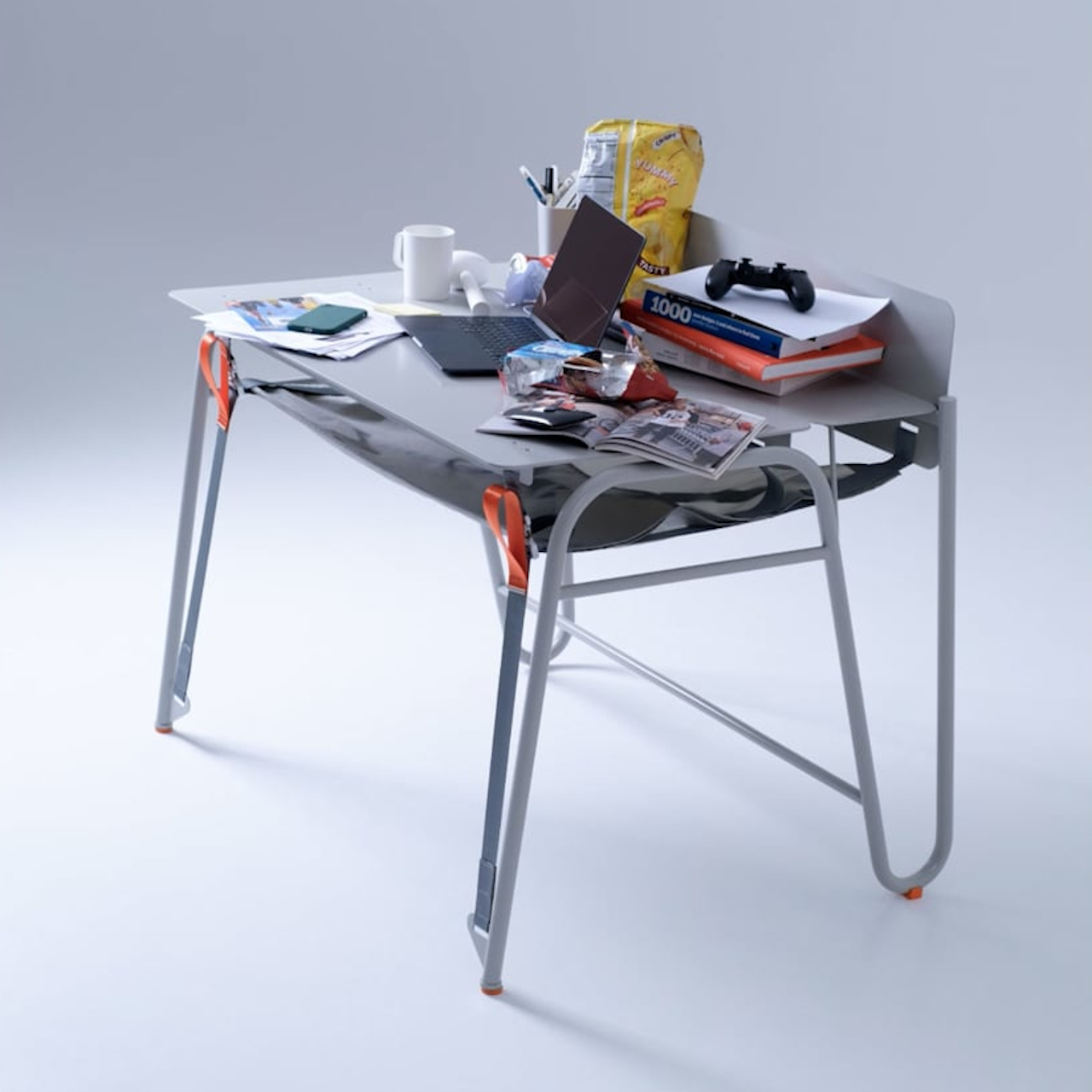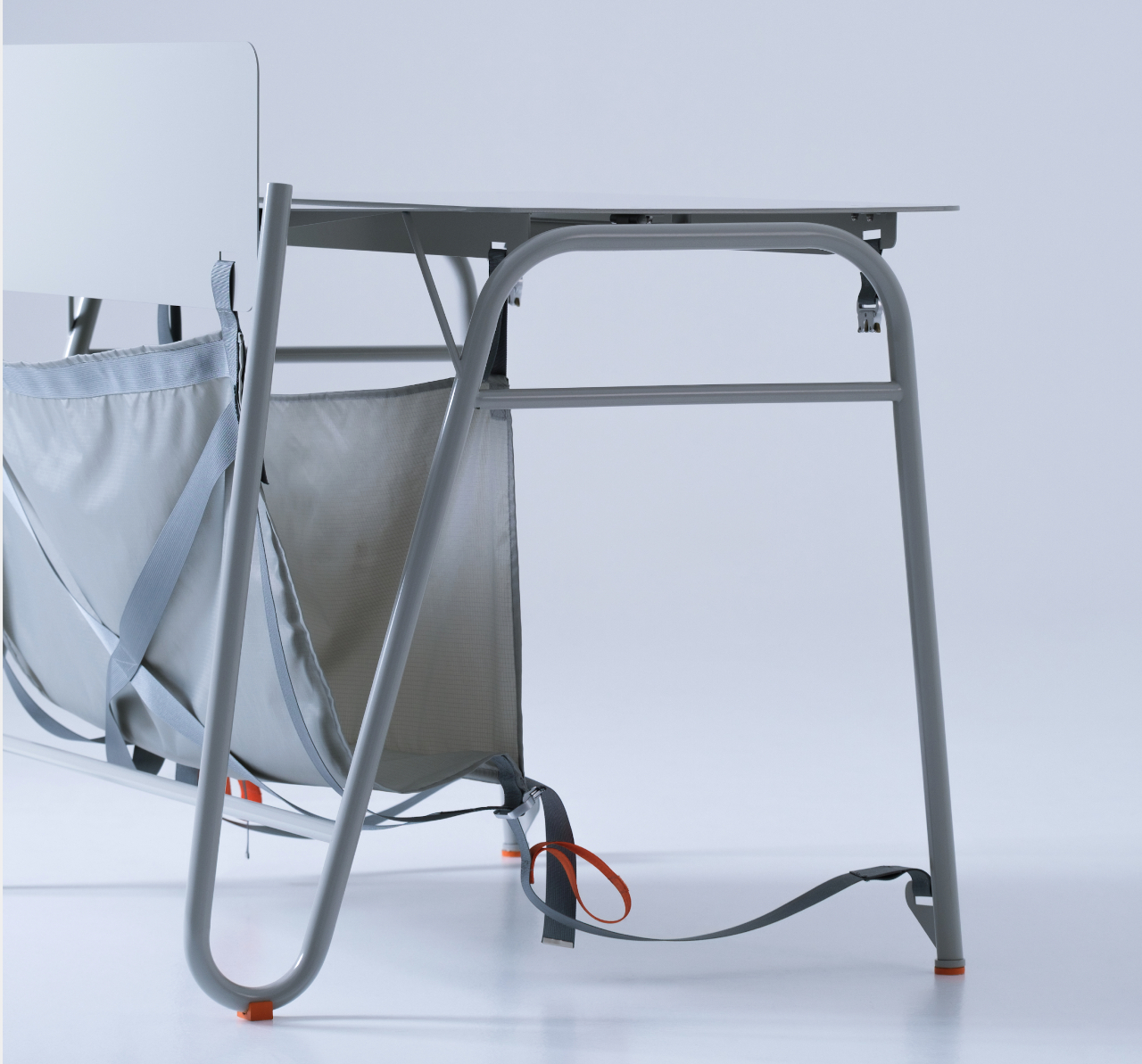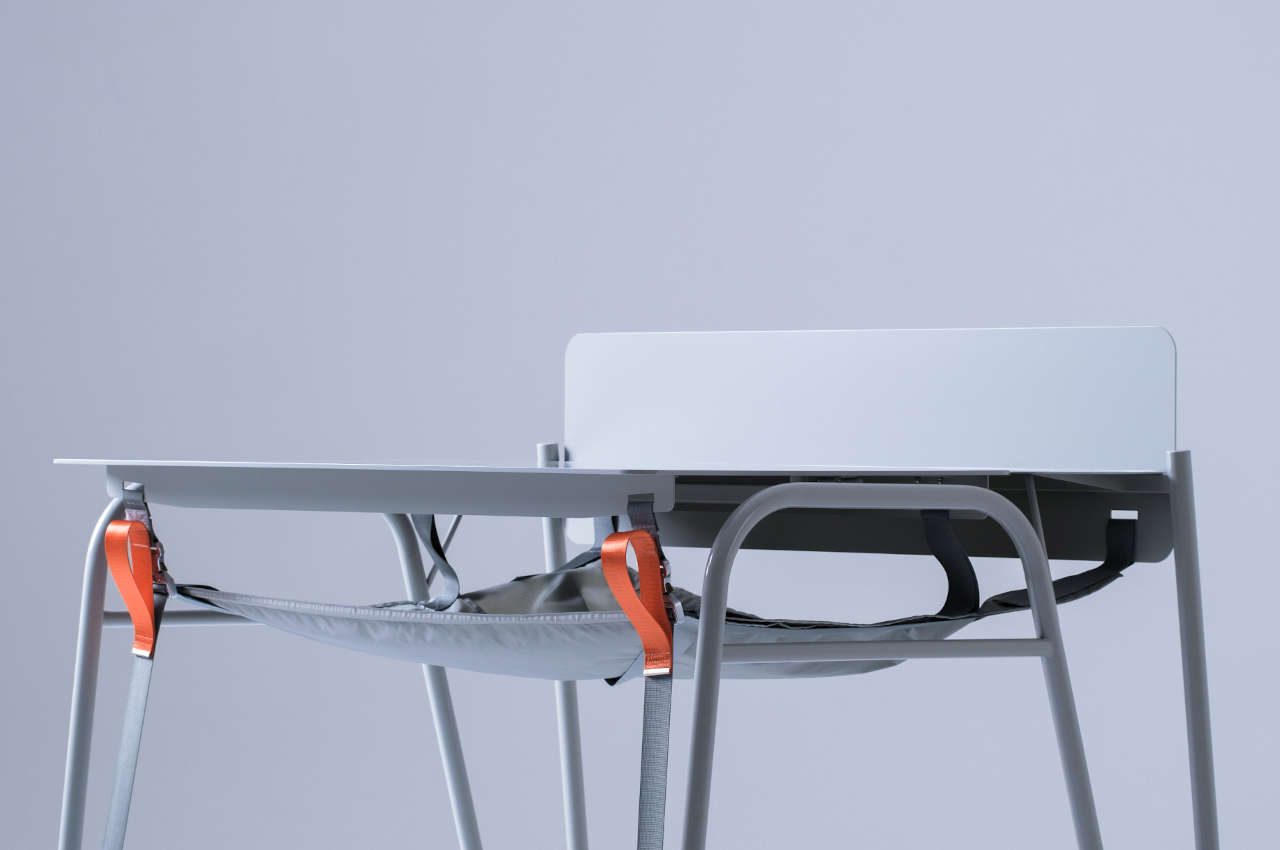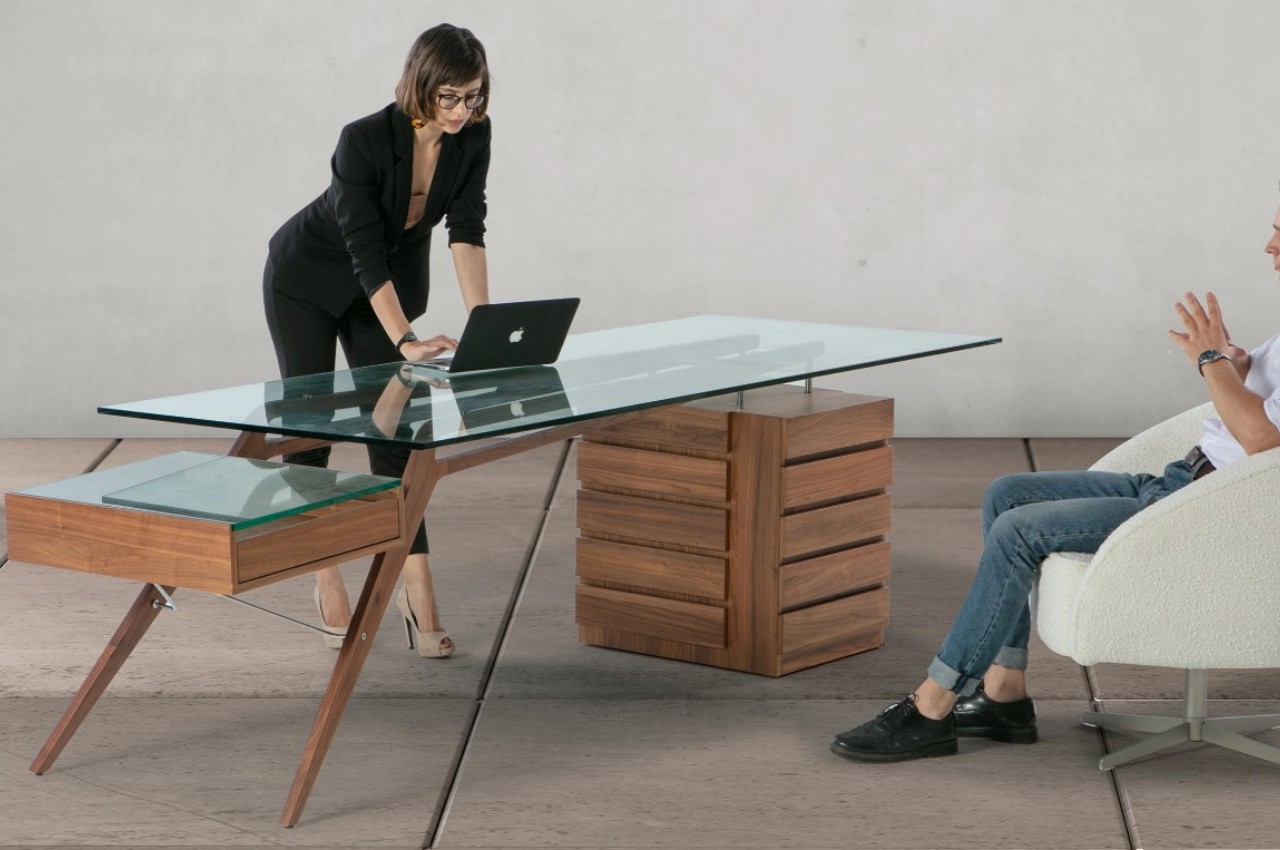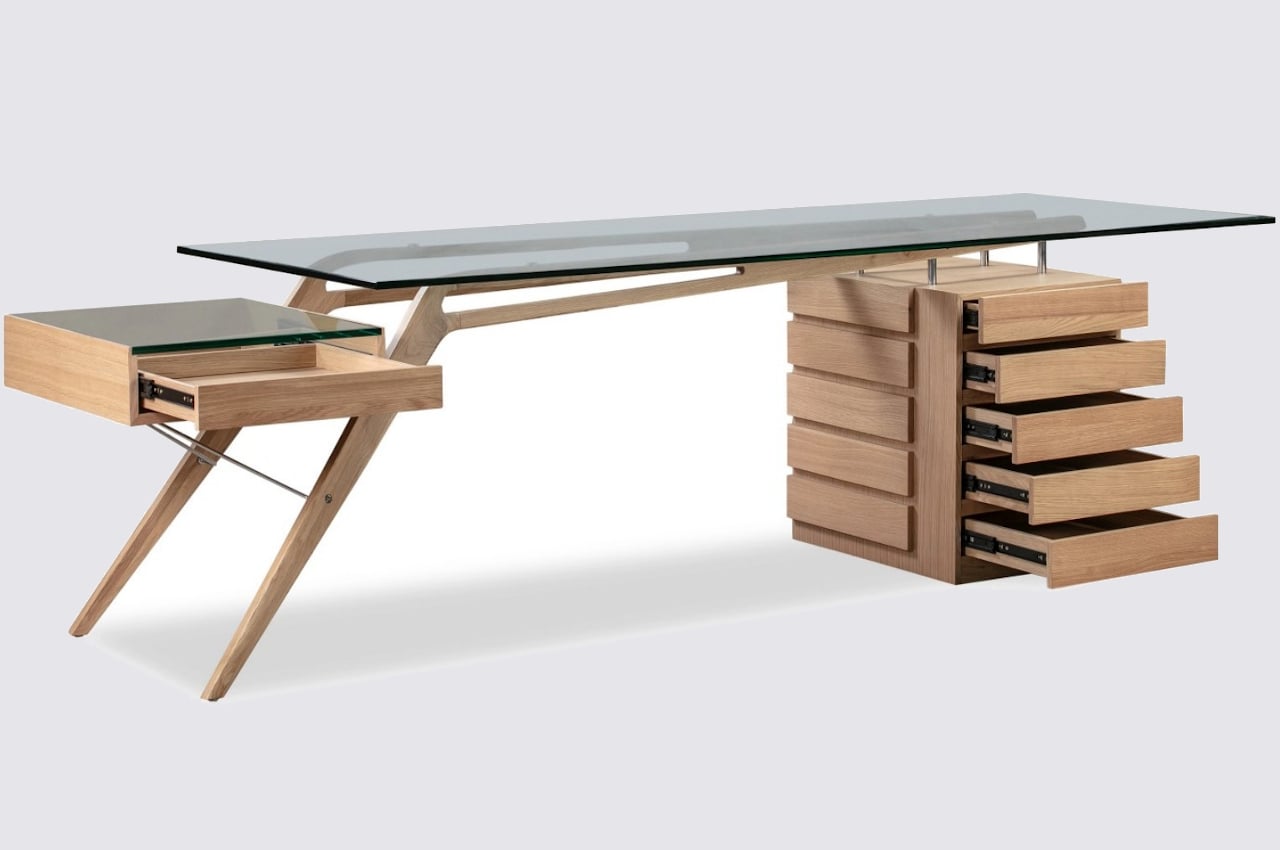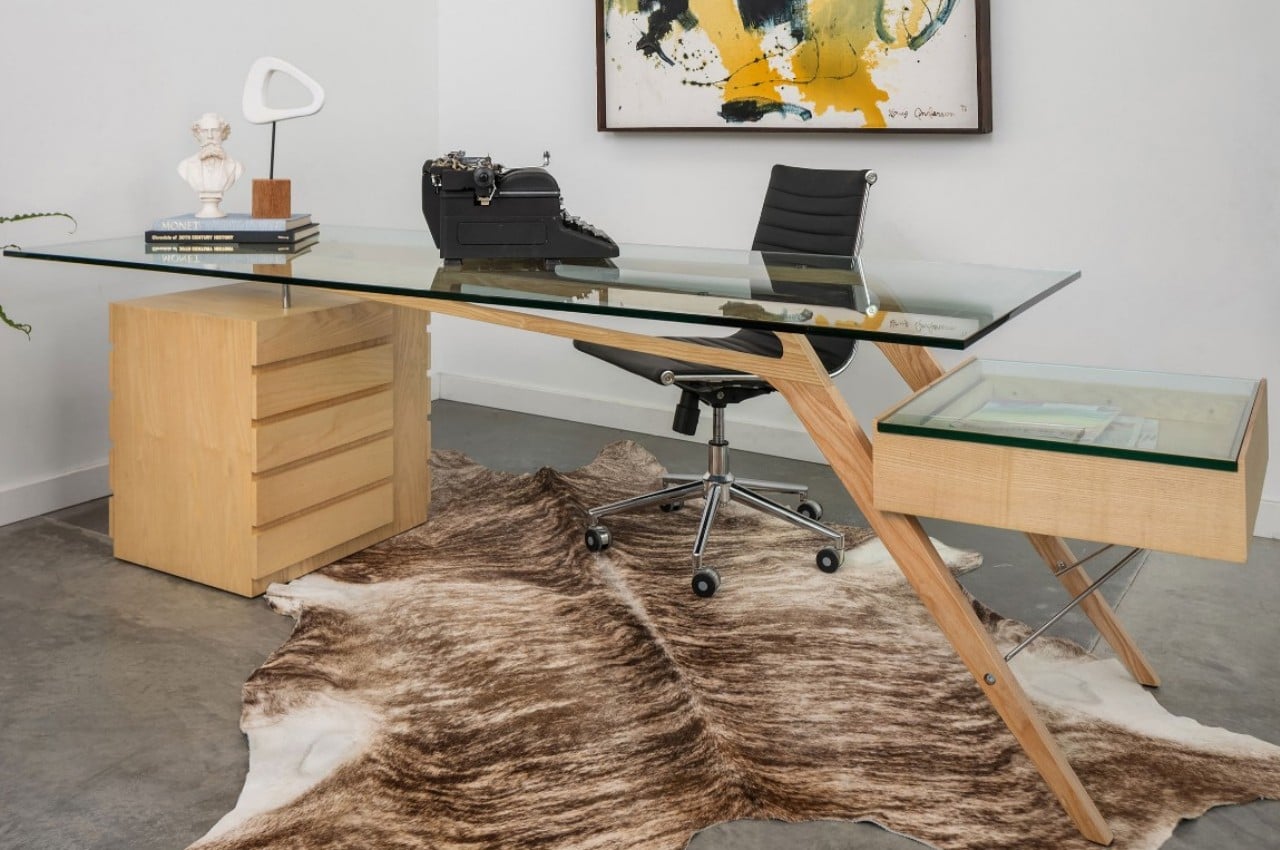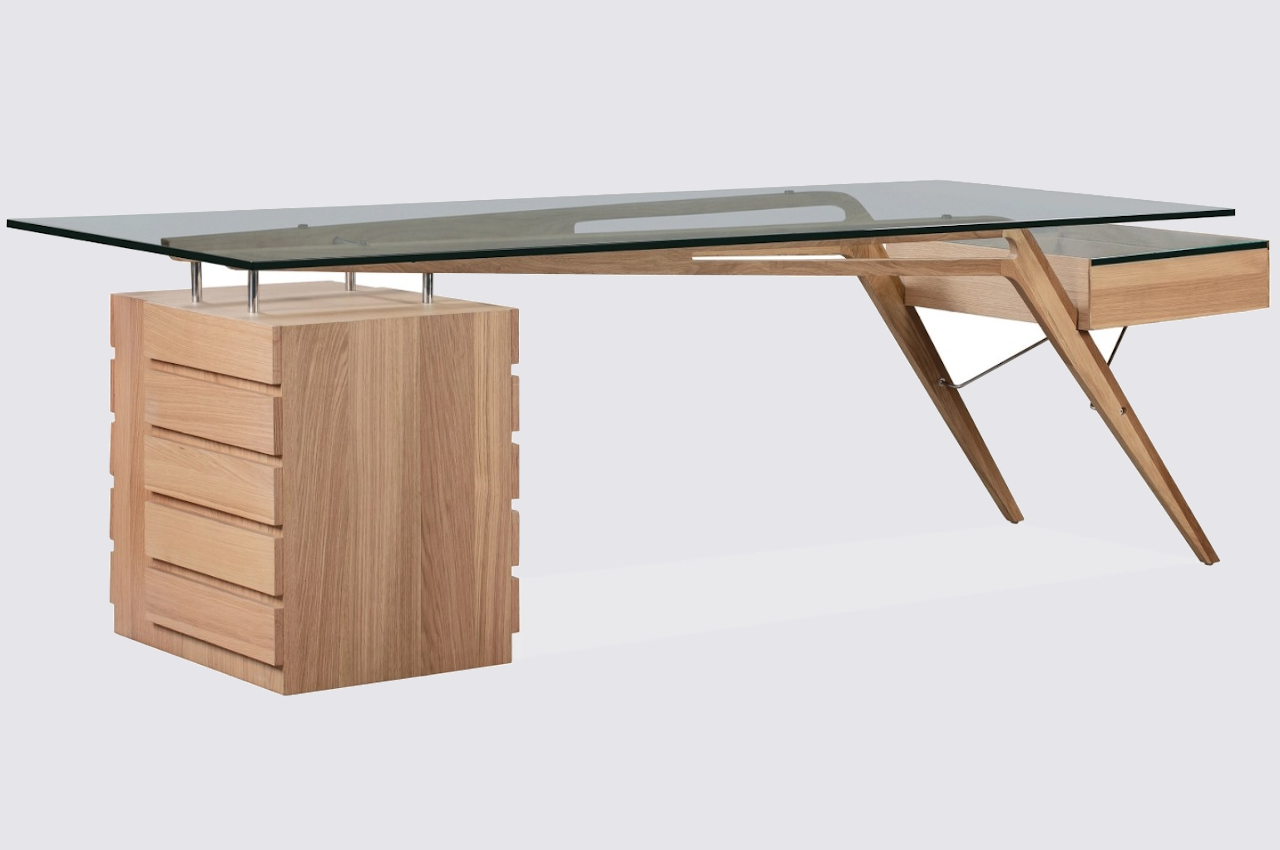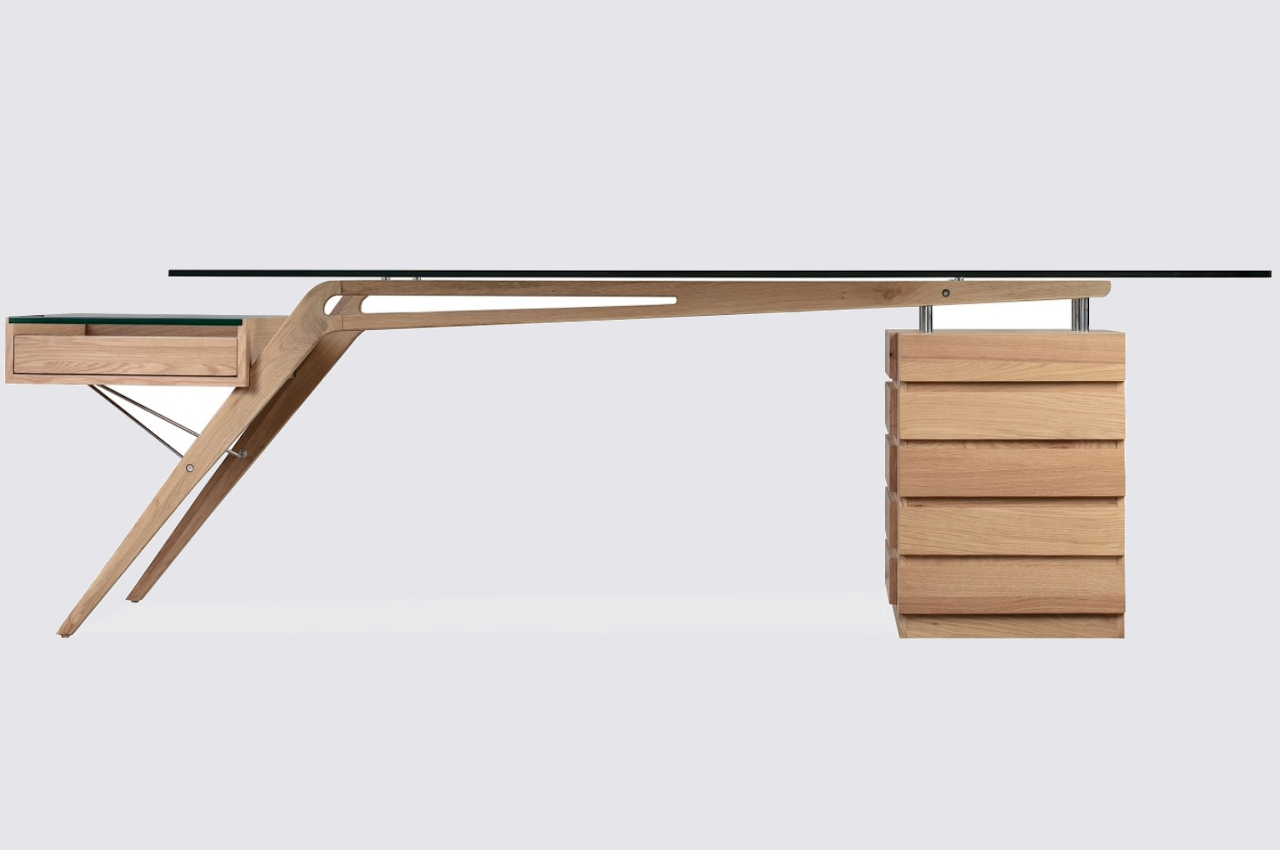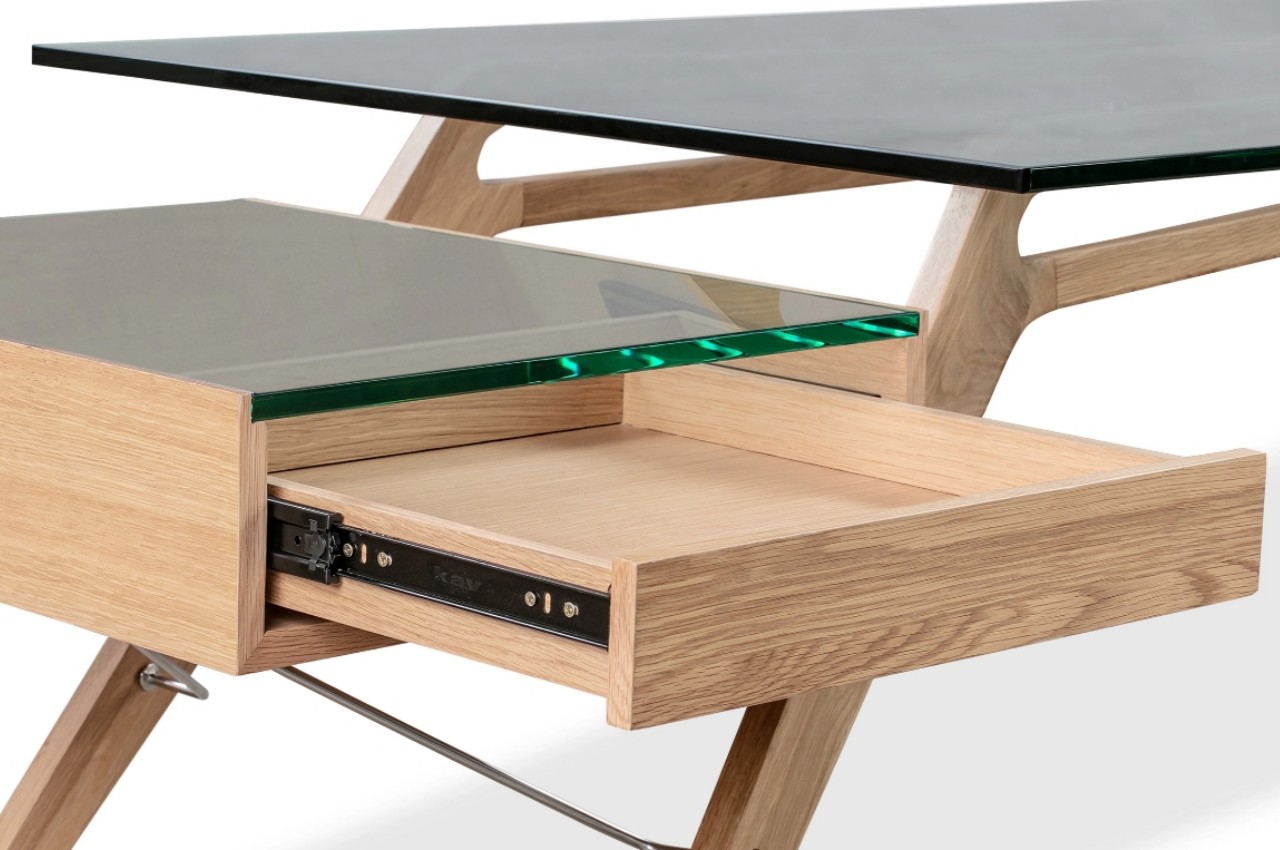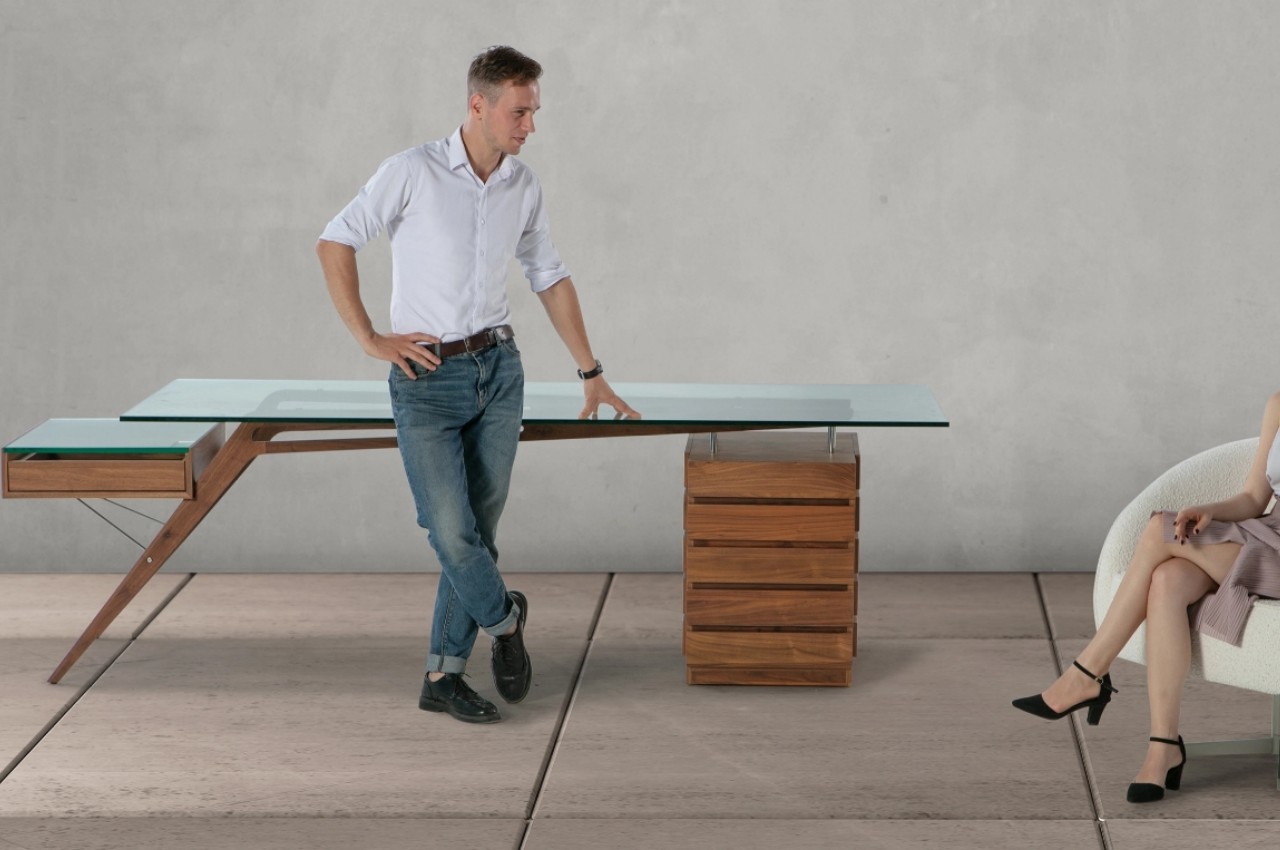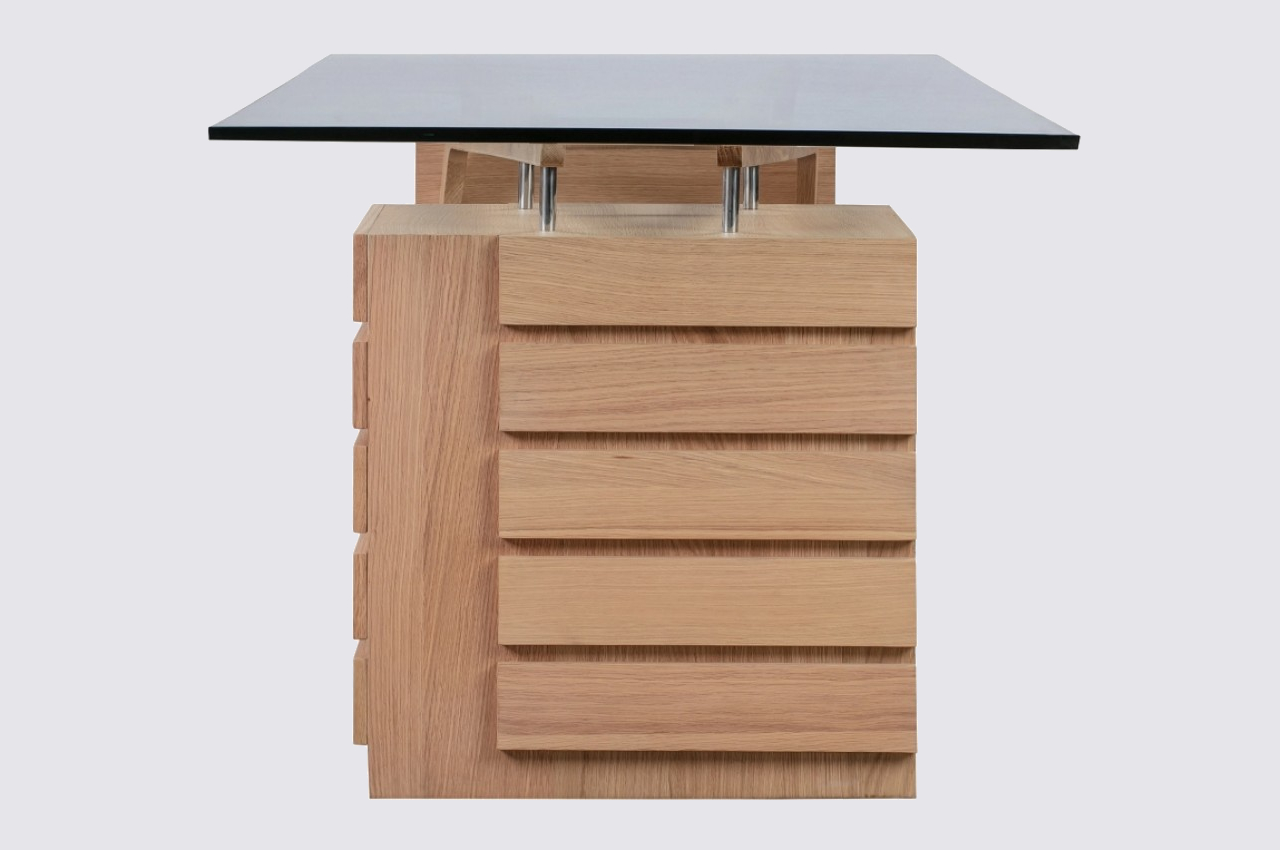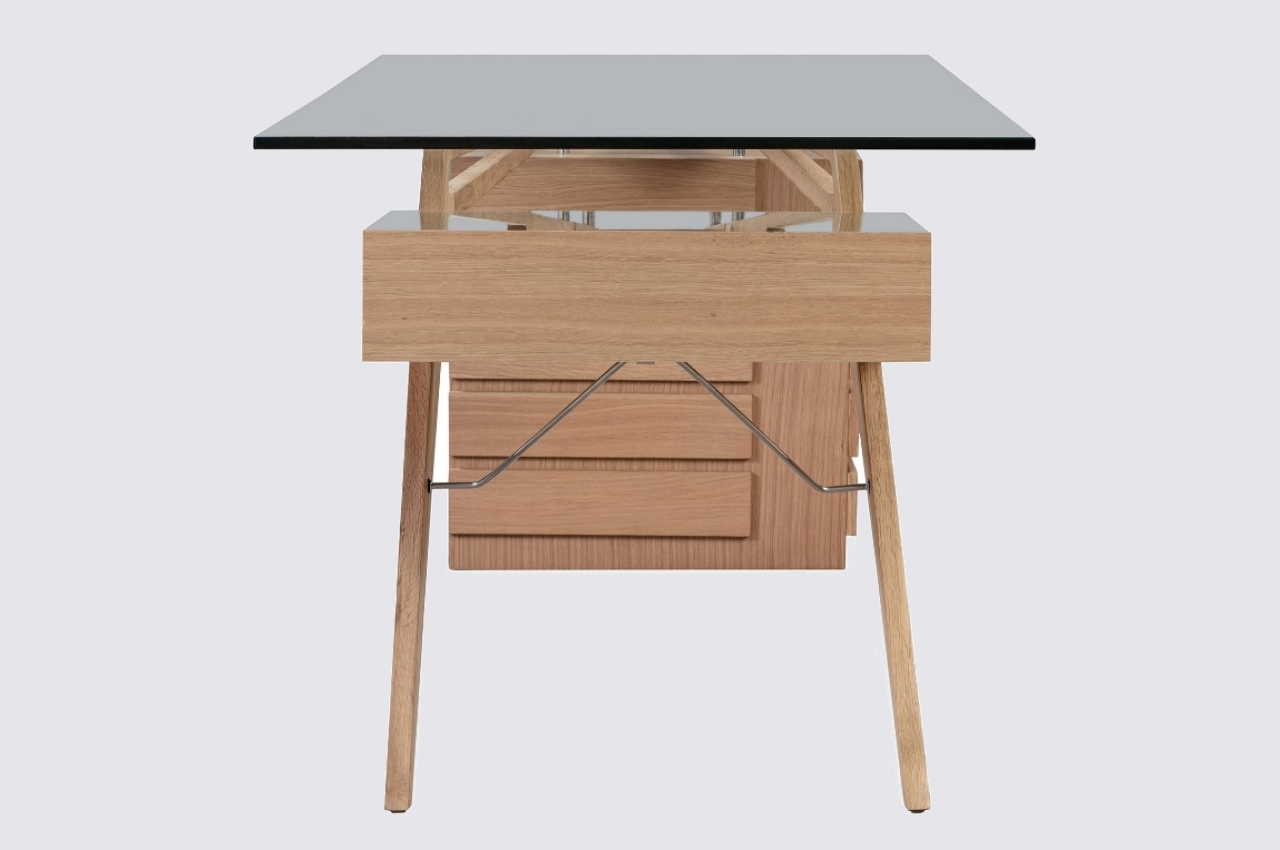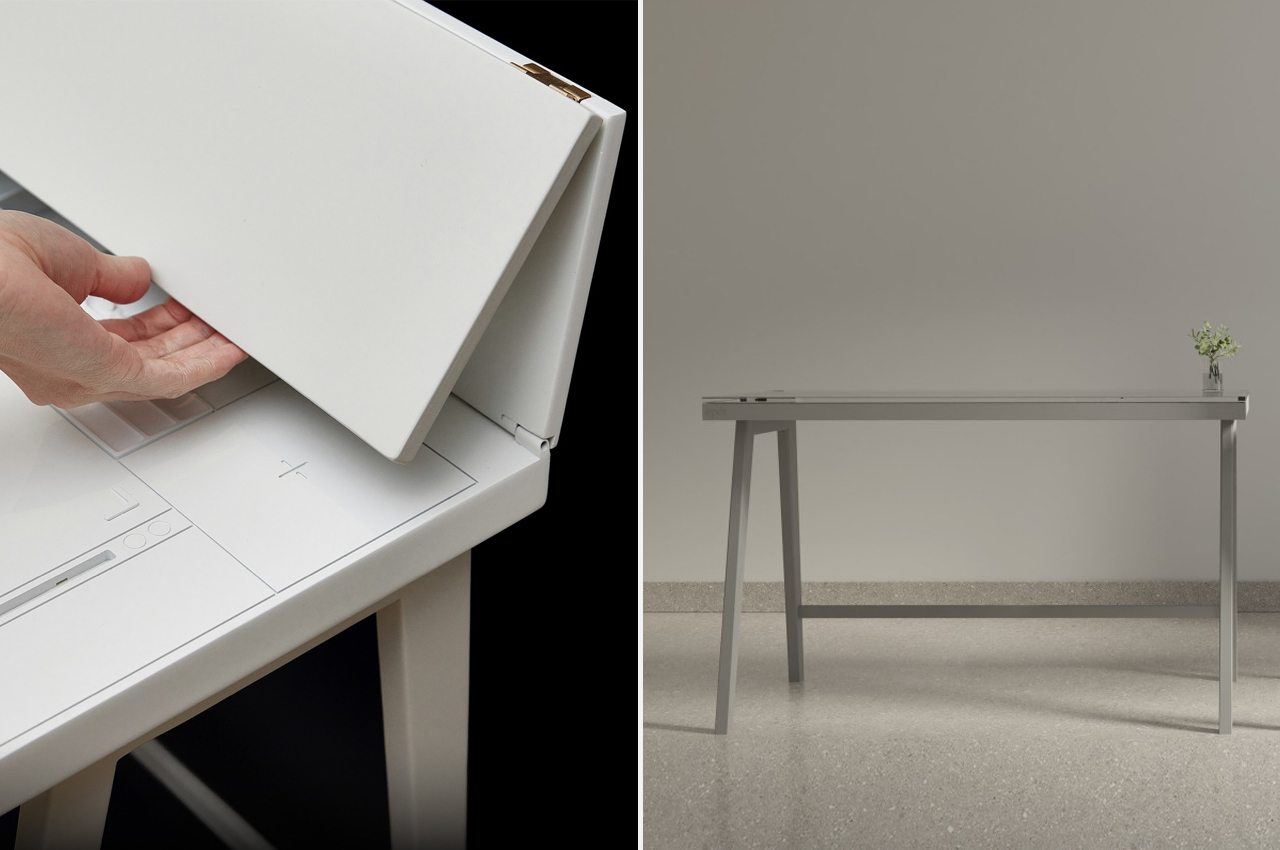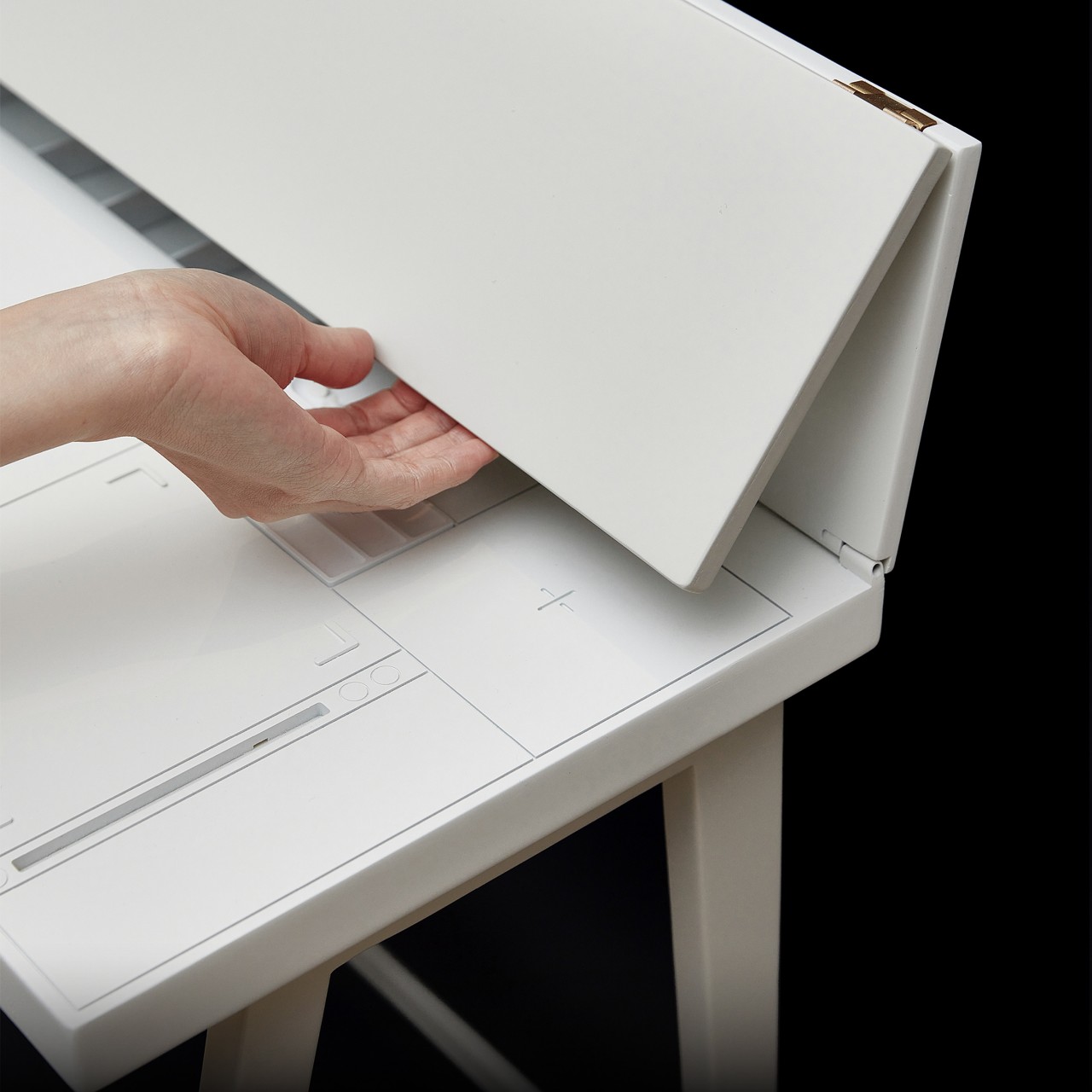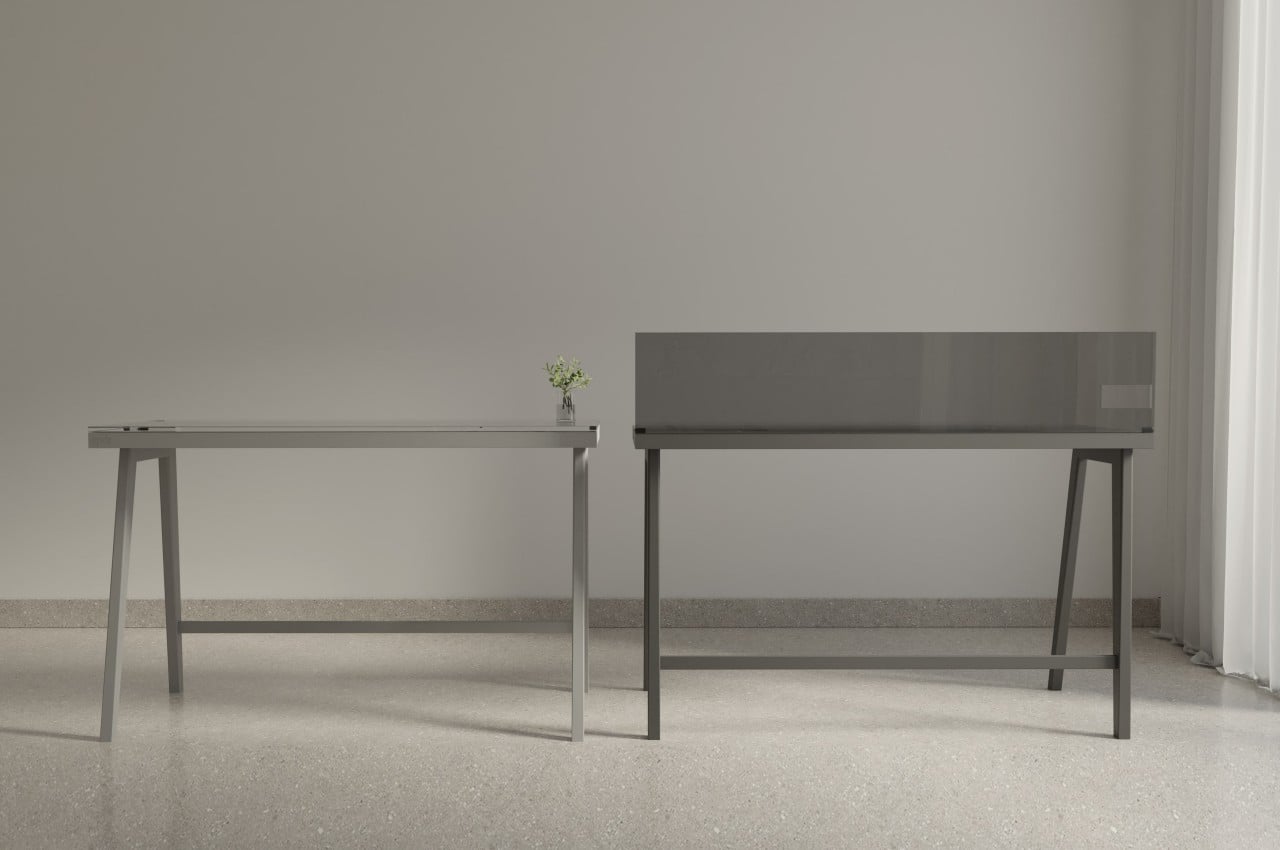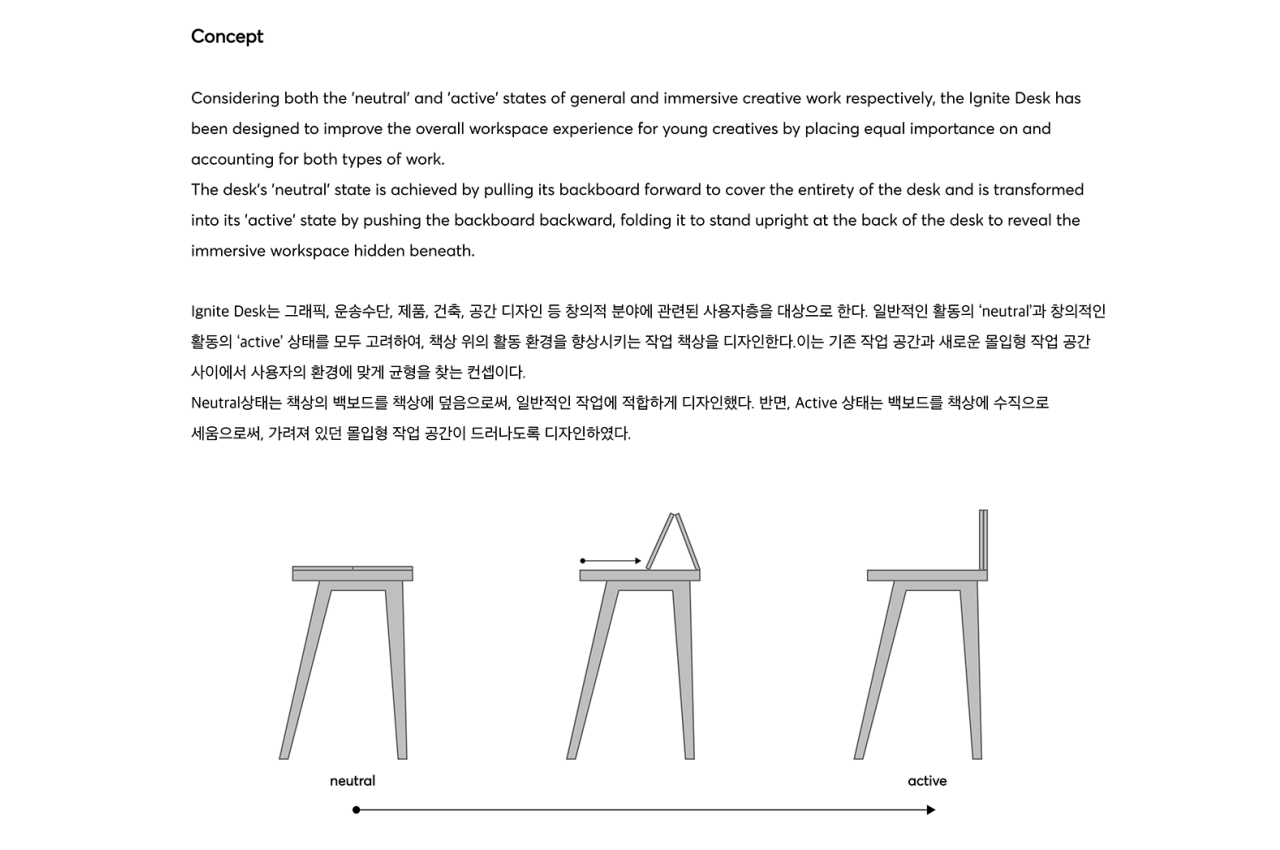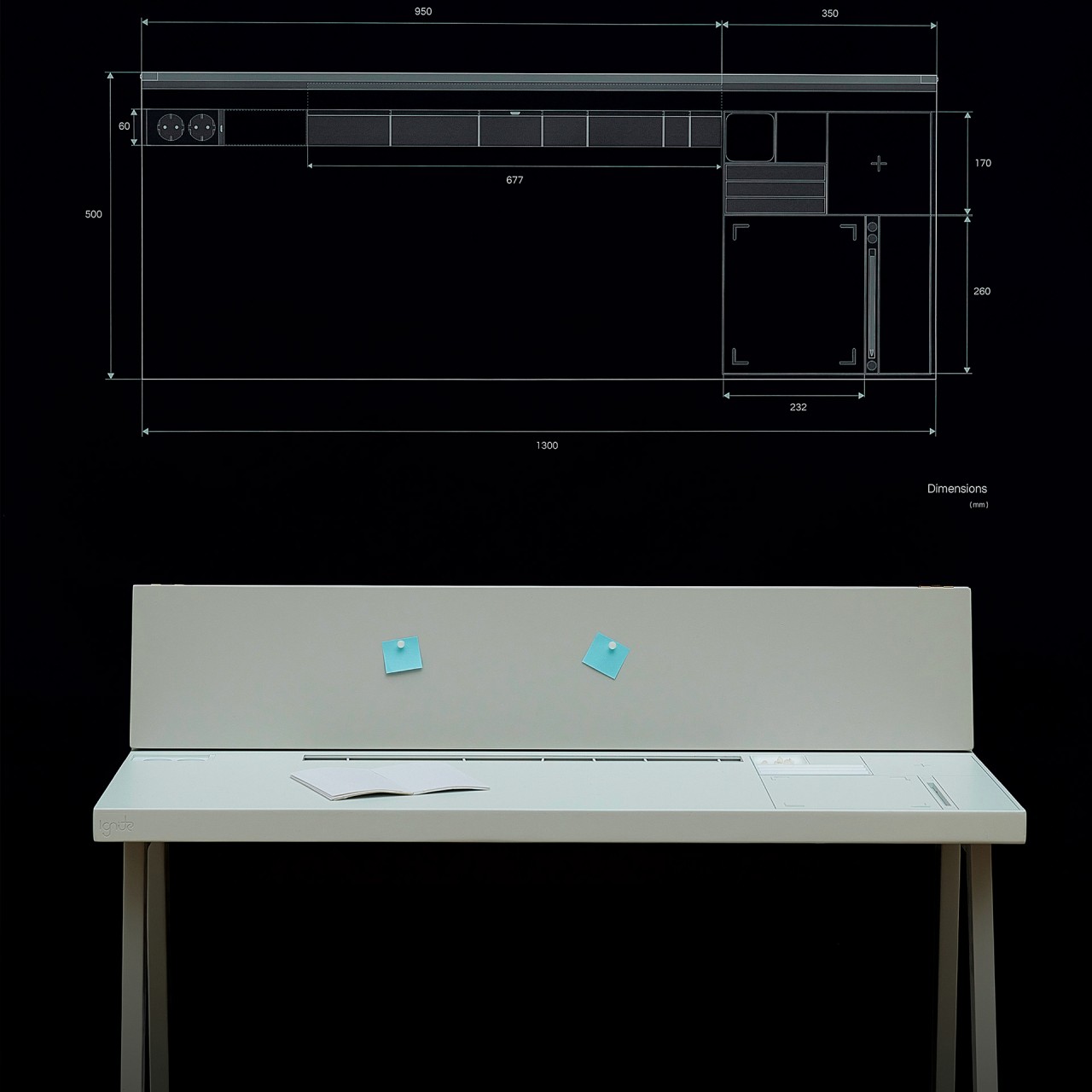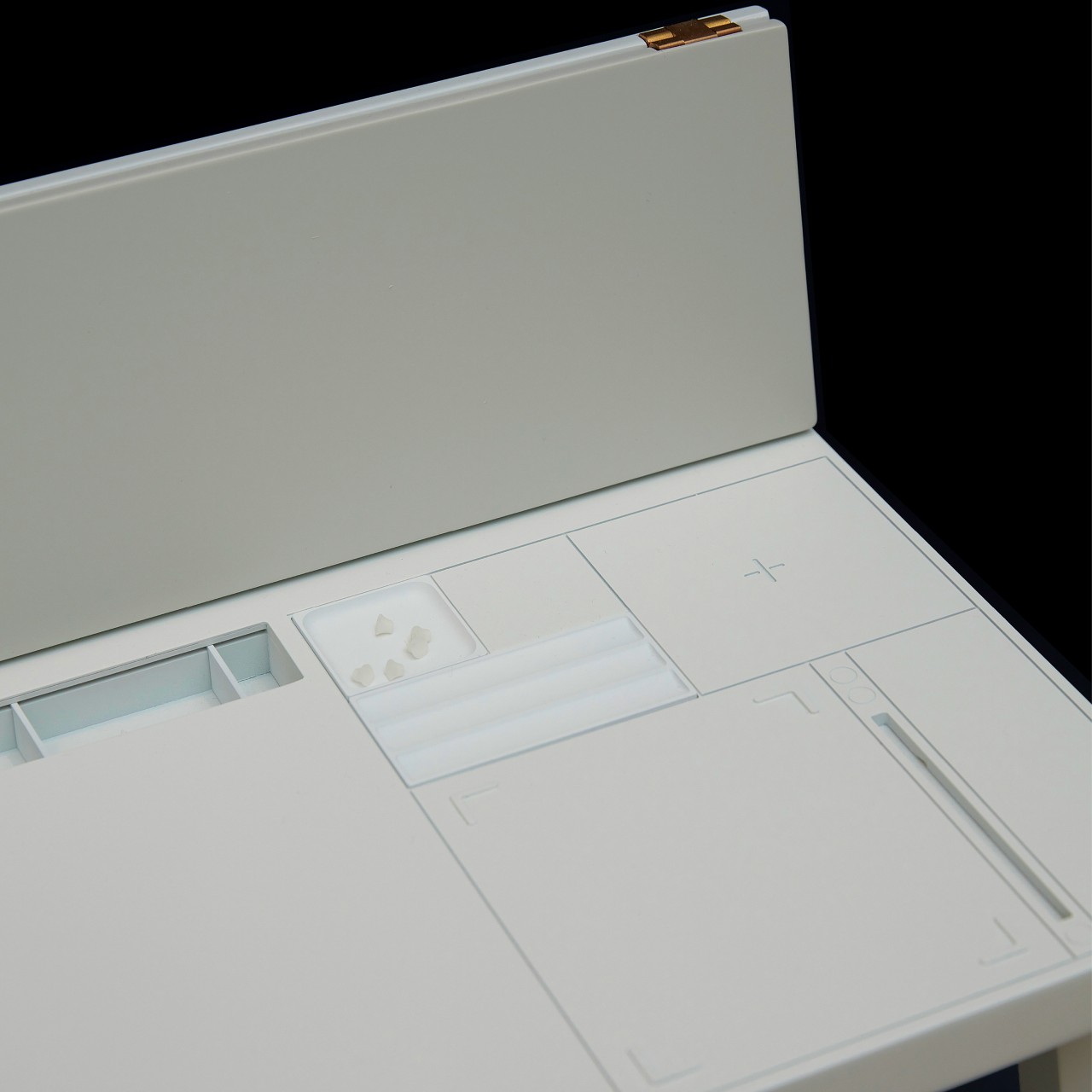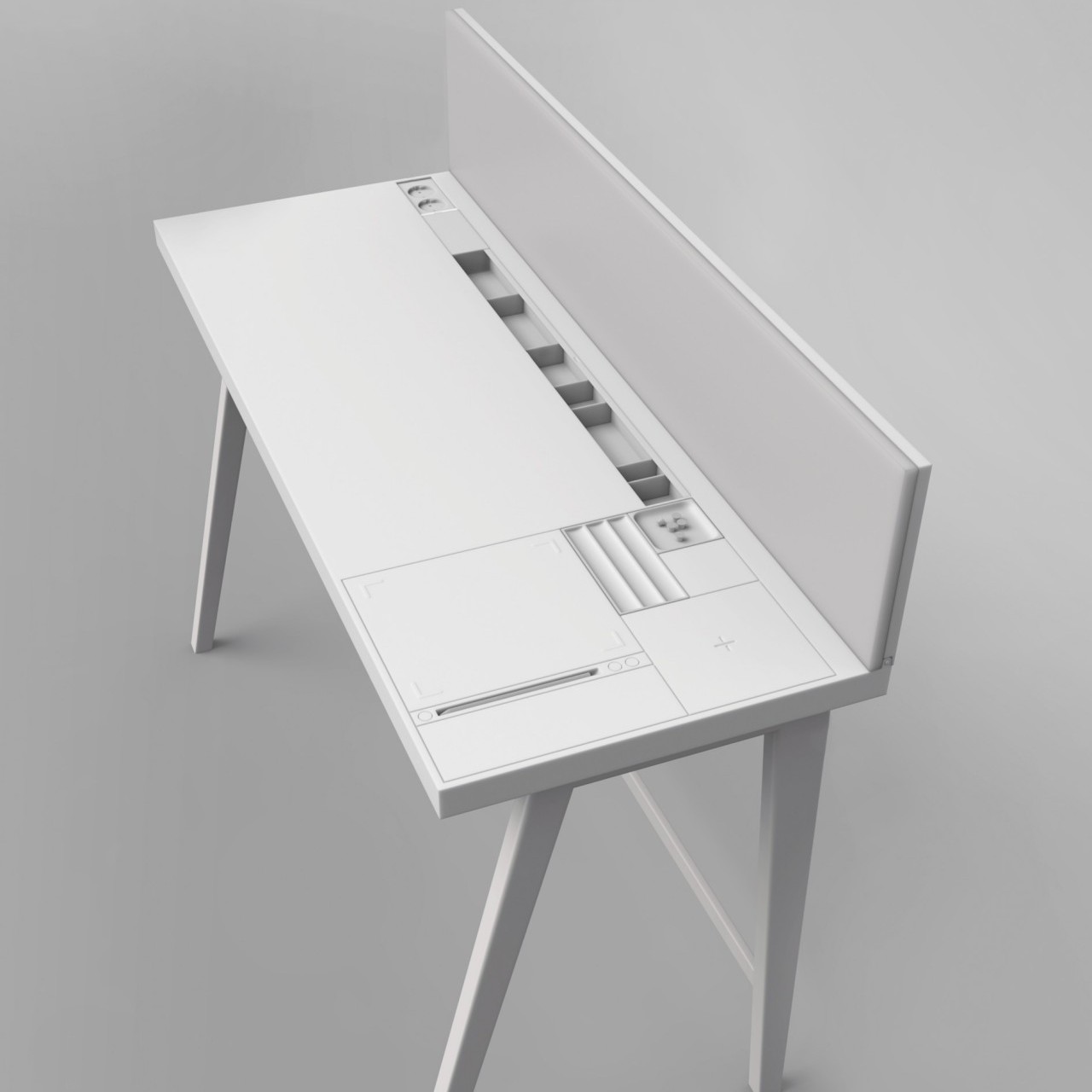
I spend a substantial amount of my day on my desk, typing away to glory. Most of the time I also end up eating my meals on it! And binge-watching on Netflix as well. And I’m sure that’s the case with most of us, since working from home became the new norm, and our home offices became our new hang-out spots. But having a great desk is really important! Simply a ‘good’ desk won’t do either. A great desk helps us work comfortably and effectively. It puts us in the right mindset, helping us achieve our daily productivity goals and checkmark all the tasks on our to-do list! Not only should our desks be clean, but they should also sport an ergonomic and functional design! And good looks are an added bonus. And finding a desk that does all of the above can be a Herculean task. But worry not! We’ve curated a collection of innovative, highly functional, and aesthetically pleasing desk designs, that will end your hunt for a great desk once and for all! From an IKEA-worthy minimal foldaway desk to a convertible standing desk that doesn’t use motors to change forms – there’s a perfect desk in here for everyone.
1. The Flow Wall Desk


The Flow Wall Desk is a great piece of office furniture for those spaces that aren’t quite large. It’s the kind of furniture piece that is both functional and decorative, but at the same time maintains a rather simple design philosophy and is sustainable as well!
Why is it noteworthy?
The Flow Wall Desk is something that might be able to fit all of those requirements for a piece of furniture. When “stored” and folded up, it looks like a piece of art on your wall with its minimalist, geometric shapes. Initially, it’s a flat canvas and when you unfold it, it looks like a “spiraling caterpillar” and you realize that it is turning into a desk where you can work, read, or write in your journal.
What we like
- Multifunctional design
- Sustainable
- Features a flatpack form
What we dislike
- Folding and unfolding the desk whenever you need to use it means we can’t have a constant setup
2. The Axis Desk
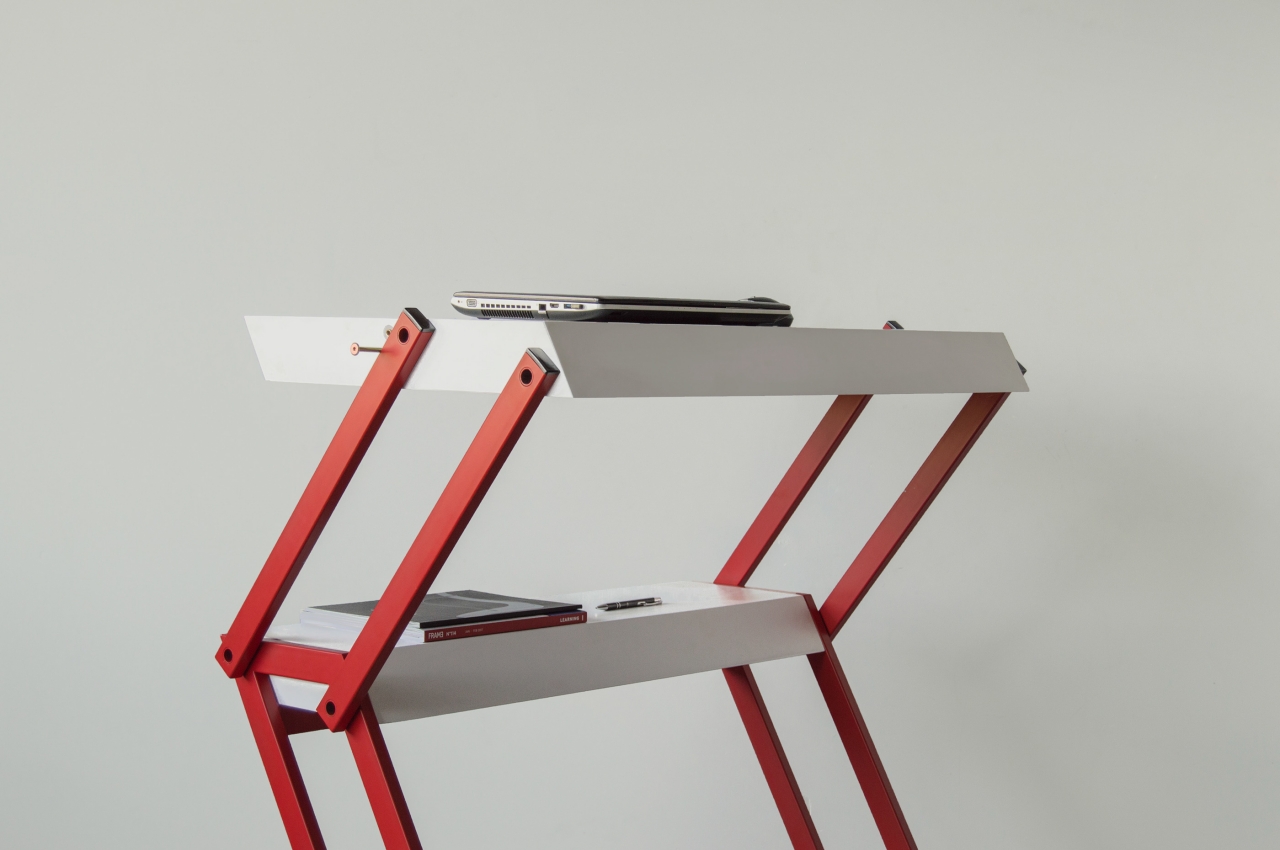
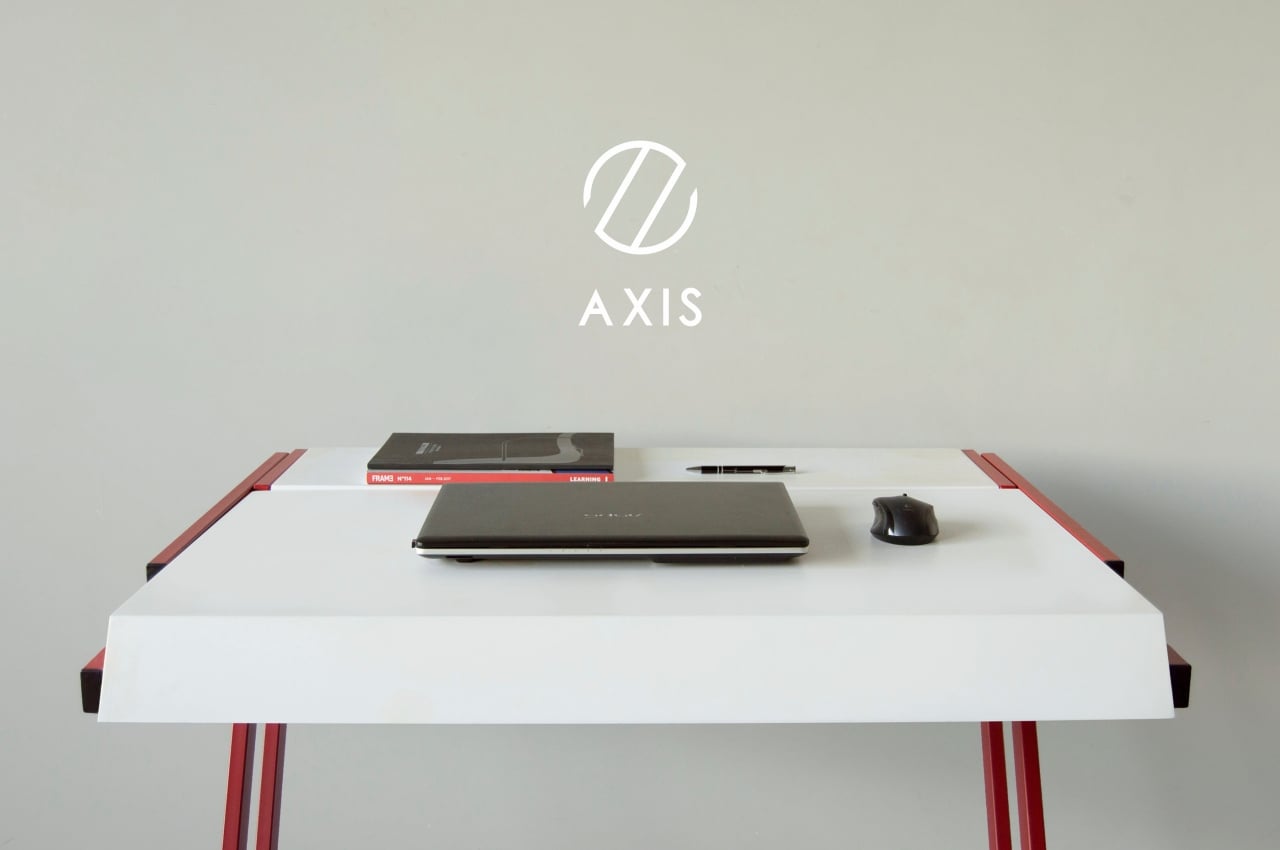
With this more mechanical standing desk concept, you can enjoy the benefits of a healthier working lifestyle without breaking your back or your bank.
Why is it noteworthy?
The Axis concept uses a simple axis mechanism, hence the name, to move the larger desk surface up or down as needed. As a bonus, part of the desk actually remains in position and is a good place to put items you’re less likely to move, like supplies or desk organizers. It can even be a temporary bookshelf that stays in the back of your desk when sitting or beneath the table when standing.
What we like
- The simplicity of this system means that manufacturers can keep the number of parts and materials down to a minimum
- Sustainable materials can be used since it has no need for electronics or even plastics
- Replacement parts could be easier to purchase, too, presuming owners themselves can’t make those out of standardized design
What we dislike
3. teenage engineering Field Desk
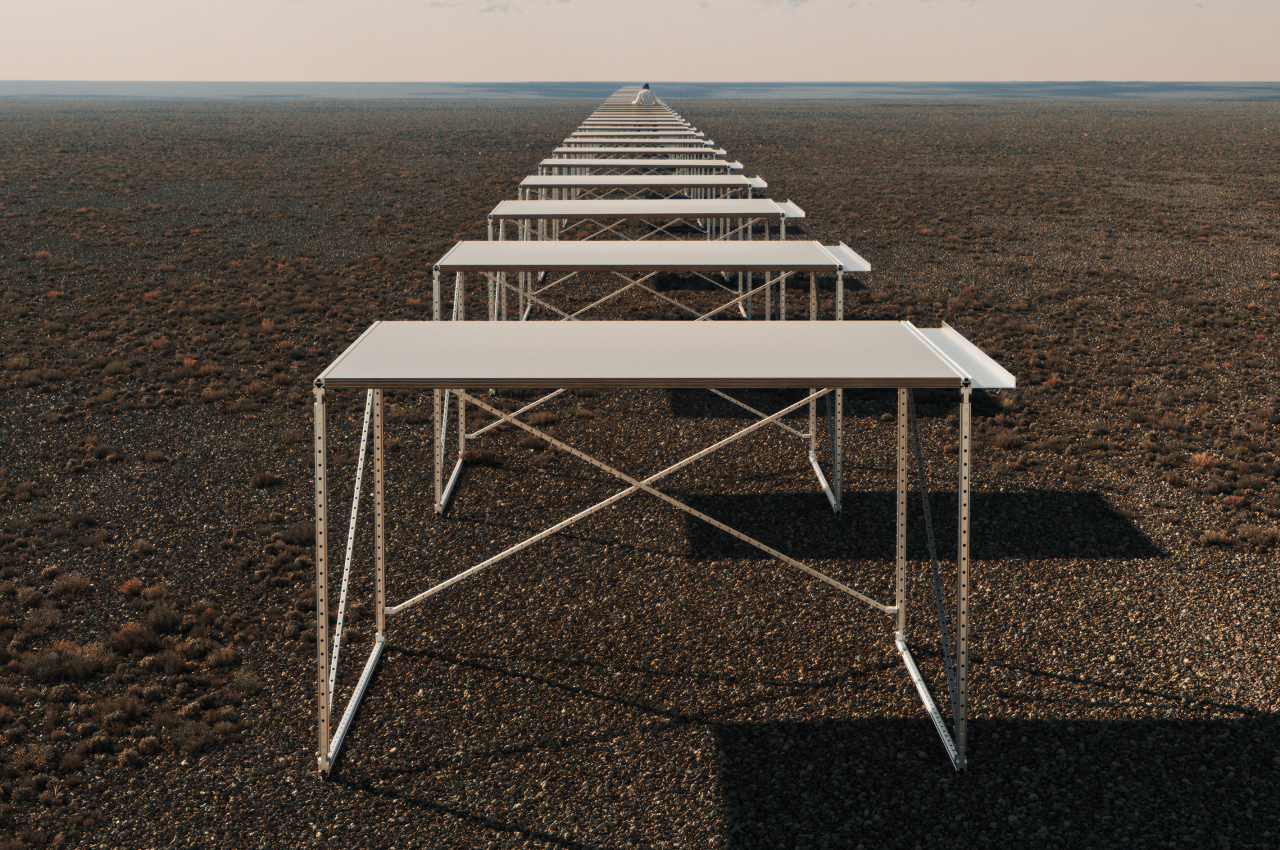
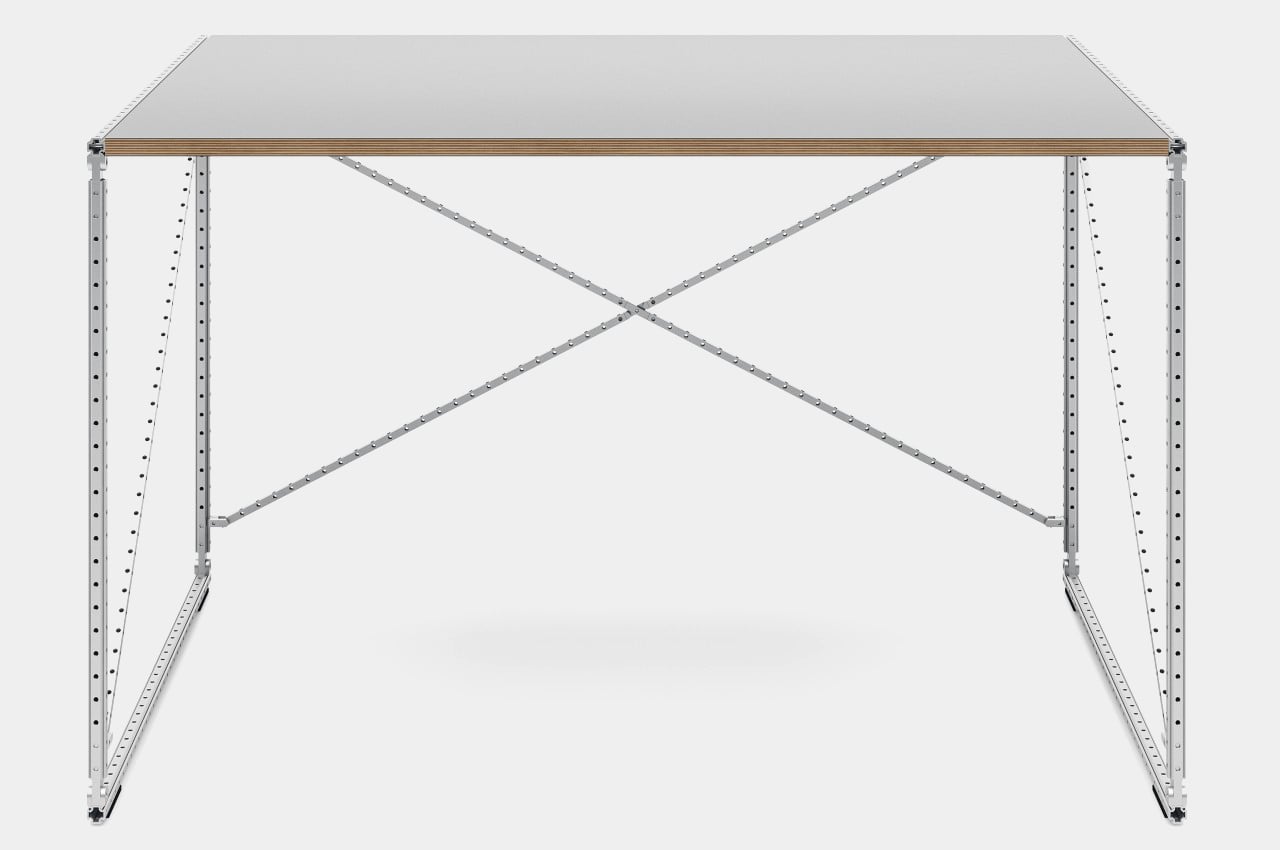
Modular furniture, however, also brings its own kind of complexity, especially since it might lock you down into a specific way of doing things or storing your stuff. teenage engineering, better known for its funky-looking electronic music products, is offering a solution that its own workforce uses, providing nothing but the framework to which modules can attach later on as the owner sees fit.
Why is it noteworthy?
This table is the very same table that teenage engineering uses, so there has to be some trick to its simplicity. That trick is what it calls its “field rail system,” an open-ended range of interconnecting aluminum rails that enables attaching modules or additional parts to a piece of furniture like the field desk.
What we like
- Allows their employees to design their own workspace according to their needs and tastes
- All rails and clamps are made with 75% recycled aluminum by Scandinavian manufacturer Hydro
What we dislike
4. The Flip Desk
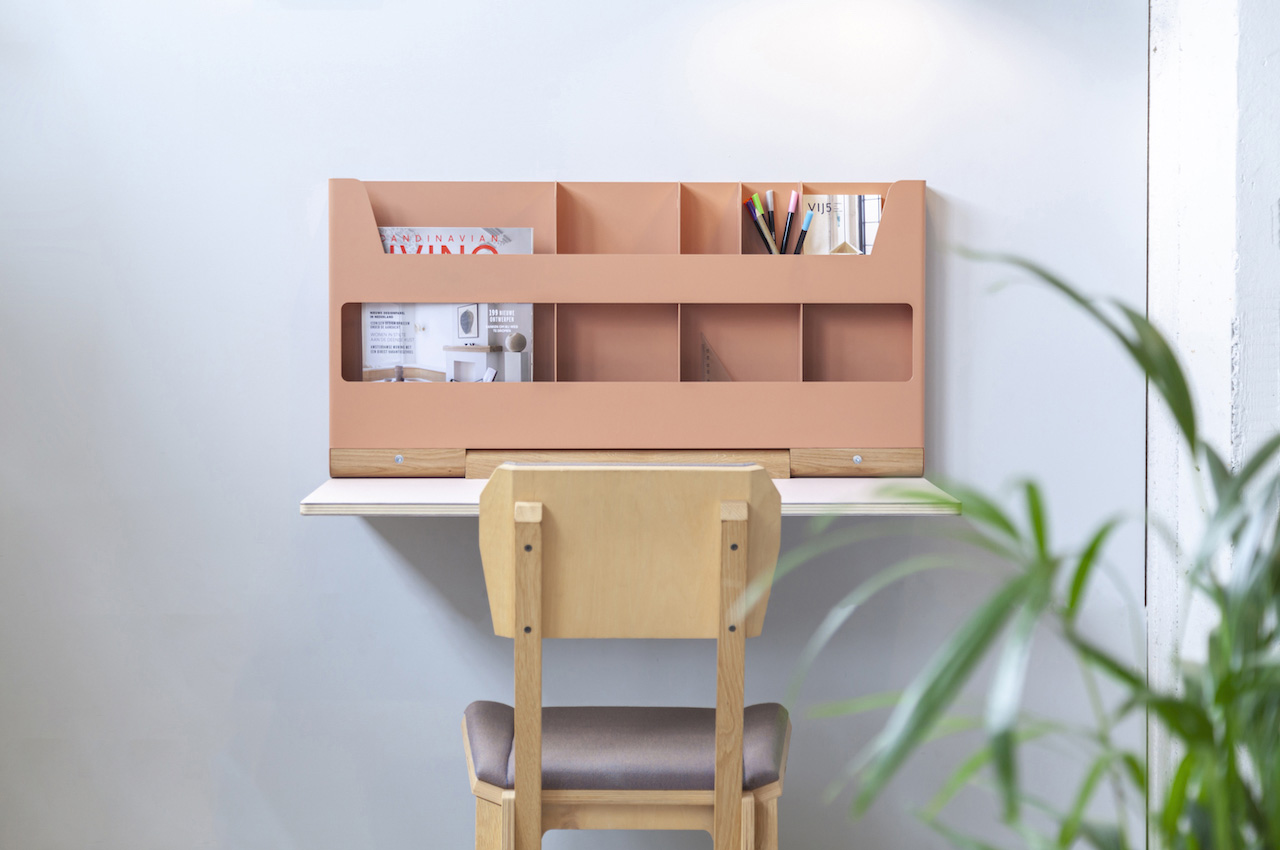
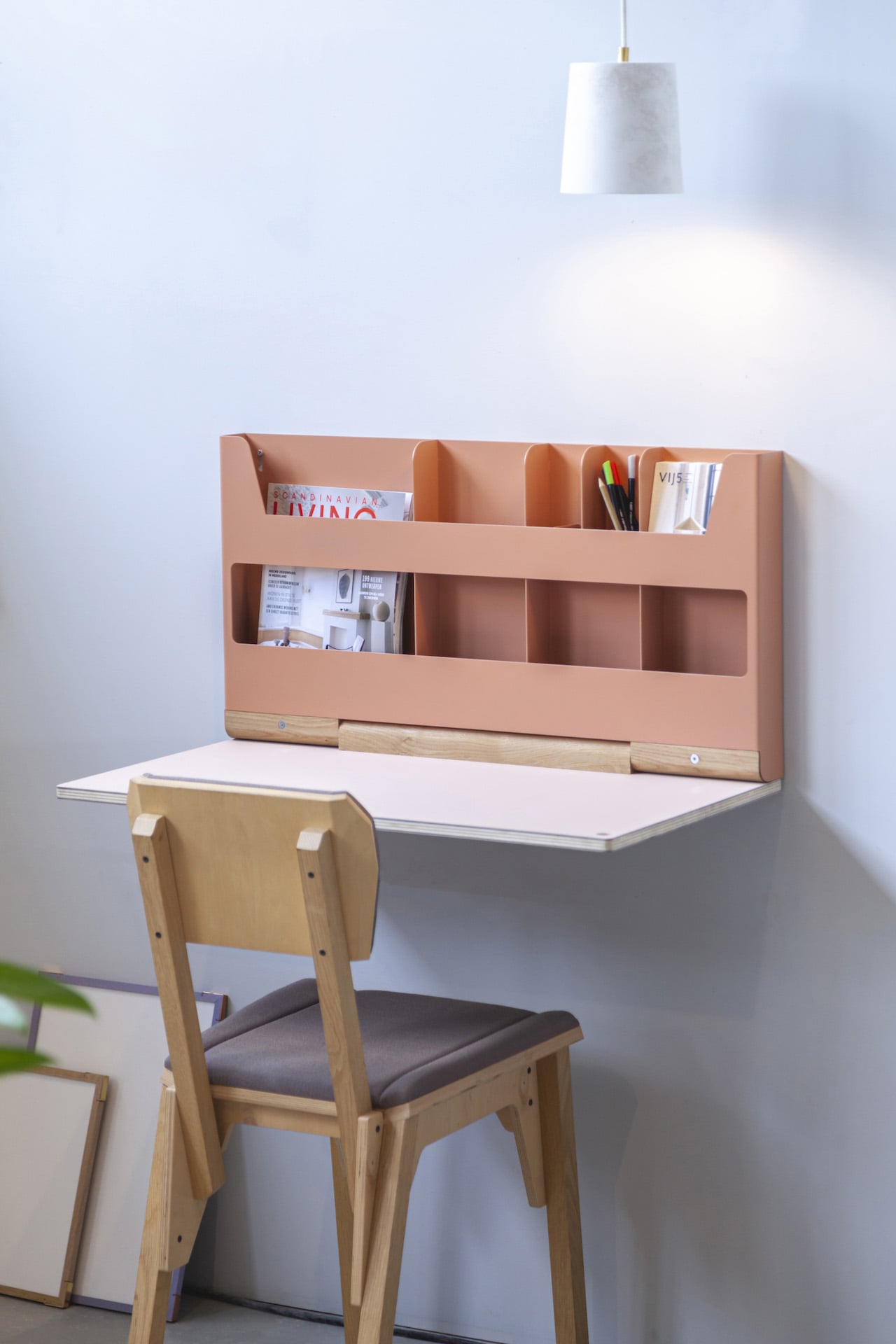
An excellent desk is imperative for a productivity-conducing office space. Not only should our desks be clean, but they should also sport an ergonomic and functional design. And with the space constraint issues that most modern houses face today, we can also add ‘space-saving’ to the checklist. And one such design I recently came across is the Flip Desk!
Why is it noteworthy?
The issue of space constraint is really a major one in the contemporary apartments of today. Hence, having a dedicated workstation that not only amps up your everyday productivity but also manages to consume a minimum amount of space in your home. And this is where the Flip Desk jumps right in. Designed by Zurich-based designer Charles O. Job for the Dutch design brand Vij5, this minimal and sturdy desk promises to take up zero floor space.
What we like
- Space-saving design
- Minimal and contemporary aesthetics
- IKEA-inspired aesthetics
What we dislike
- The desk does not offer any aesthetic solutions for when the desk is closed
5. The Diag Desk
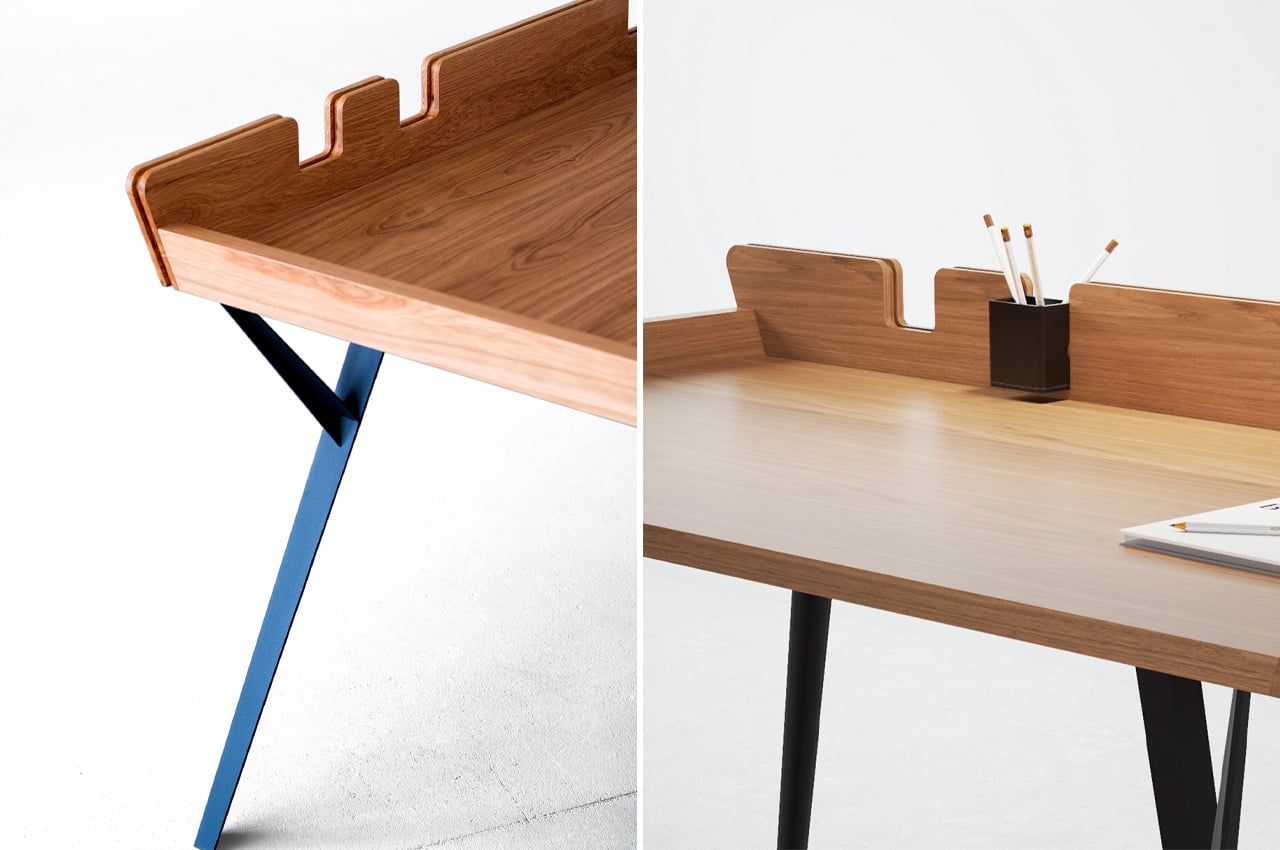
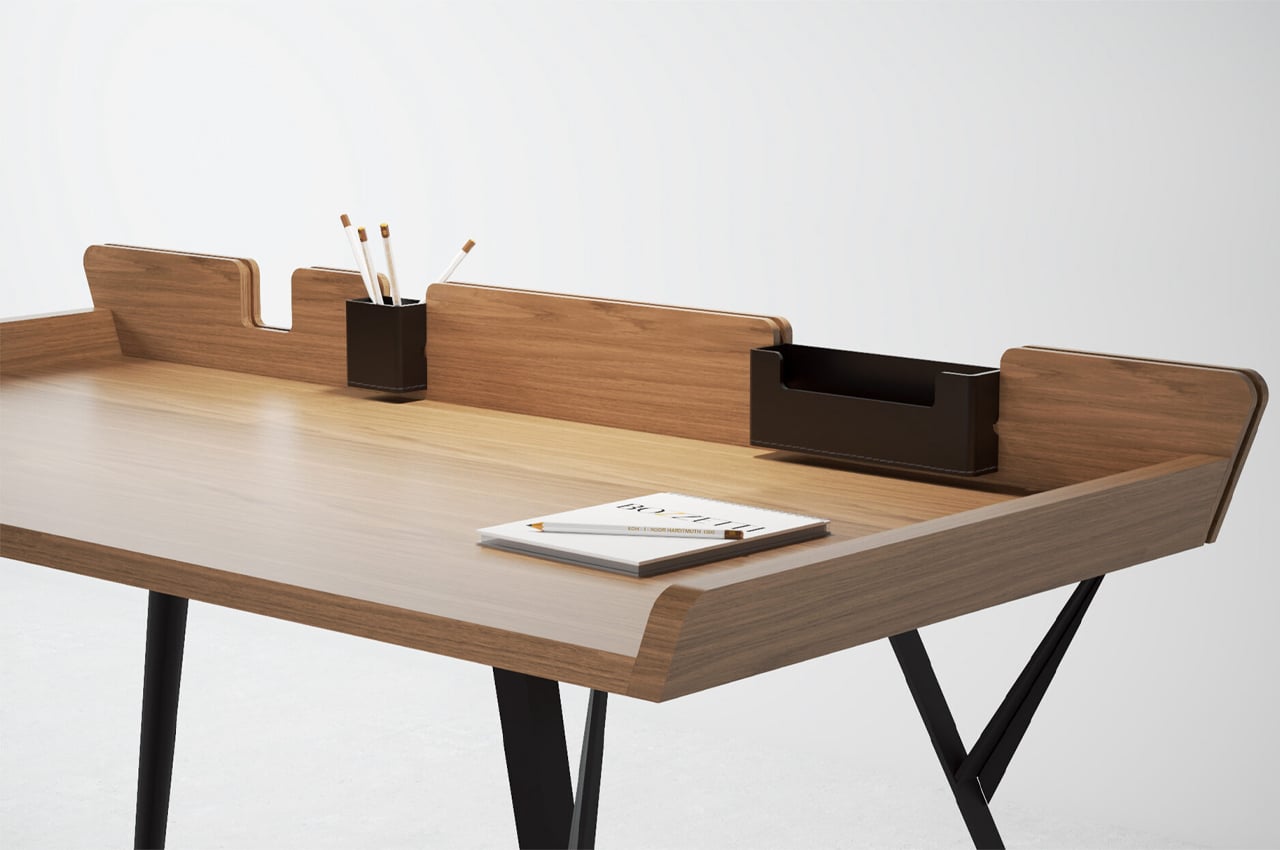
The Diag Desk is a minimalist, modern desk built to optimize desk space while incorporating storage elements like removable leather compartments. When it comes to desks, the simpler the better. Desks that are rooted in simplicity, either through a minimalist approach or by embracing Scandinavian aesthetics, typically offer a lot of practicality while maintaining a stripped-down design.
Why is it noteworthy?
Considering its minimalist build, more space can be devoted to the desk’s tabletop, where most of the desk’s purpose is reserved. The Diag Desk from Polish designer Marek Błażucki is one kind of minimalist design that integrates storage systems into its build, ensuring that users have ample desk space while still keeping their necessary stationery within arm’s reach.
What we like
- Integrates ample storage systems into its build
- Ensures stationery doesn’t fall off
What we dislike
- There are a lot of visually similar desks on the market
6. The Eleven Desk
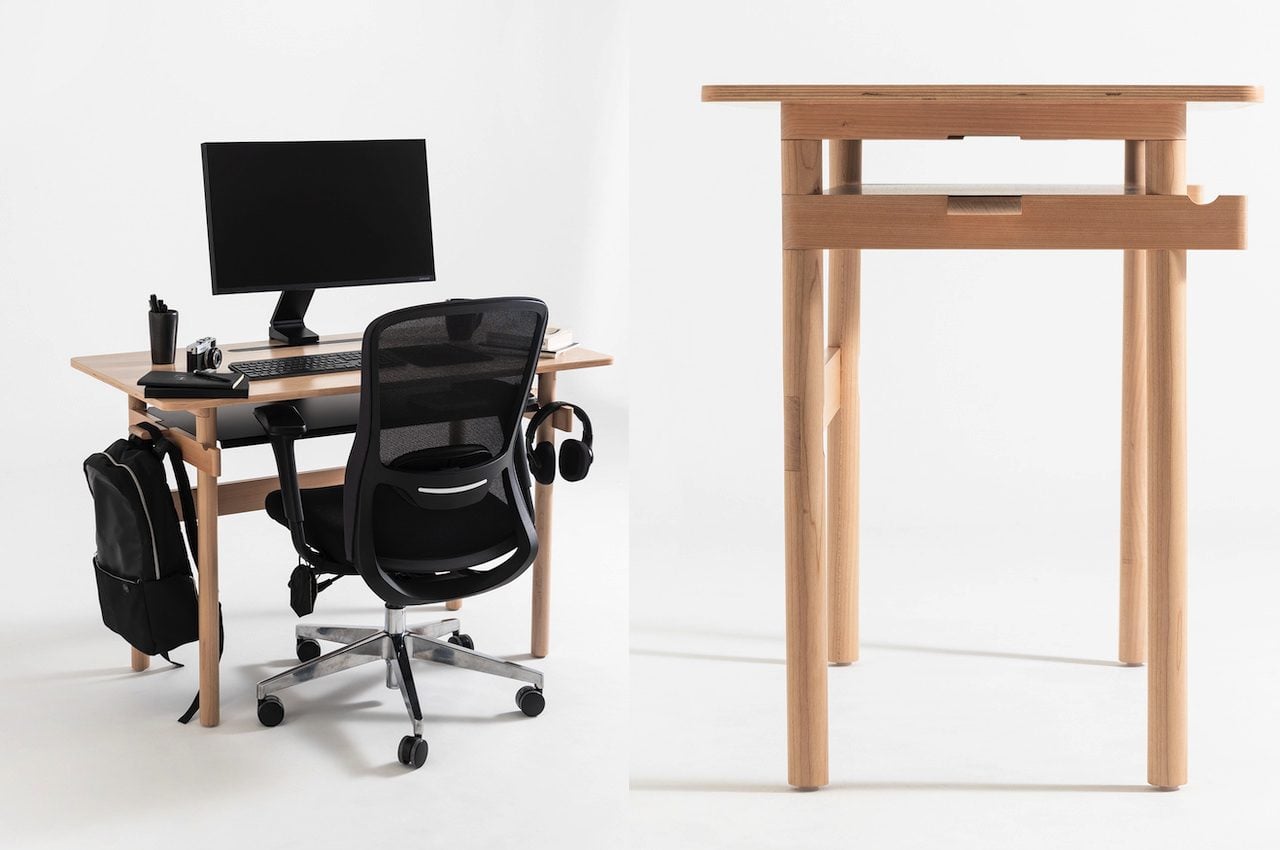
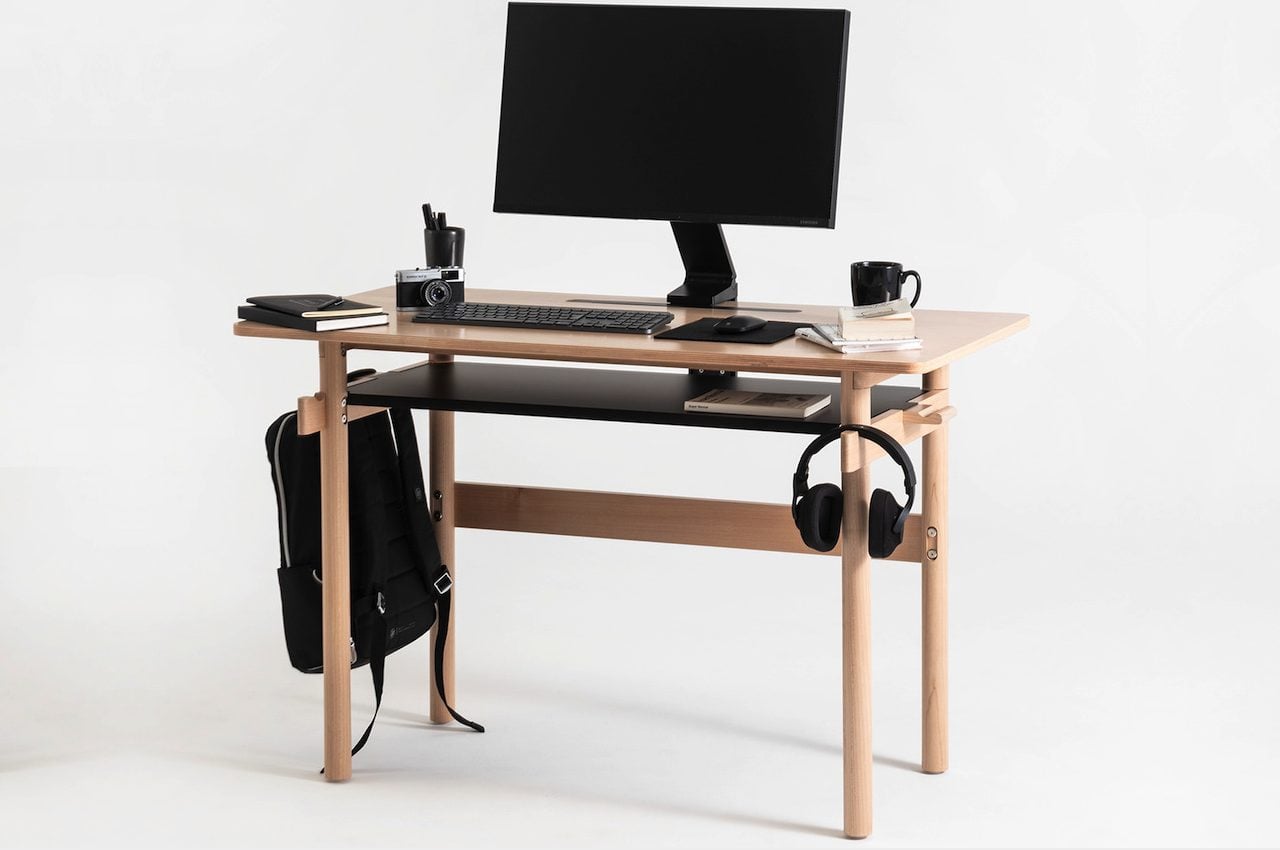
Eleven isn’t just a number or that fictional character from a TV series. Eleven can soon be known as a special desk designed to make working from home more fun and productive.
Why is it noteworthy?
The desk looks sturdy with the table top’s thickness and the legs. It has enough areas for everything you need for work. The table surface can accommodate your laptop, keyboard, monitor, and mouse. In addition, there is ample area for your books, documents, pens, and a mug. Underneath, there are hooks where you can hang your bag and headphones, plus another level for more stuff.
What we like
- The desk is ideal for those who have a lot of stuff and needs some organizing to help them finish tasks on time
- The table is buildable, which means you can quickly assemble this thing
What we dislike
- The Eleven Desk is still a prototype
7. The Program
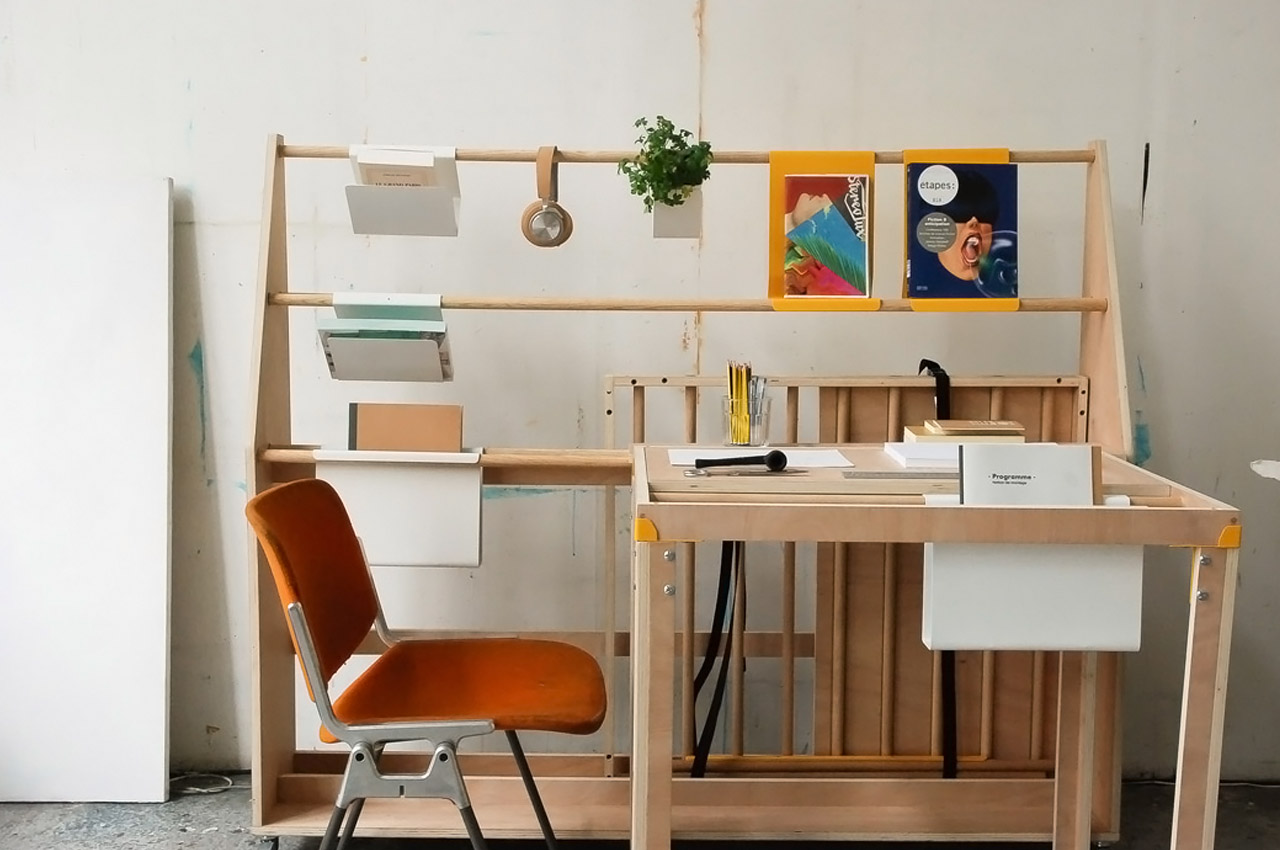
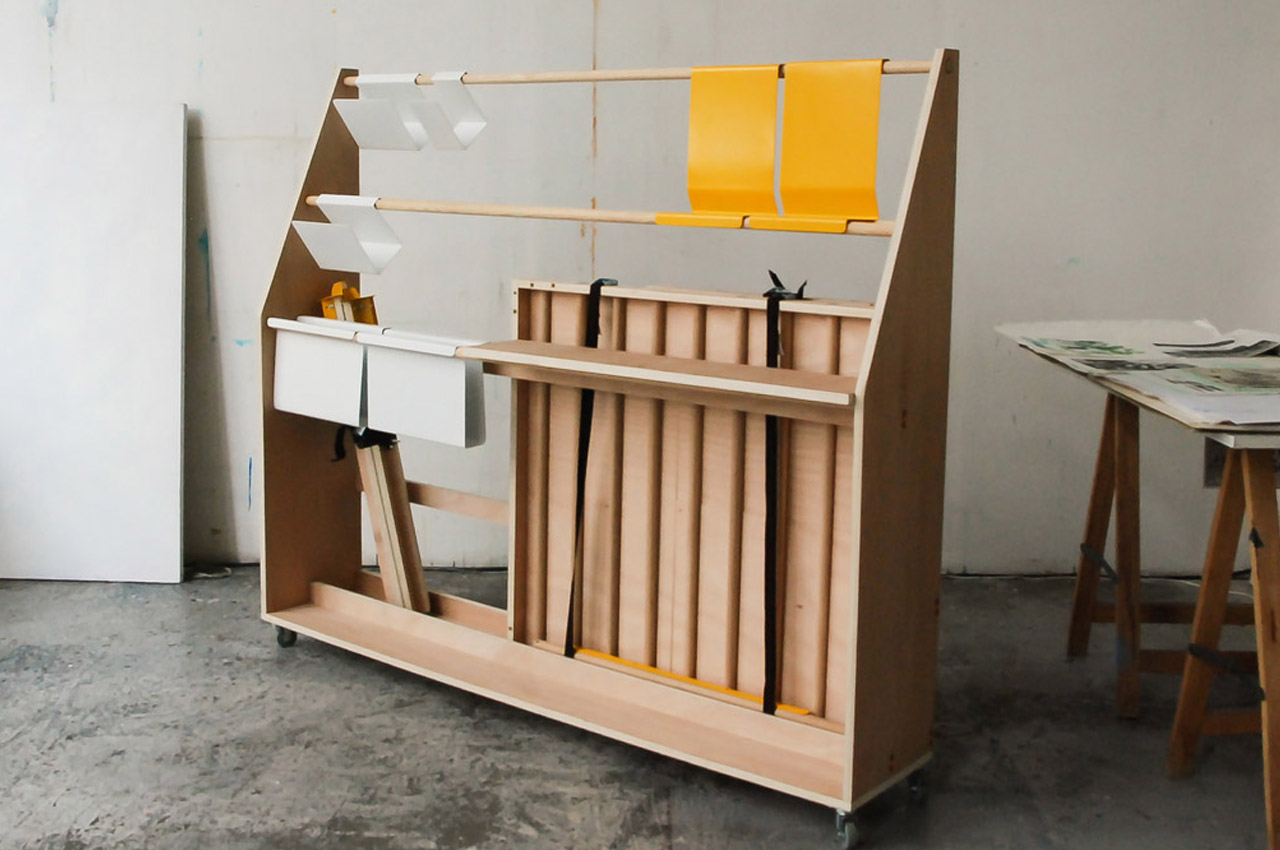
Named the “Program” this modular desk is ideal for creative individuals who love the freedom of organizing their desks as per their needs. Depending on the task at hand or the kind of tools required, the desk comes equipped with various cubbyholes and hanging spaces for you to get creative, literally!
Why is it noteworthy?
The different storage modules can be suitable for storing files, documents, or even your favorite magazines or sketches. In addition, the desk has a large storage box and a two-part table to further extend the modularity aspect. I find the design an eclectic mix of structure yet chaos – it has enough options to create an organized workspace or to embrace the chaos – it gives you the freedom to make your desk setup work for you.
What we like
- Multiple and innovative storage modules
- We can collapse the Program’s desk section and make it a display for all your hanged memorabilia
What we dislike
- Limited to only creative individuals
8. The Spiky Desk Concept


This Spiky Desk Concept for a work table and also a display table may not be as storage-friendly as some of the ones that we previously covered but it does serve as more than just a place where you put things on top. It doesn’t really have spikes as the name might suggest but the storage space underneath does have some uniquely shaped structures. They’re more triangles than spikes and they serve as a textured place to place some of your office supplies.
Why is it noteworthy?
The place under the main surface area is not that huge but can be used to store things like pens, rulers, scissors, and other office supplies, at least in the parts with triangular-shaped spaces. These spaces are on the left and right sides of the table. In the middle is a flat surface where you can place things like your books, notebooks, documents, or even your laptop when you need to take a break and stop using it.
What we like
- Functions as a work table and a display table
What we dislike
- The table is pretty big, so it won’t fit into small spaces
- It’s still a concept!
9. The Zedo Desk
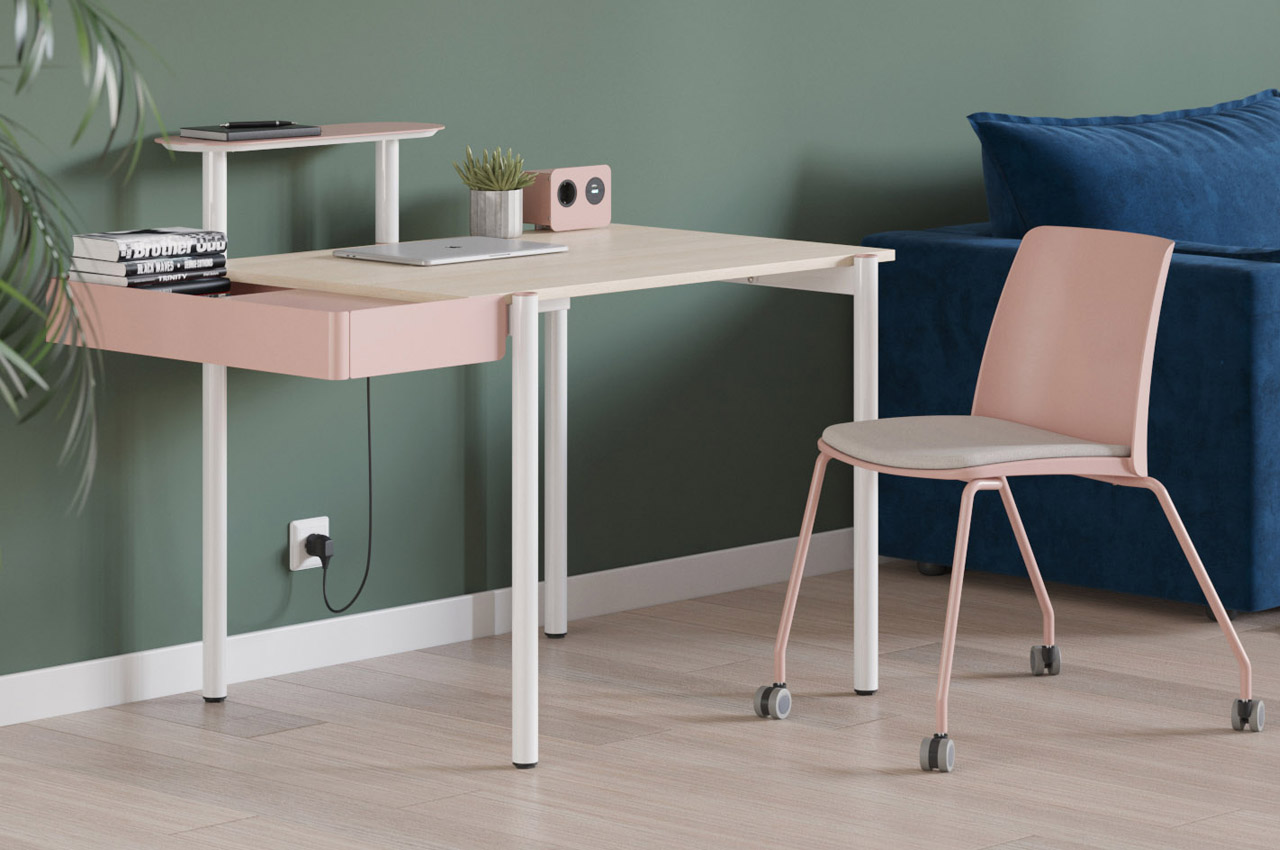
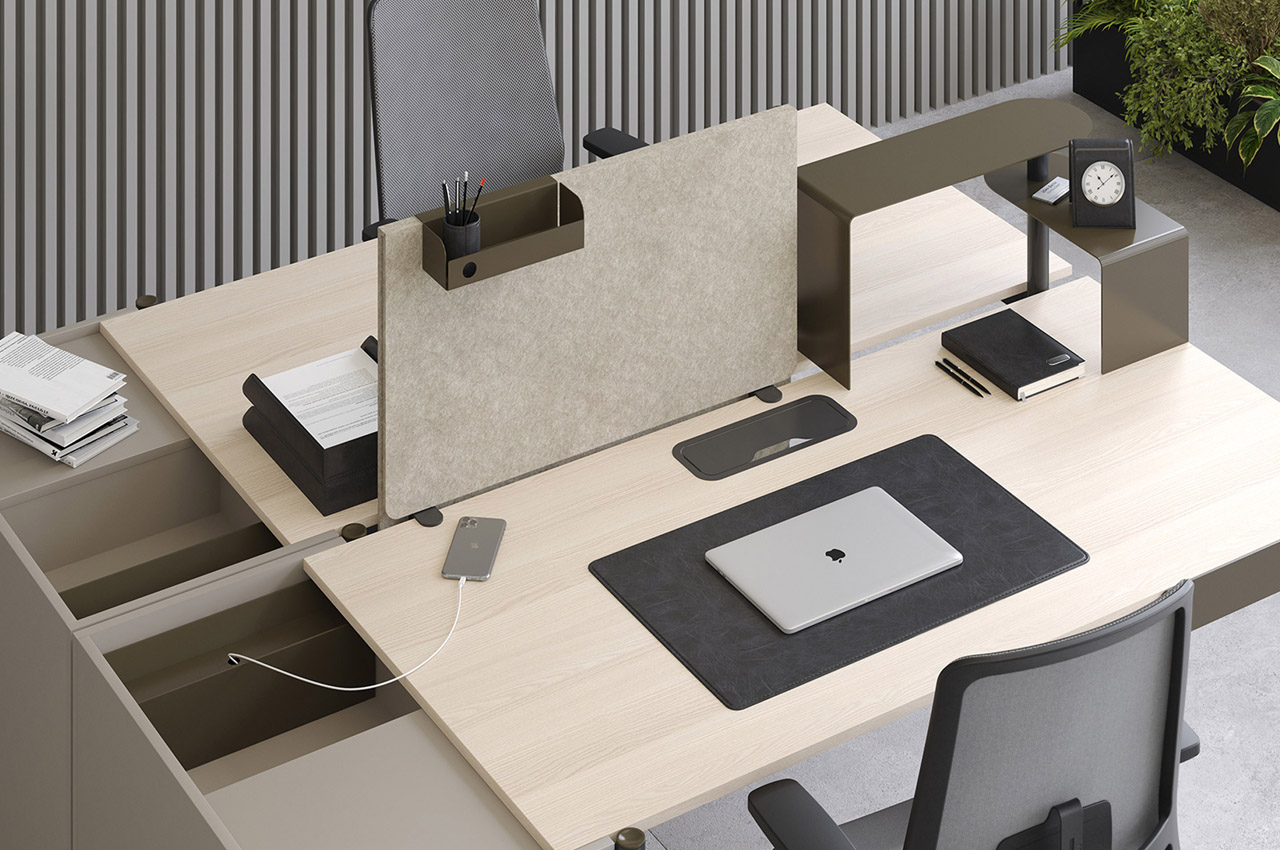
Not only should our desks be clean, but they should also sport an ergonomic and functional design. One such desk I recently came across is the Zedo Desk.
Why is it noteworthy?
Designed by Paolo Pampanoni for the workplace furniture brand Narbutas, the Zedo desk is great to bring some personality and character into a dreary old corporate office. It can be used as an individual desk or linked together with multiple other Zedo desks. The flexible desk system has distinct metal parts, and colorful accessories to help you create a desk space according to your personal taste and requirements.
What we like
- As ideal as Zedo is for office space, it could also work great in your home office
- You can team it up with the Polytone-L chair, which is also by Narbutas
What we dislike
- The aesthetics of the Zedo Desk are strictly minimal – adding individuality will be a task
10. The Asytron
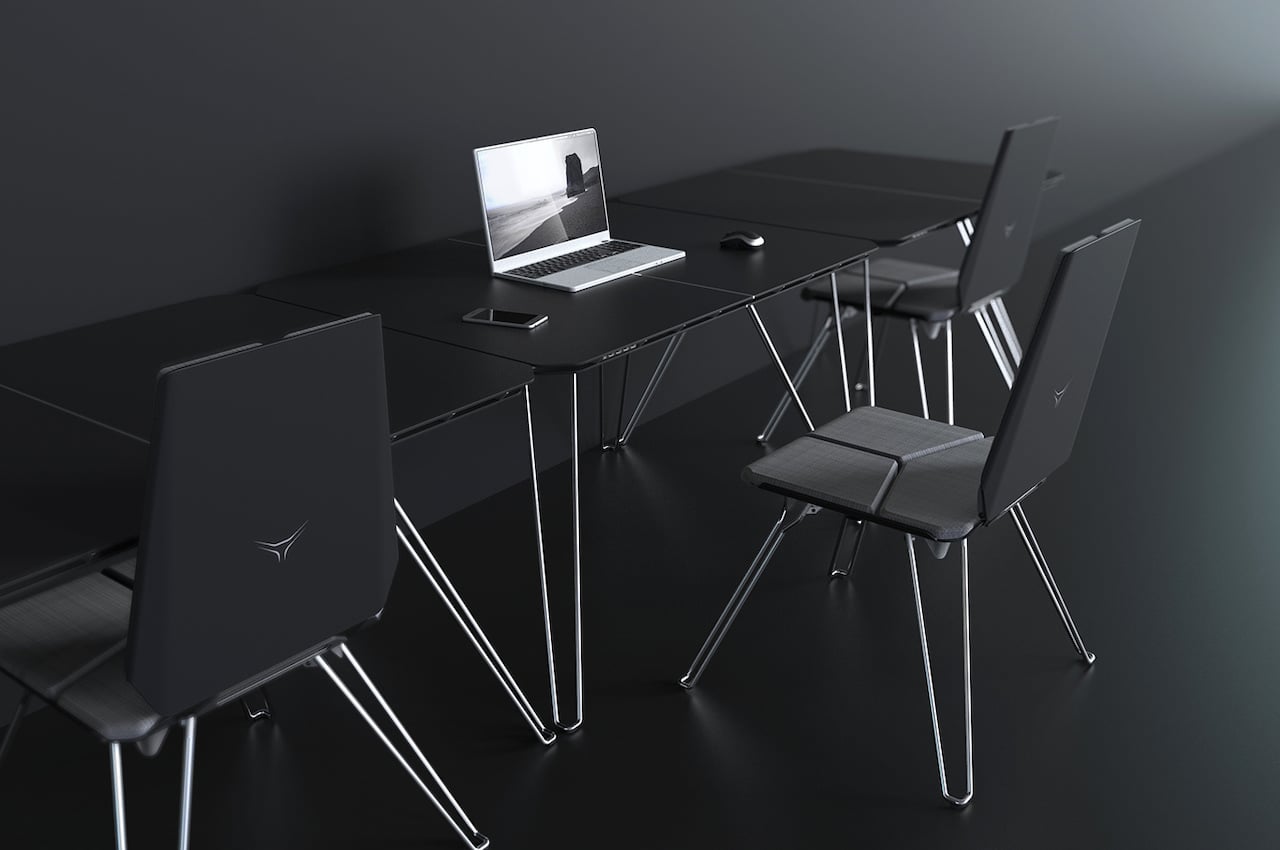
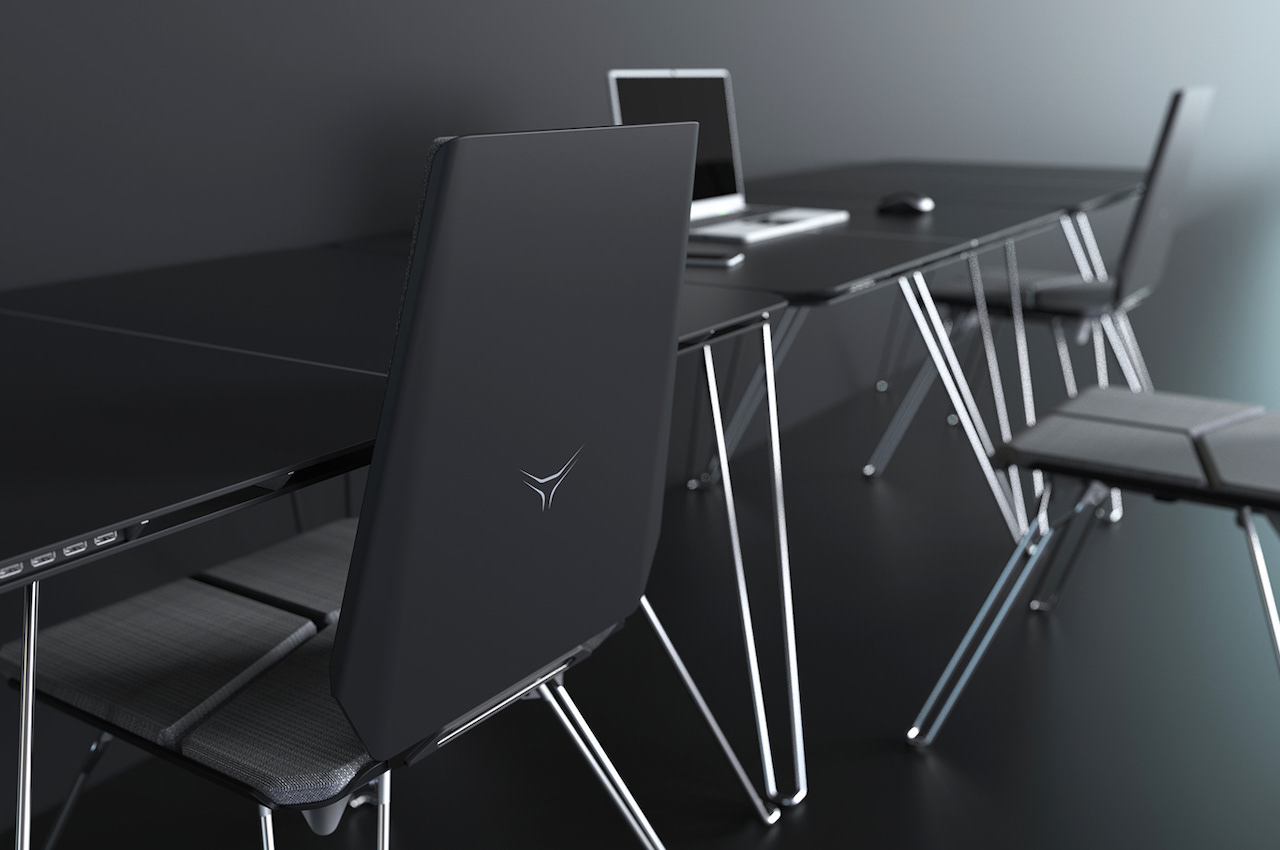
The Asytron is a lightweight transforming furniture item designed by two industrial designers from Germany. This mobile workspace is made using a light construction method. The design aims to solve several issues digital nomads face and those that spend most of their long hours in the home office or a coworking space.
Why is it noteworthy?
The Asytron answers many concerns as it is dynamic, flexible, ergonomic, and even aesthetically pleasing. It’s a desk and chair in one but can be folded together to save precious space. It’s ideal for flexible offices and coworking spaces as you can easily assemble, pack, and transport the item.
What we like
- Truly lightweight
- Comes with a cushioning formation inspired by automotive racing seats
- Integrated features include a USB cable reel, USB multi-hub,
and inductive charging station for wireless charging
What we dislike
The post Top 10 desk designs to create the perfect productivity-enhancing workspace first appeared on Yanko Design.
